1 Parkland Boulevard, Brisbane City, Queensland
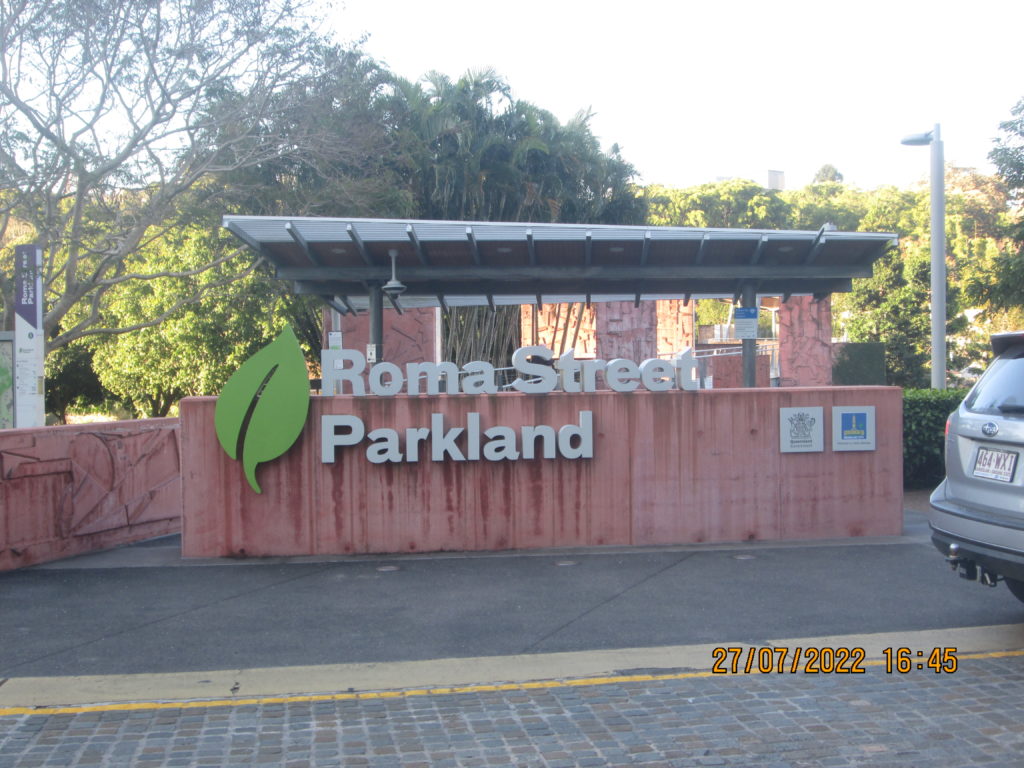
_______________________________________________________________________
NOTE: My wife Harriet and I spent a wonderful afternoon in these gardens. I would like to share with you some photos and writing with you. These gardens are the world’s largest urban subtropical gardens showing a great diversity of plants from arid climate succulents to rainforest ferns, coastal wetland species, and a spectacular, ever-changing display of annuals in the aptly named Spectacle Garden.
____________________________________________________________________________
See the website for Roma Street Parklands at:
http://www.romastreetparkland.qld.gov.au/ which says in the Frontpage: The world’s largest urban subtropical garden, Roma Street Parkland is a garden lover’s paradise with distinct precincts showing off a diversity of plants – from arid climate succulents to rainforest ferns, coastal wetland species and a spectacular, ever-changing display of annuals in the aptly named Spectacle Garden. Wide-open spaces perfect for a picnic or barbecue, children’s play stations, unique artwork, and fabulous city views ensure there’s something for everyone. Explore it on foot or catch a train ride … it’s yours to enjoy.
___________________________________________________________________
GARDENS …. Subtropical Garden ….
Subtropical gardening is a style of gardening in which an attempt is made to create a garden in a temperate climate such that it appears to be in a much warmer climate. “The lure of the beauty of tropical landscapes like those found in Hawaii, Key West, Puerto Rico, Costa Rica, Bali, and other exotic locales is undeniable. Such beauty has an almost irresistible appeal . . . It is the stuff dreams are made of” (Riffle, 1998).
This style of gardening is based on what has been dubbed the “tropical look.” “The tropical look is a bit difficult to define with words alone, but its components include all palms” as very important and distinctive subjects, “all plants with relatively large or boldly shaped foliage and flowers, and all plants with colored or variegated leaves and large and spectacular flowers and flower clusters. The tropical look is also based generally on evergreen plants, especially large-leaved herbaceous plants like bananas, bold-leaved trees, and ferns. In short, the tropical look is one of the flamboyant forms and contrast.” (Riffle, 1998).
______________________________________________________________________________
GARDENS …. Fern Gully:
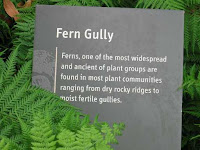
![[IMG_0809++50.jpg]](http://4.bp.blogspot.com/_AeubvHTQ4FI/R6JBDbF27wI/AAAAAAAACIU/w9JjE9-BoBk/s1600/IMG_0809++50.jpg)
Ferns and plants that thrive in sheltered locations thrive up this specially man-made gulley that goes under a portion of the bridge that crosses the Parklands as shown in the photos and below.
![[IMG_0806++50.jpg]](http://2.bp.blogspot.com/_AeubvHTQ4FI/RqQt60C8btI/AAAAAAAAAqI/51nNR9xMlvI/s1600/IMG_0806++50.jpg)
Ferns thriving up this specially man-made gulley. They make a Fern Gully of ferns as shown in the photos below.
![[IMG_0804++50.jpg]](http://3.bp.blogspot.com/_AeubvHTQ4FI/RqQtuEC8brI/AAAAAAAAAp4/yrv29fVJlG8/s1600/IMG_0804++50.jpg)
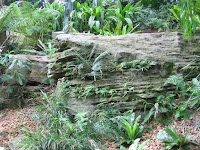
![[IMG_0787++50.jpg]](http://1.bp.blogspot.com/_AeubvHTQ4FI/RqQs9kC8bmI/AAAAAAAAApQ/2z4pFVkxghM/s1600/IMG_0787++50.jpg)
______________________________________________________________________________
GARDENS ….. Subtropical Garden:
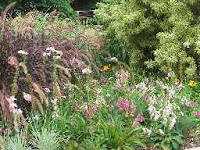



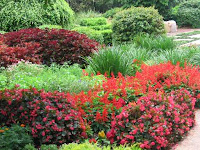
Spathipyllum:
Spathiphyllum is a genus of about 47 species of monocotyledonous flowering plants in the family Araceae, native to tropical regions of the Americas and southeastern Asia. Certain species of Spathiphyllum are commonly known as Spath or peace lilies.
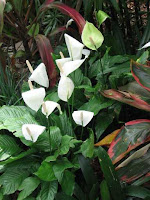

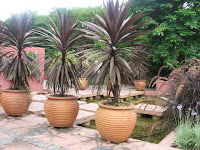
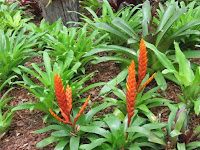
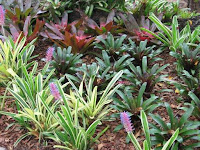
Cordyline rubra:
Cordyline rubra, known as the palm lily is an evergreen Australian plant. It grows as a shrub to around 4 metres tall. Found in the warm rainforest and moist eucalyptus forest. The range of natural distribution is from Lismore to near Bundaberg, Queensland.
Add a touch of the tropics to your garden with this small, evergreen shrub. Grown for its decorative foliage, the Cordyline Rubra produces glossy, broad, dark red leaves that are streaked with rose pink when new. It is the ideal garden shrub in warm climates, and it also makes a great indoor plant in cooler areas. Grow it in your garden, in a container on your verandah, or in your favourite pot inside. Choose a warm, sunny to partly shaded position that has well-drained, fertile soil.

Delonix regia is a species of flowering plant in the bean family Fabaceae, subfamily Caesalpinioideae native to Madagascar. It is noted for its fern-like leaves and flamboyant display of orange-red flowers over summer.
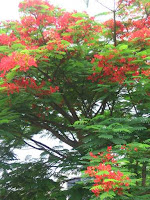
Blooms of Bougainvillea:
What many people think of as the blooms of bougainvillea are not actually blooming at all. The showy paper-like structures are a modified leaf called a bract. These three bracts hide the true flowers inside, which are small, trumpet-shaped flowers in whites and yellows. The showy bracts are typically found on new growth, with the biggest display following their winter dormancy. Typically, you will see the best display of blooms following a dry winter. If you are using bougainvillea as an indoor houseplant, make sure to keep the plants mostly dry during the winter months.
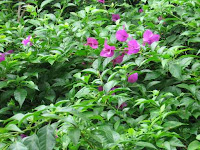
____________________________________________________________________________
GARDENS … Native Bush Garden:
From 11 native Australian garden design ideas to inspire
Australia’s geographic isolation has resulted in its being home to an extremely unique range of flowering plants, trees, and shrubs. The diverse assemblage of native Australian flora has resulted in an inspiring array of landscapes that cannot be found elsewhere. Drought-resistant and sculptural, these gardens feature a harmonious spectrum of native Australian foliage.
Australian Bush Gardens are characterised by the use of plants native to the Australian continent. Because these plants often have to survive during many dry times, the plants have leaves that are fine leaves often with leaves that have outer tough surfaces to minimise water loss. They often have hard woody seed pods eg. banksias or the hard woody capsules eg. all the many species of gum trees. The seeds inside these woody seed pods are released by hot bush fires. The seeds are released by the heat so that the seeds fall out in a few day’s time and fall on fresh burnt ground. The bush quickly regenerates after bush fires.
These plants often have unusual flowers in bright colours to attract birds eg. grevilleas. See the photos below. The birds dip into the flowers for the nectar there and at the same time pollinate the flowers. Seeds develop as a result.
______________________________________________________________________________
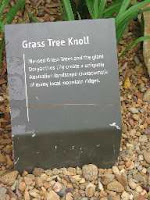
Xanthorrhoea australis, the grass tree, southern grasstree, Australian grasstree, or black boy, is an Australian plant. It is the most commonly seen species of the genus Xanthorrhoea. Its trunk can grow up to several metres tall and is often branched. In certain Aboriginal languages, it is called bukkup, baggup or kawee.
These are transplanted grass trees that have been dug up and transplanted from the dry Australian bush. They are worth a fortune now and take many years to reach the size here. It is now illegal to dig them out of the ground to sell them.
See the website: The Grass Tree: Its Uses and Abuses …..
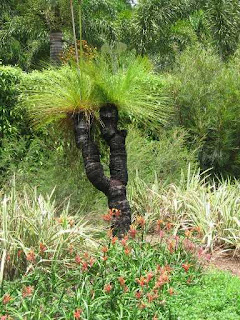
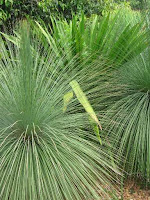
Several grass trees together …. note the long strands of leaves like hanging grass.
![[IMG_0812+++50.jpg]](http://3.bp.blogspot.com/_AeubvHTQ4FI/RqQwVEC8b1I/AAAAAAAAArI/XXth3YSptLY/s1600/IMG_0812+++50.jpg)
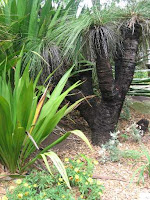
A branched grass tree …. very unusual
![[IMG_0314+++50.jpg]](http://1.bp.blogspot.com/_AeubvHTQ4FI/RqQv0kC8bxI/AAAAAAAAAqo/-8A4JaNo4Is/s1600/IMG_0314+++50.jpg)
Banksia robur: (From https://resources.austplants.com.au/plant/banksia-robur/) _____________________________________________________________________________ Swamp Banksia, is a shrub reaching a height of two metres with multiple stems arising from a lignotuber (swollen root mass).
Bark is smooth and the branchlets are covered with tangled, rusty hairs. The leaves are large, with toothed margins, glossy green above and light green beneath.
Large flower spikes carry tightly packed metallic green flowers. In bud they are bluish green. Spikes persist after they dry for many months. They appear from January to July. Flower spikes are carried terminally or along older branches. Terminal flower spikes are held above rosettes of the large leaves.
Banksia robur is a native of the Central and North Coasts of NSW and Southern Queensland where it is found in permanently damp sites. In these sites they are often the most visible plants.
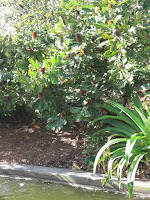
______________________________________________________________________________
GARDENS … SUBTROPICAL … Continued:
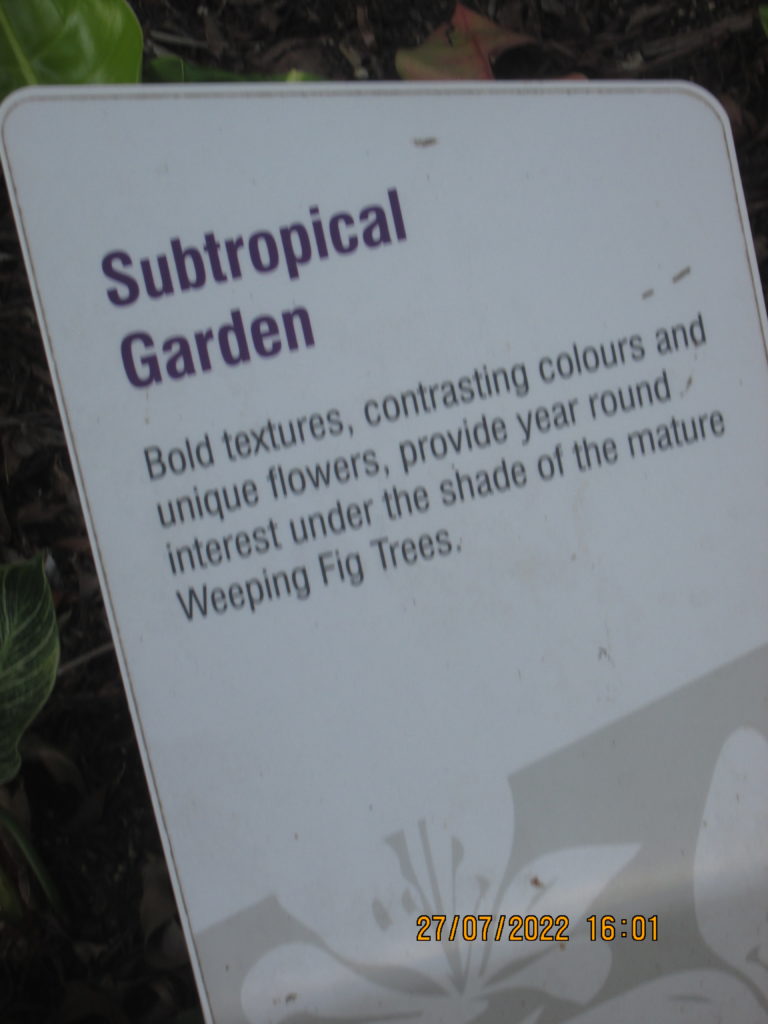
Ixora’s are native to the tropical and subtropical areas throughout the world, with many of them in tropical Asia. These plants typically can’t handle frosts, so if you are in a frost-prone area these may not be for you. Some Ixoras are more prone to being cold affected, while others can handle a little bit of cold.
Ixora’s have dark green leathery leaves and produce large clusters of tiny flowers in the summer and autumn. The more common Ixoras usually have orange, gold, pink or red flowers.
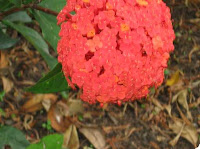

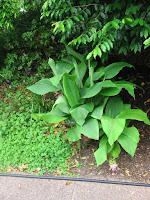
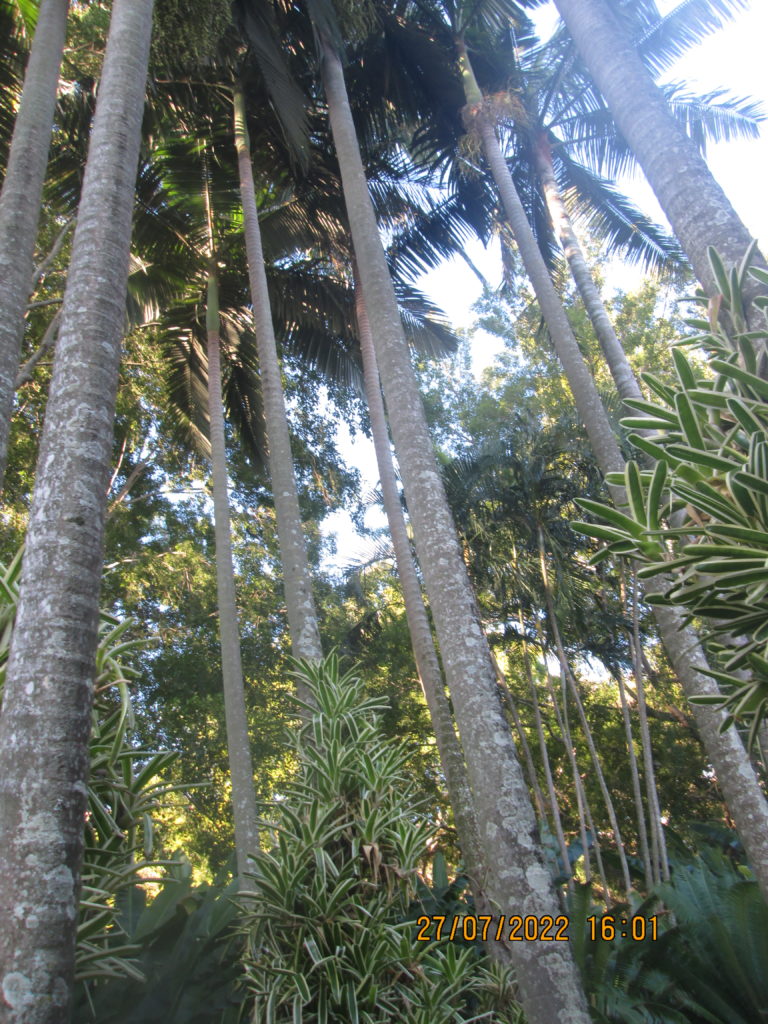
Bangalow Palm:
From this website: Archontophoenix cunninghamiana
Archontophoenix cunninghamiana (Bangalow palm, king palm, Illawara palm, piccabben, piccabeen) is an Australian palm. It can grow over 20 m tall. Its flower colour is violet and the red fruits are attractive to birds. It flowers in midsummer and has evergreen foliage.
The piccabeen palm grows in the wet subtropics on the sides of Mt Warning Volcano in northern NSW and over the border in Queensland’s Lamington National Park, for example. It seeks a stable water supply so ravines and grottos are well populated. Its fronds do not create a nesting environment for insects or macrofauna like rodents, so are a tolerable tree for urban environments. They arrived in Australia from the landbridge created 45,000 years ago due to the receding ocean levels during the last glacial period, but the probable ‘native’ environment in prehistory was Indonesia.
It has become a noxious weed in many areas where it has been used as an ornamental plant. In southern Brazil, it has become an invasive species, profiting from the local extinction of the endangered native palm Euterpe edulis.[2] In New Zealand, A. cunninghamiana could invade native forests, since it has the same ecological requirements as the native nikau palm. The Auckland Regional Council has included A. cunninghamiana on a list of plants requiring further research on their potential to adversely affect the environment.[3]
In the United States, the palm is commonly cultivated in California from San Luis Obispo south to the Mexican border and in much of central and southern Florida.
Quandong:
A fast-growing Australian rainforest tree bearing distinctive blue edible fruits. The Blue Quandong has a large buttressed trunk with vertically flat visible roots which are as much a feature as the actual tree.

A very subtropical look in the garden with the bright red band of shrubs at the base a hedge of dark green plants.
Two dark green trees in the open lawned area give a subtropical look in the garden overall … especially when they have colourful flowers on the trees.

This is a repeat of the garden theme above …. a very subtropical look in the garden of the bright red band of shrubs at the base a hedge of dark green plants.
The same red flowers are planted in large terracotta pots on the left-hand side as you walk through to the picnic / BBQ area and lake. See several photos below.
The subtropical look maintained in this small garden with the bright red band of curving shrubs with a mix of yellow, orange, and green annuals in the garden.


______________________________________________________________________________
SECTION 2: BY WALKING ALONG PATHS: Some photos may be repetitive as in SECTION 1. Some plants are not named but are just there to be enjoyed for their subtropical brilliance. Where does the garden start and stop?
First entry off Albert Street:
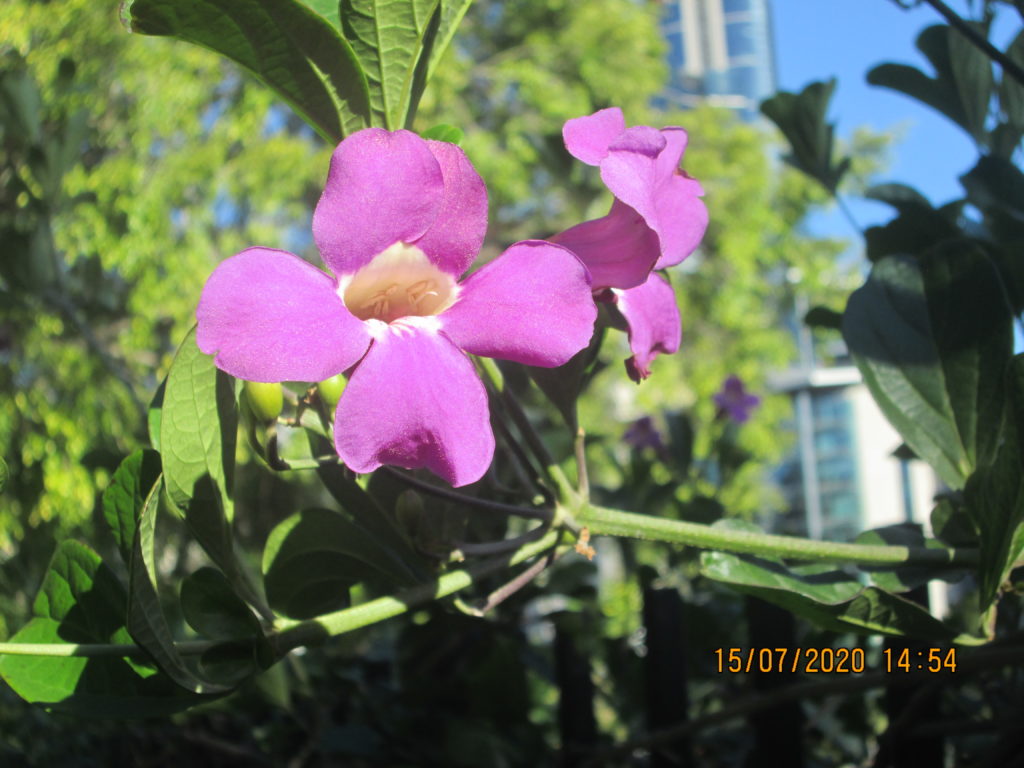
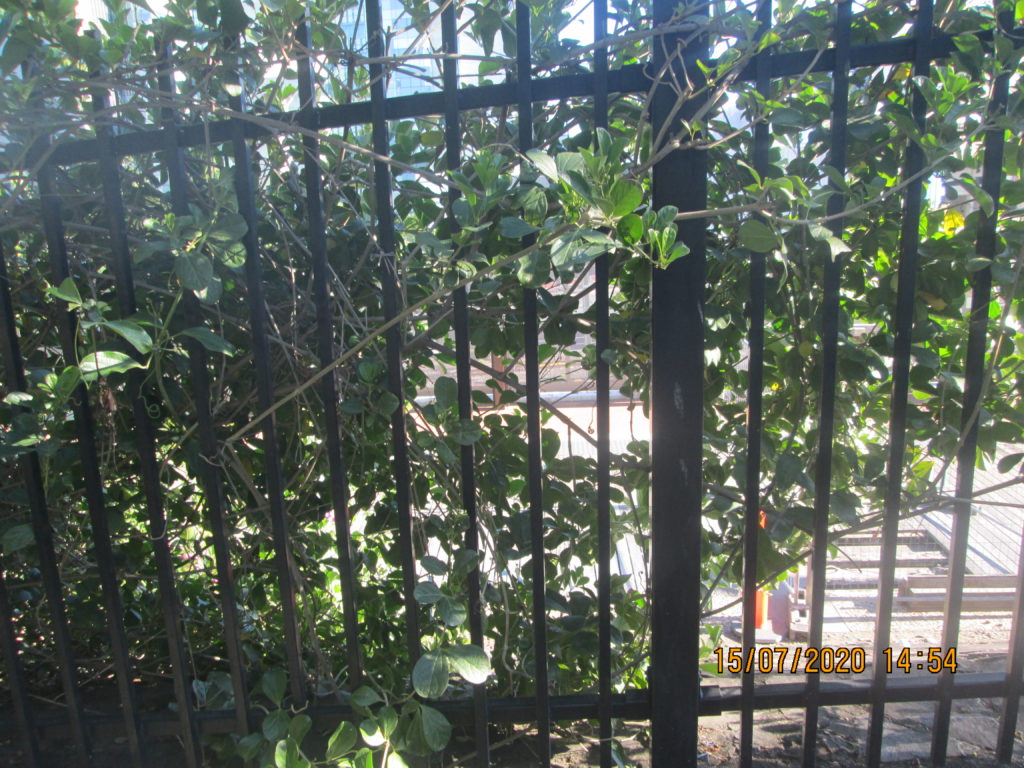
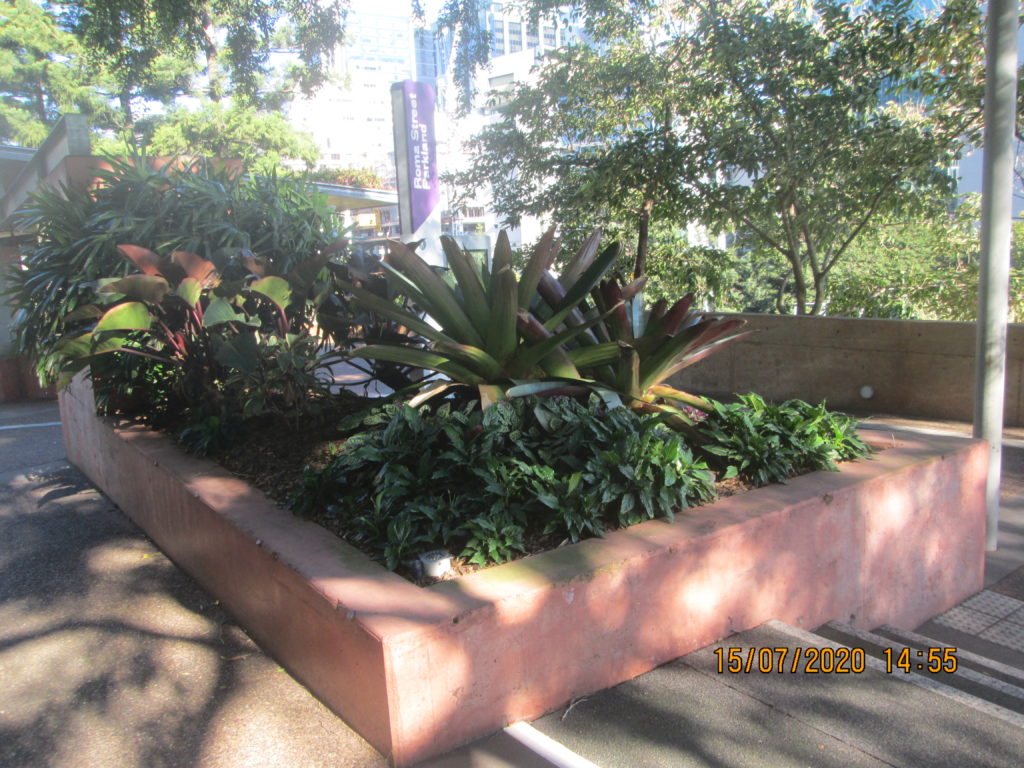
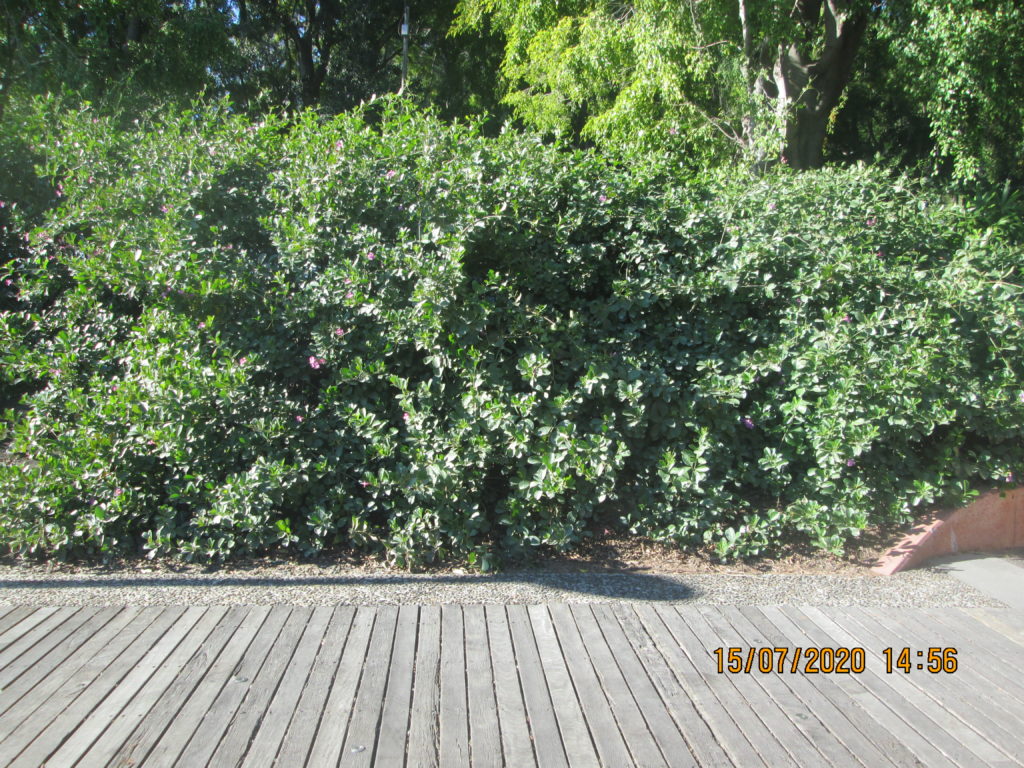
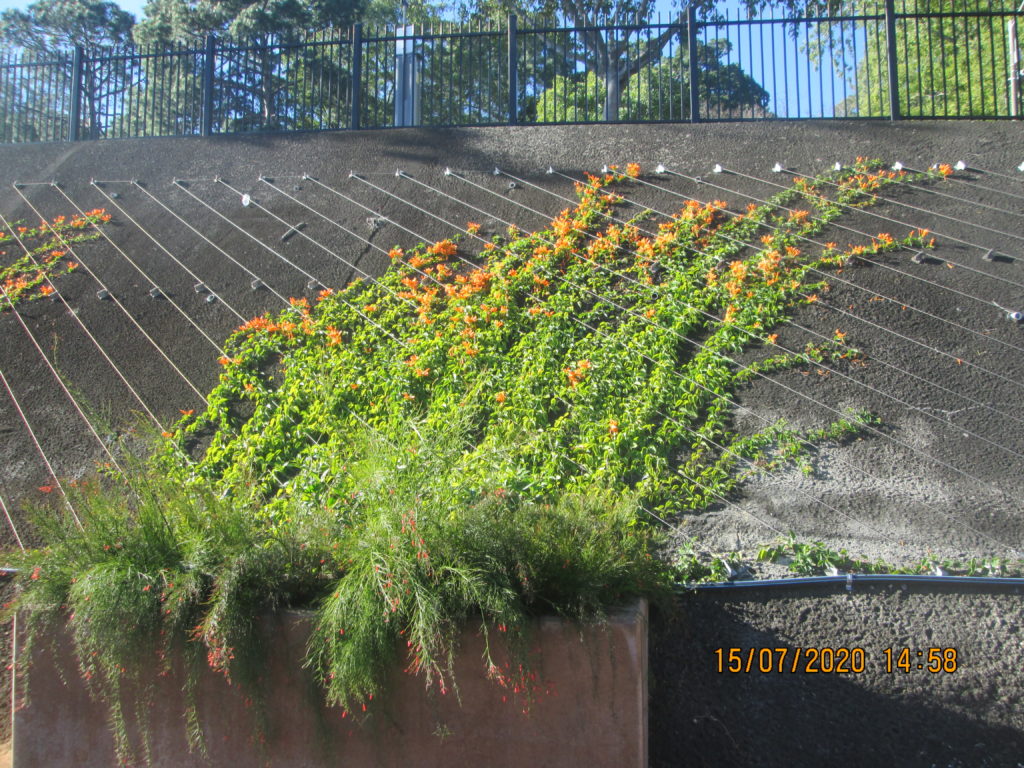
Pyrostegia venusta, also commonly known as flame vine or orange trumpet vine, is a plant species of the genus Pyrostegia of the family Bignoniaceae originally endemic to southern Brazil, Bolivia, northeastern Argentina, and Paraguay, but now a well-known garden species.
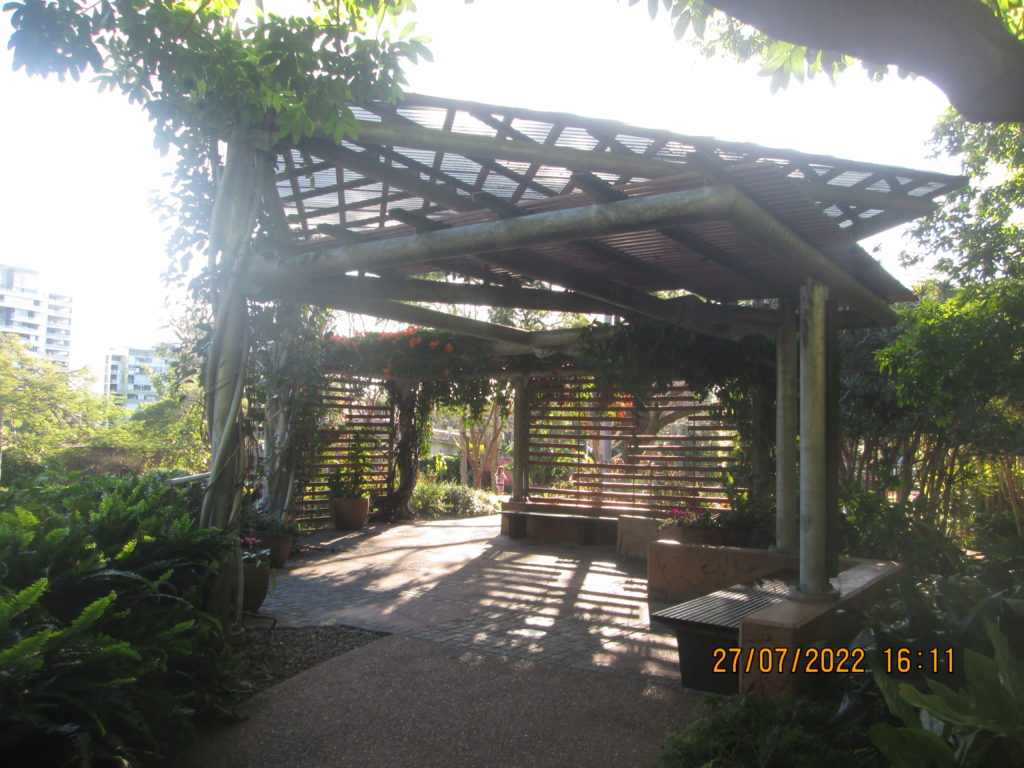

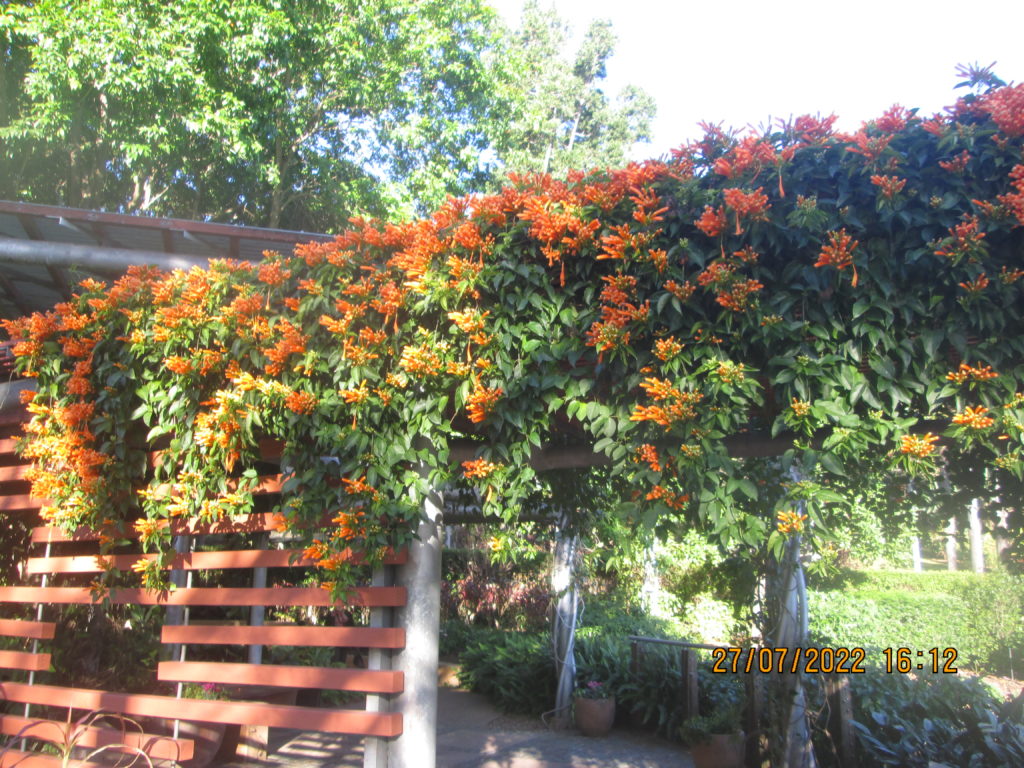
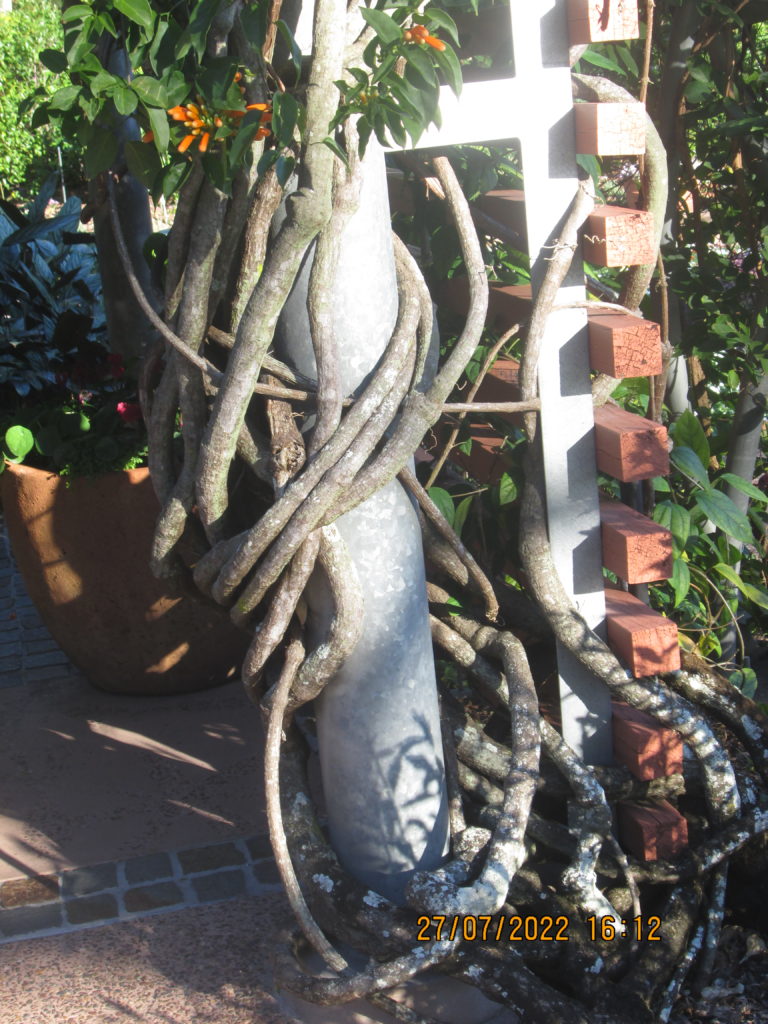
Twisting Pyrostegia vine ….. twisting around the post of the structure
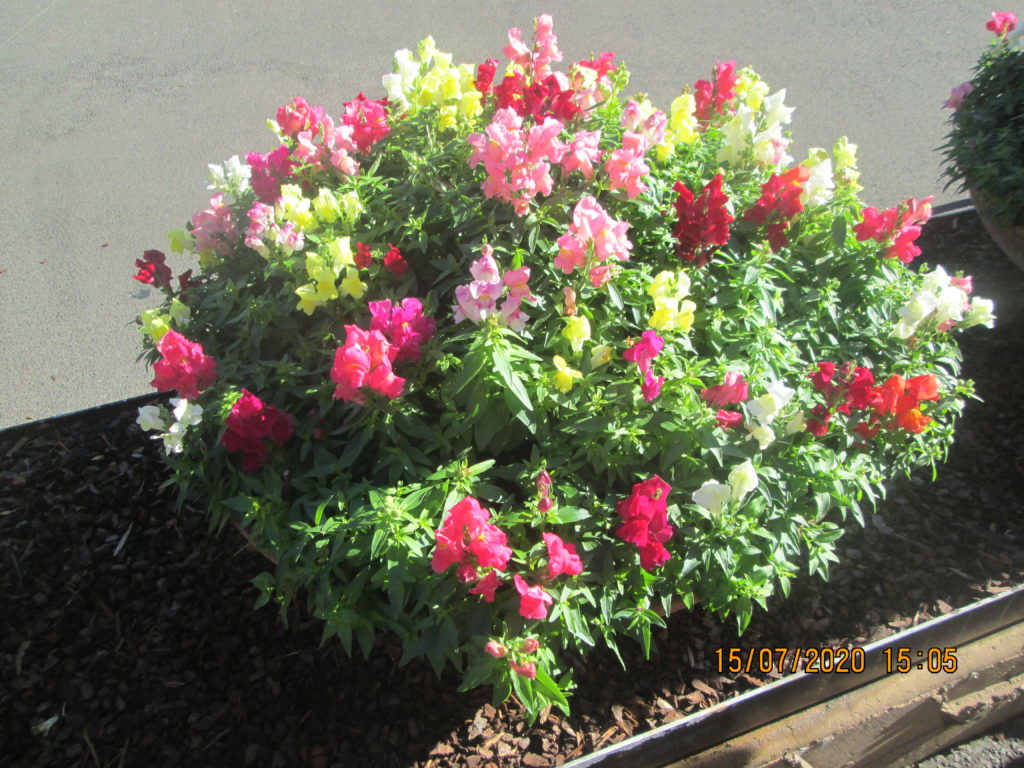
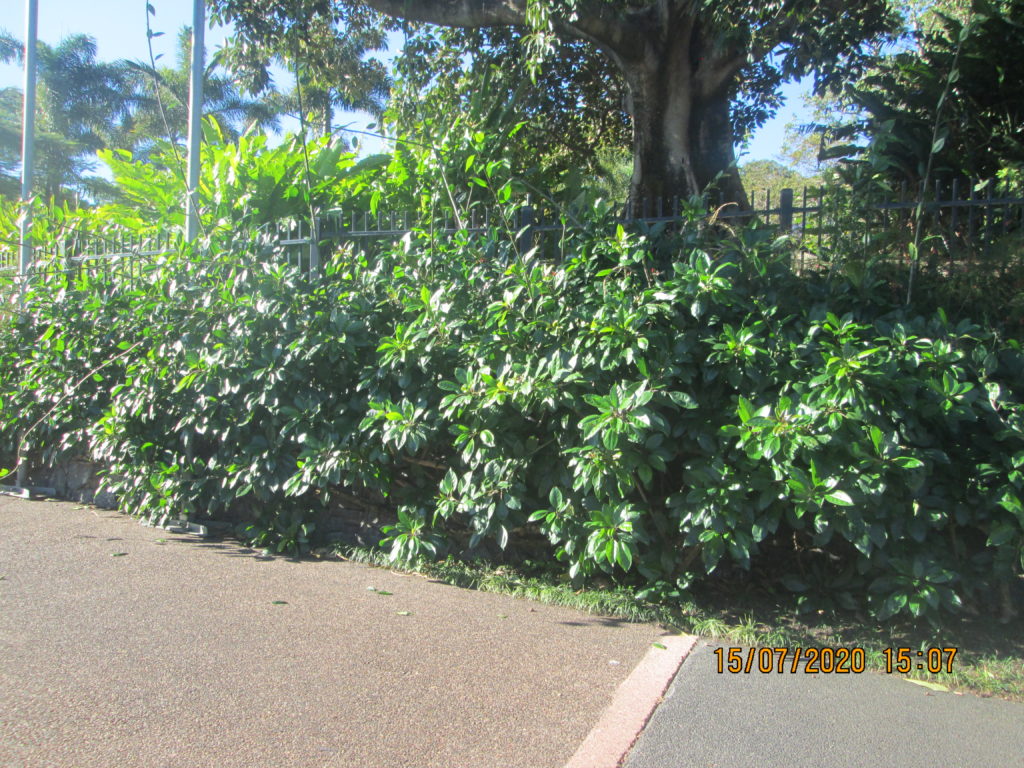
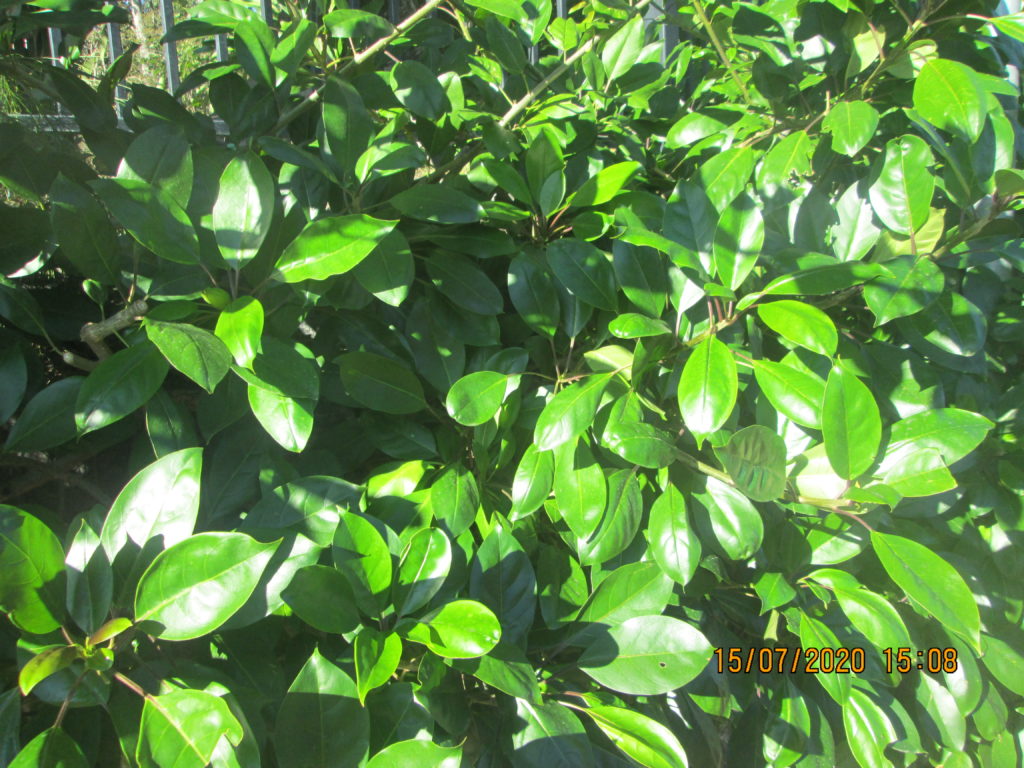
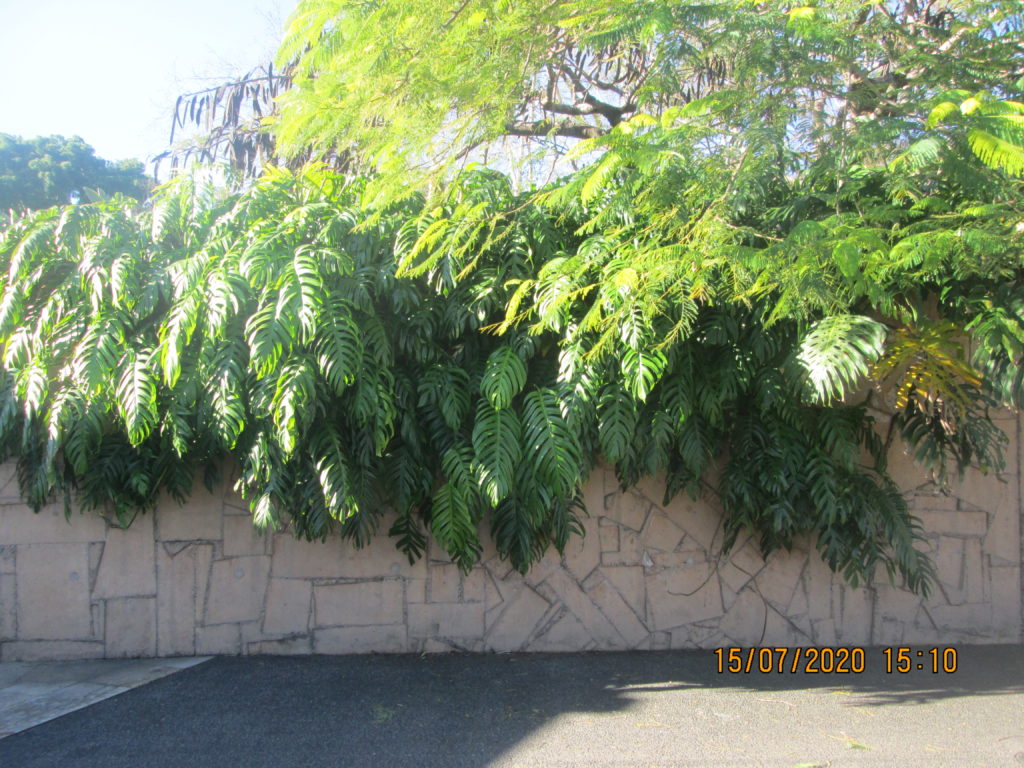
Monstereo as a plant with large leaves draped over the concrete wall.
From this website: Monstera deliciosaMonstera deliciosa
Monstera deliciosa, the Swiss cheese plant[2] or split-leaf philodendron[3] is a species of flowering plant native to tropical forests of southern Mexico, south to Panama.[4] It has been introduced to many tropical areas, and has become a mildly invasive species in Hawaii, Seychelles, Ascension Island and the Society Islands. It is very widely grown in temperate zones as a houseplant.
The common name “Swiss cheese plant” is also used for the related species from the same genus, Monstera adansonii.[5] The common name “split-leaf philodendron” is also used for the species Thaumatophyllum bipinnatifidum, although neither species are in the genus Philodendron.[3]
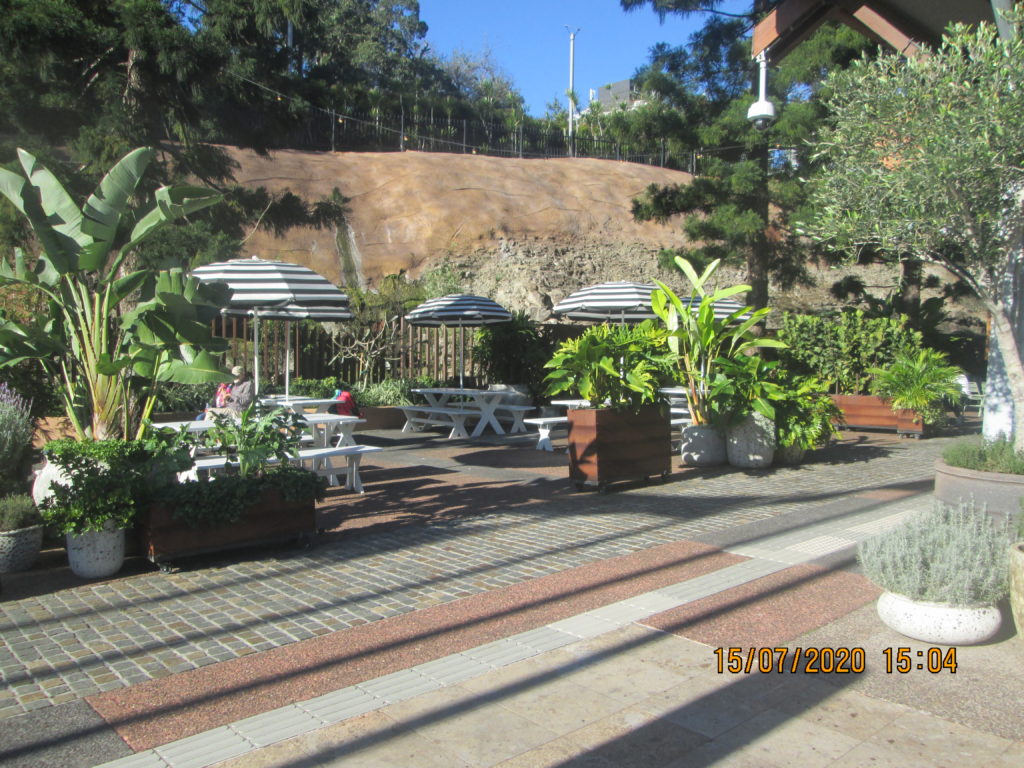
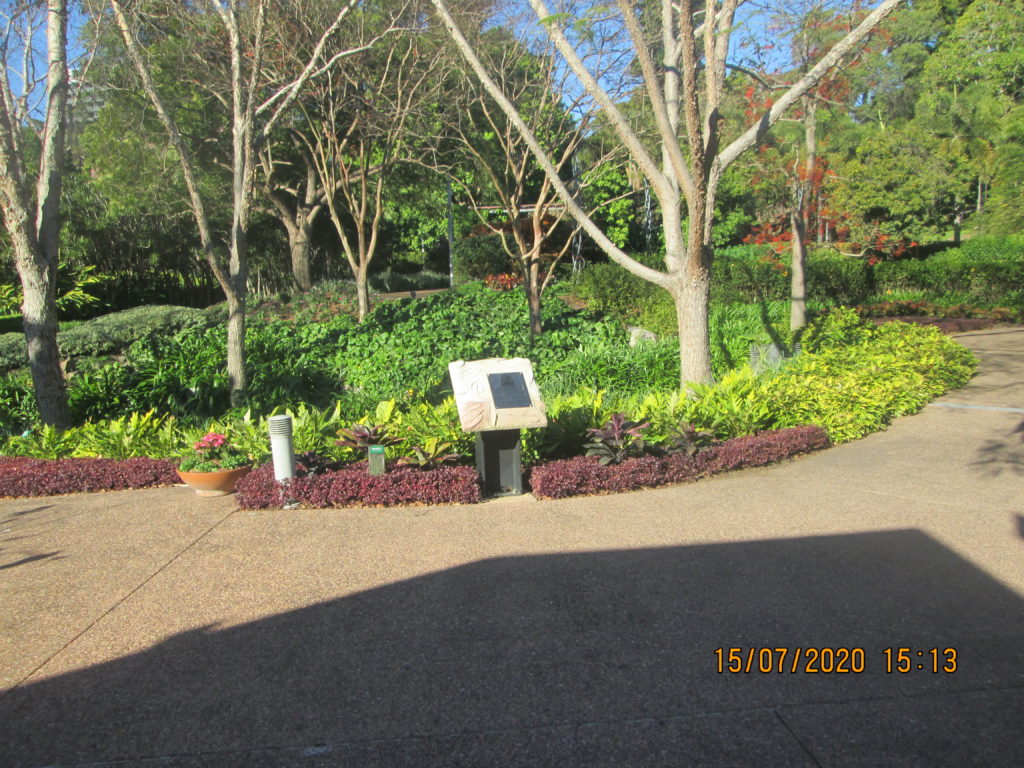
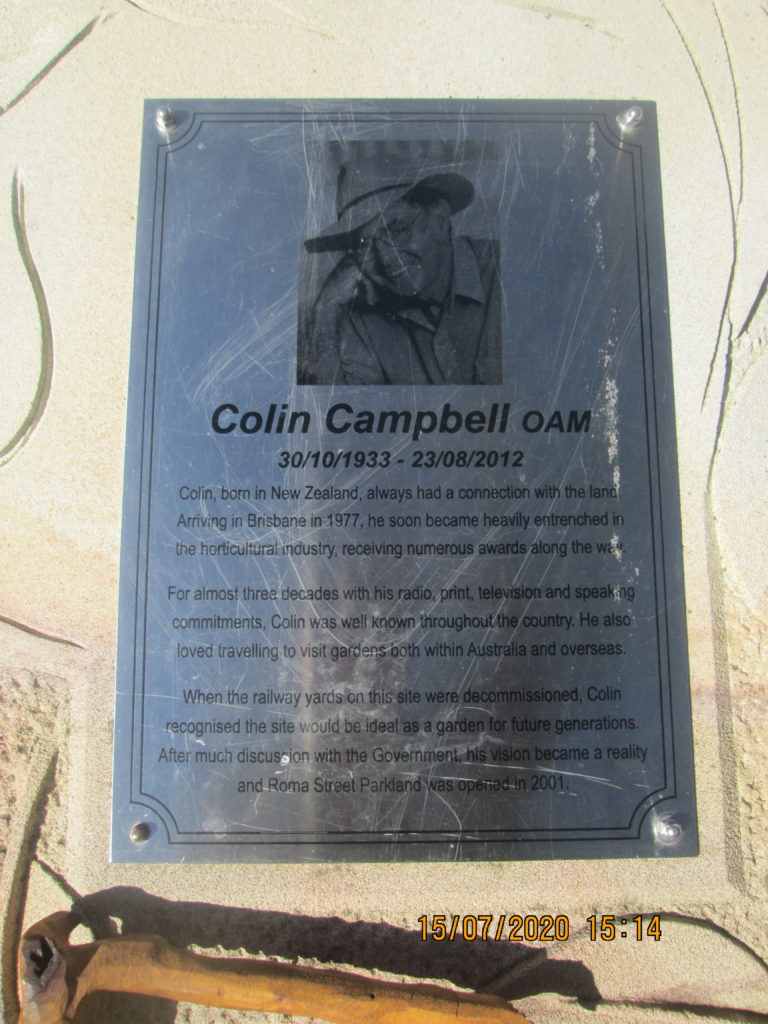
Colin, born in New Zealand, always had a connection with the land. Arriving in Brisbane in 1977, he soon became heavily entrenched in the horticultural industry, receiving numerous awards along the way.
For almost three decades, with his radio, print, television, and speaking commitments, Colin was well known throughout the country. He also loved traveling to visit gardens both within Australia and overseas.
Jacaranda season is underway! The Jacaranda tree is native to Central and South America, but has been planted widely in other parts of the world including Australia. The name “Jacaranda” is from a South American language – Tupi-Guarani, and means “fragrant”.

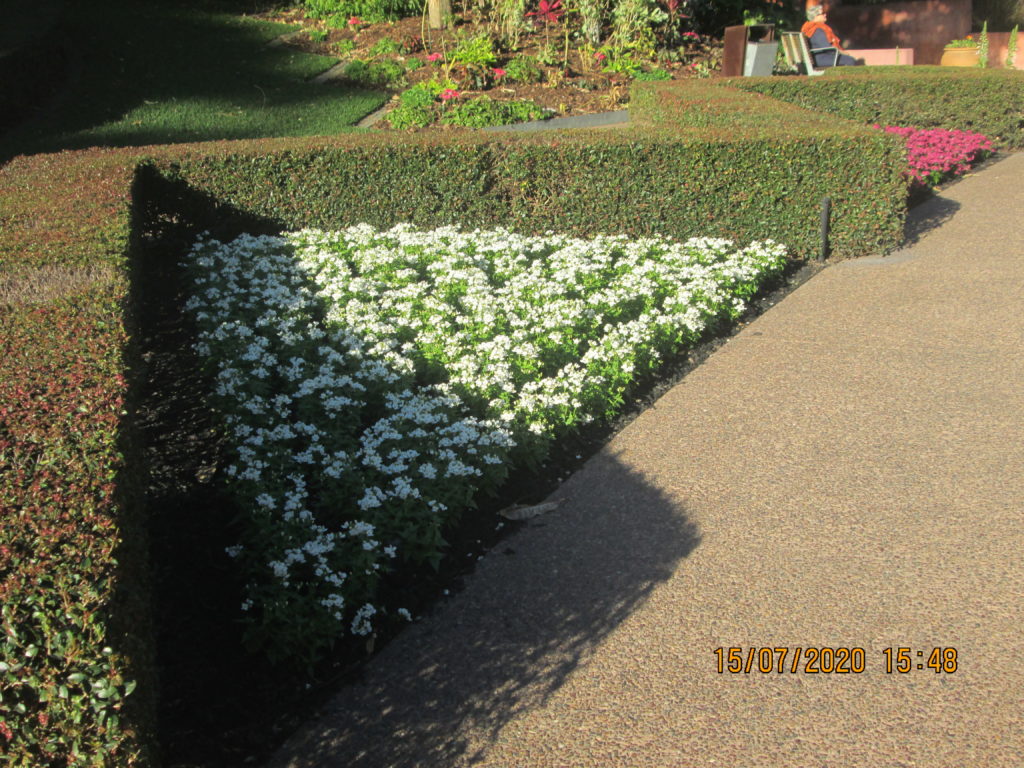
From this website: #romastreetparkland
There are over 15,000 annuals blooming in a riot of curated colour in Roma Street Parkland’s Spectacle Garden in Colin Campbell Place ![]()

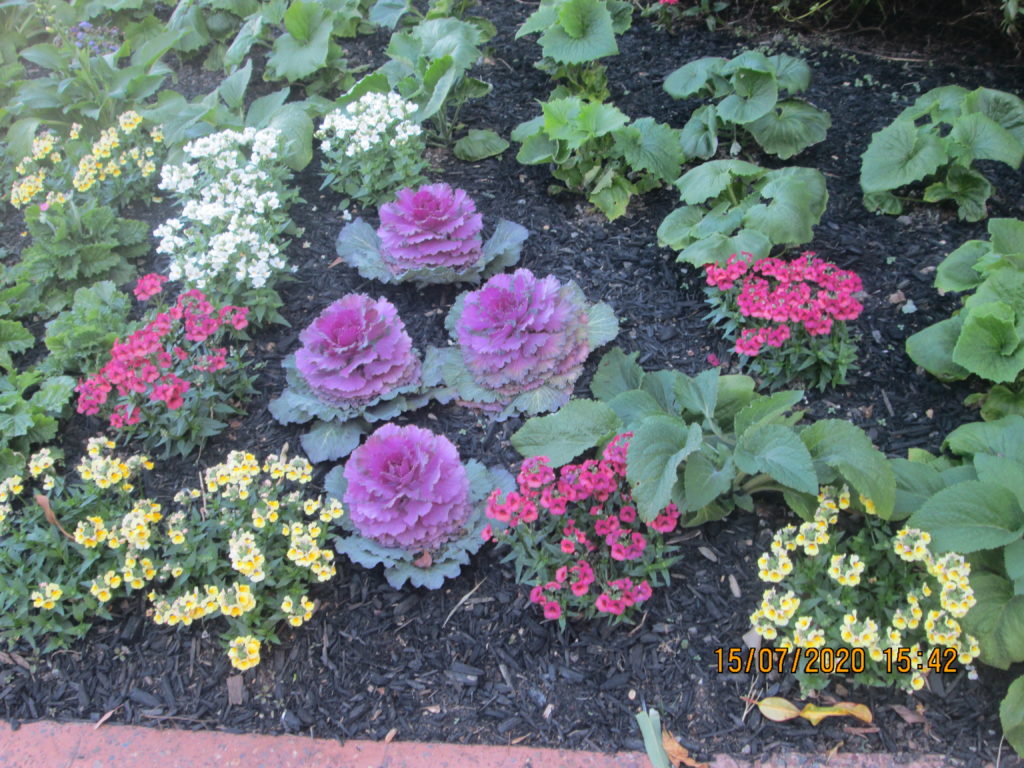
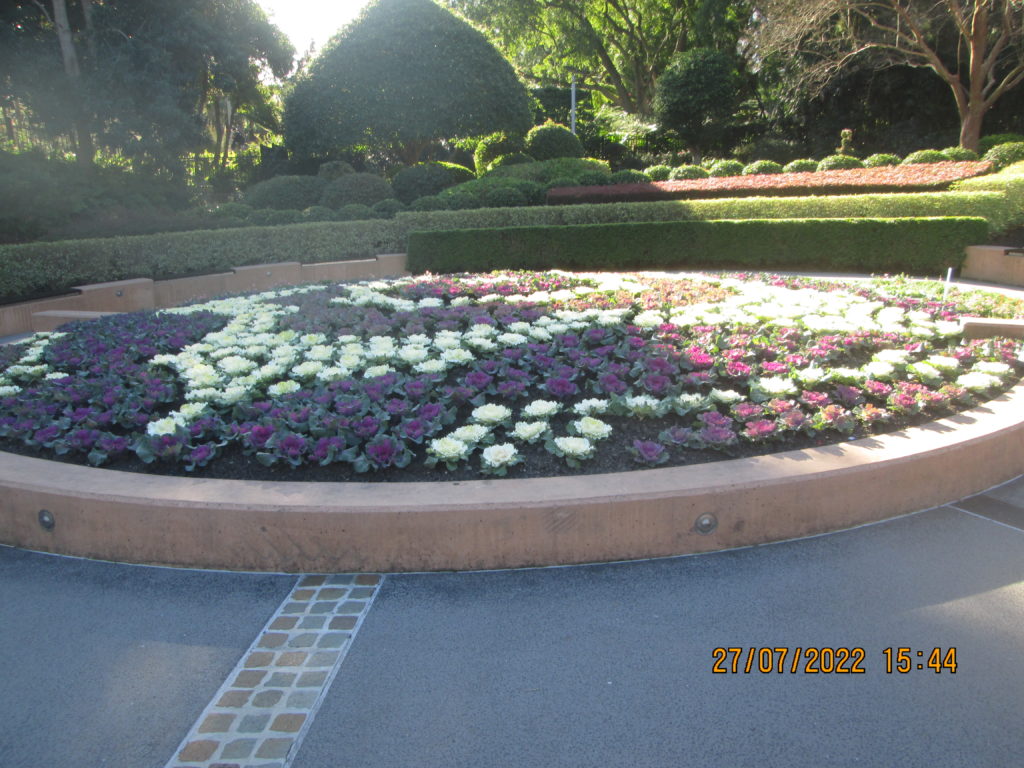

Harriet, my awesome wife (I tell her this all the time), resting and admiring the garden
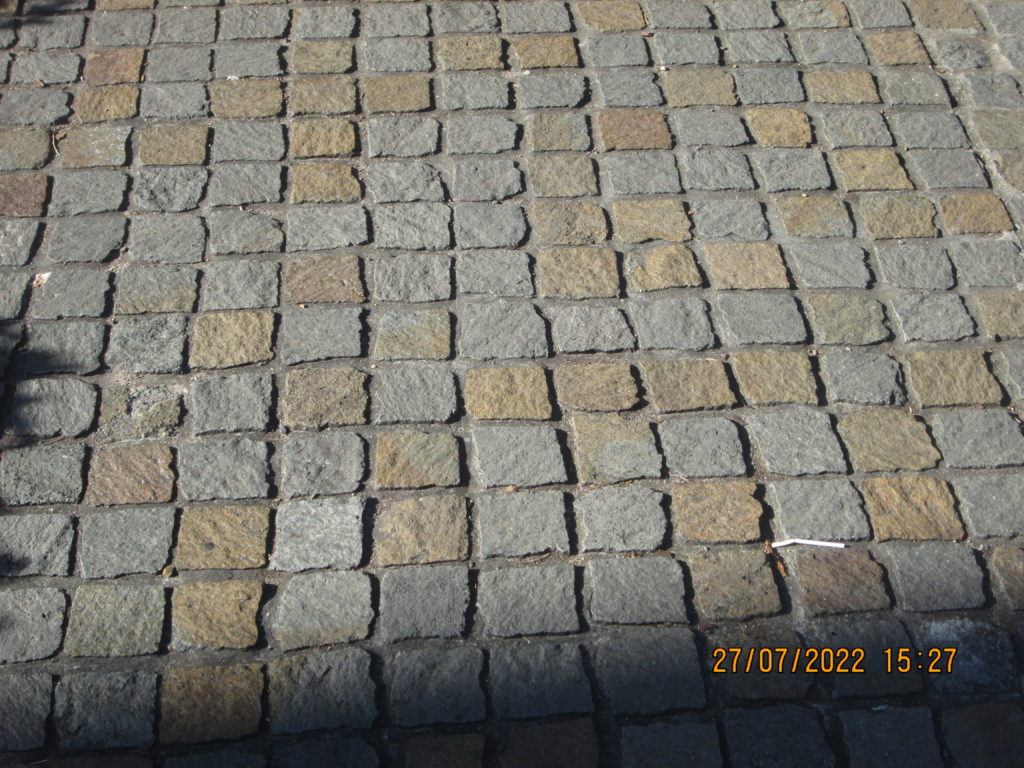
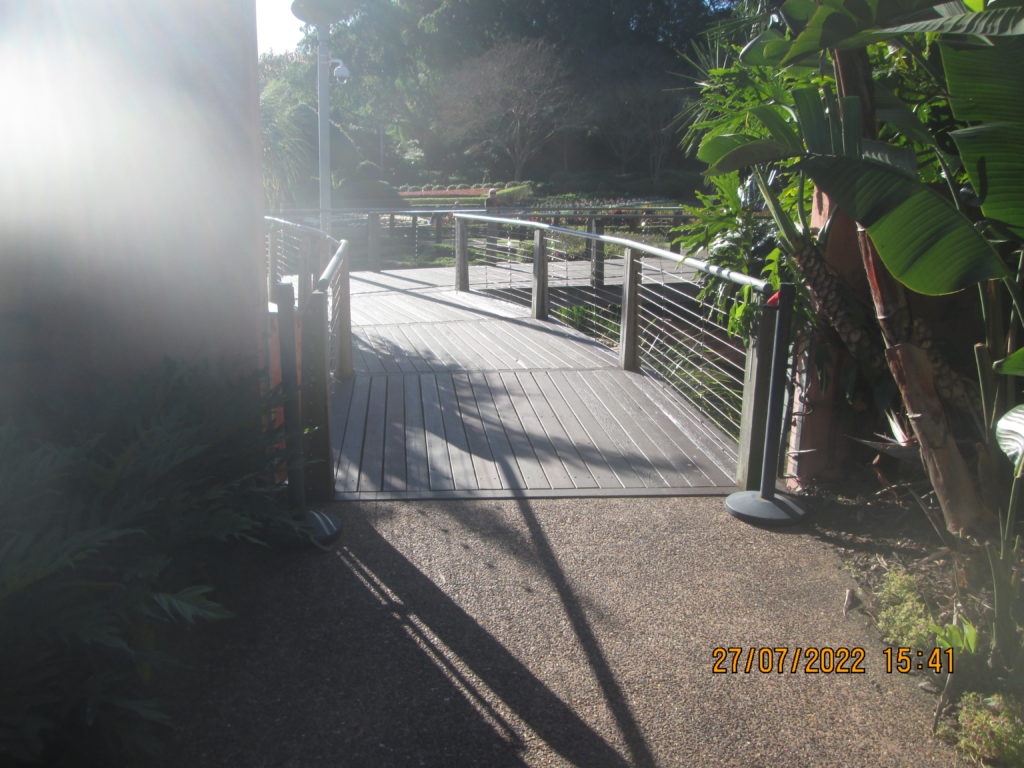
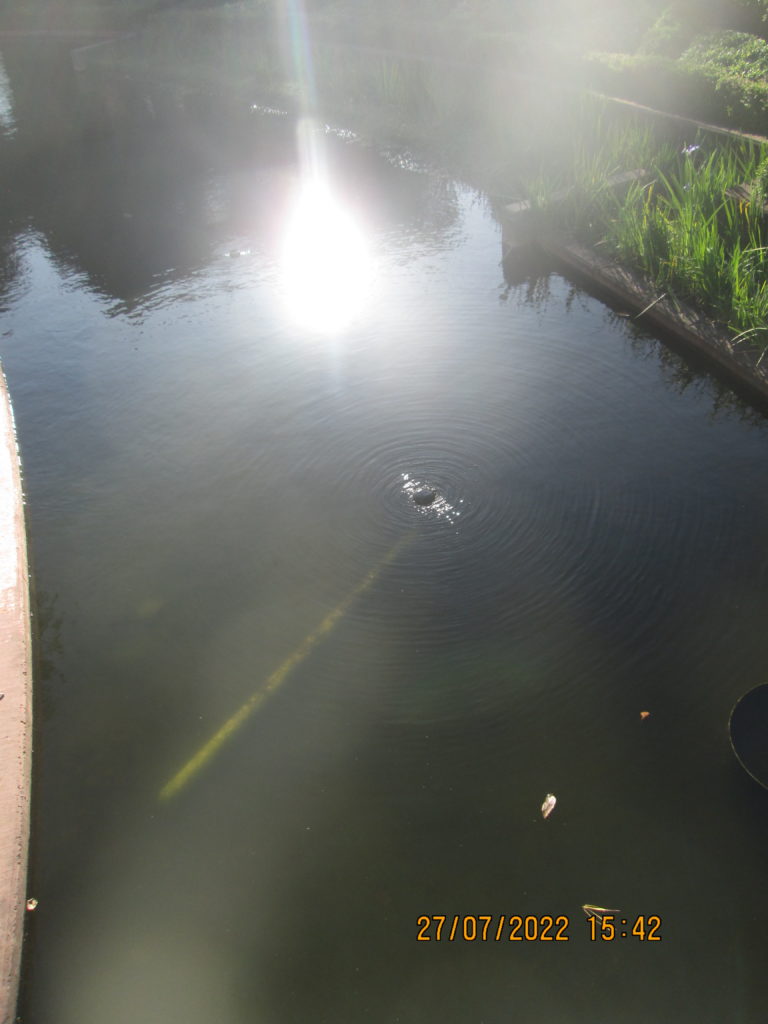
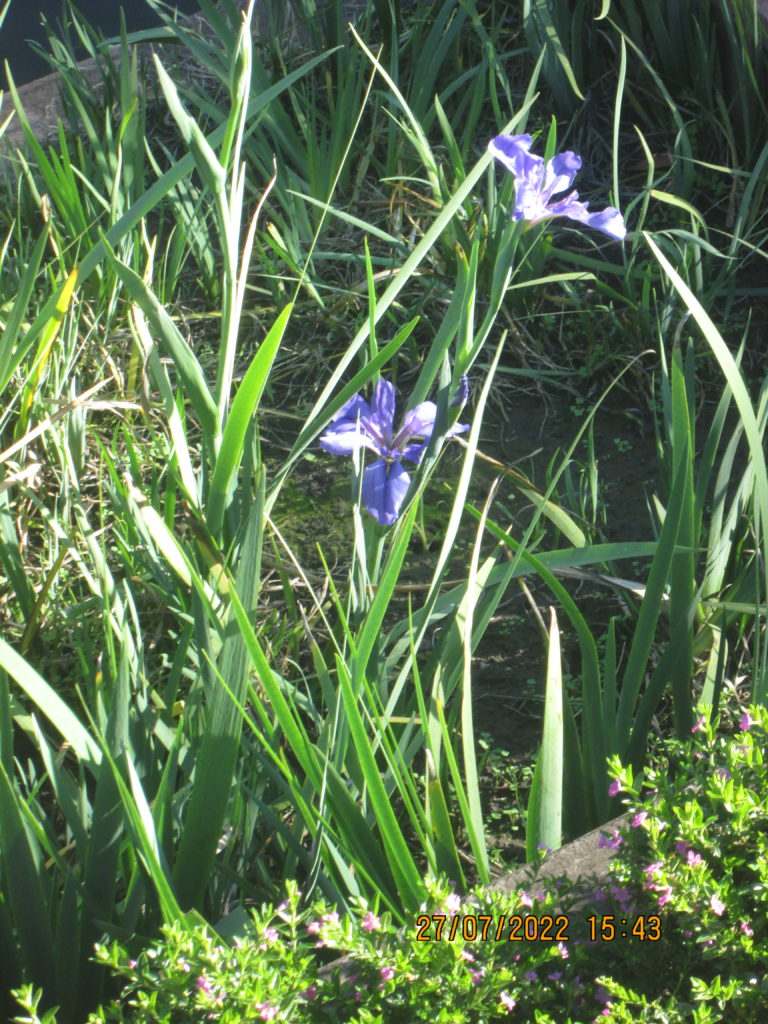
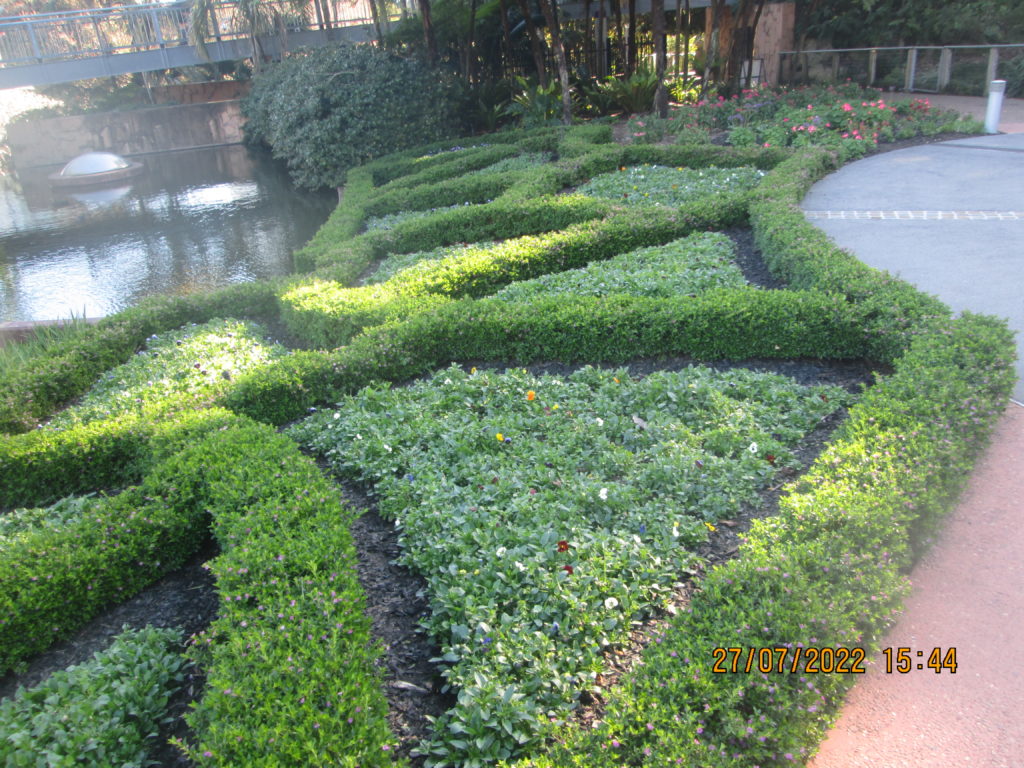
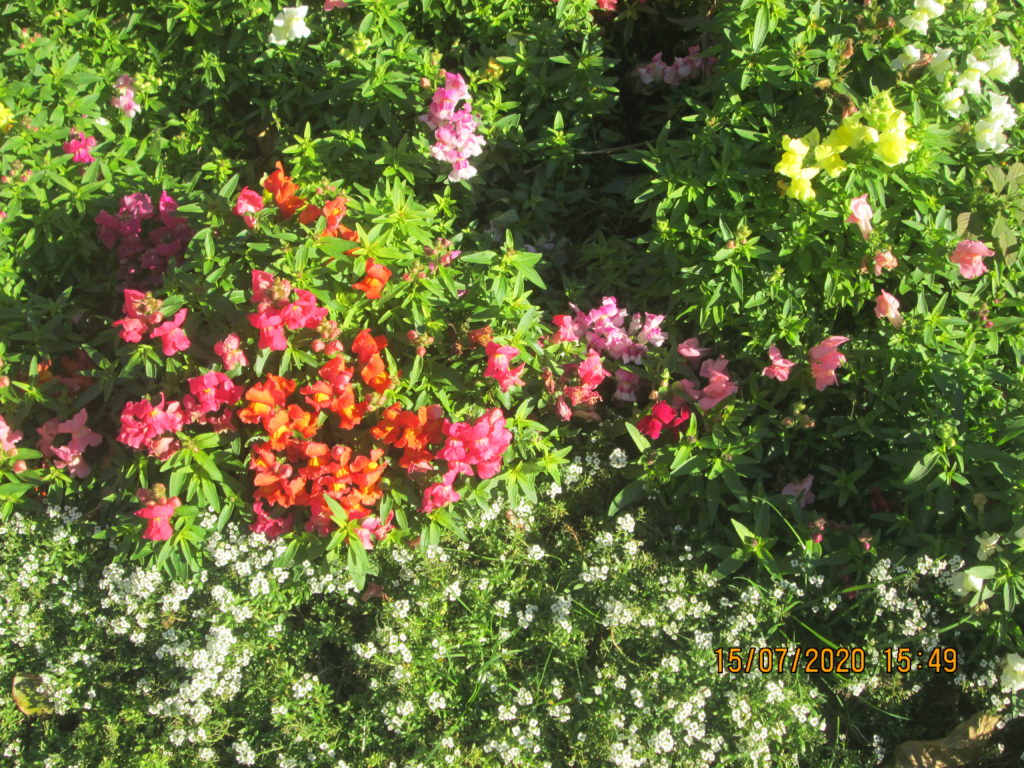
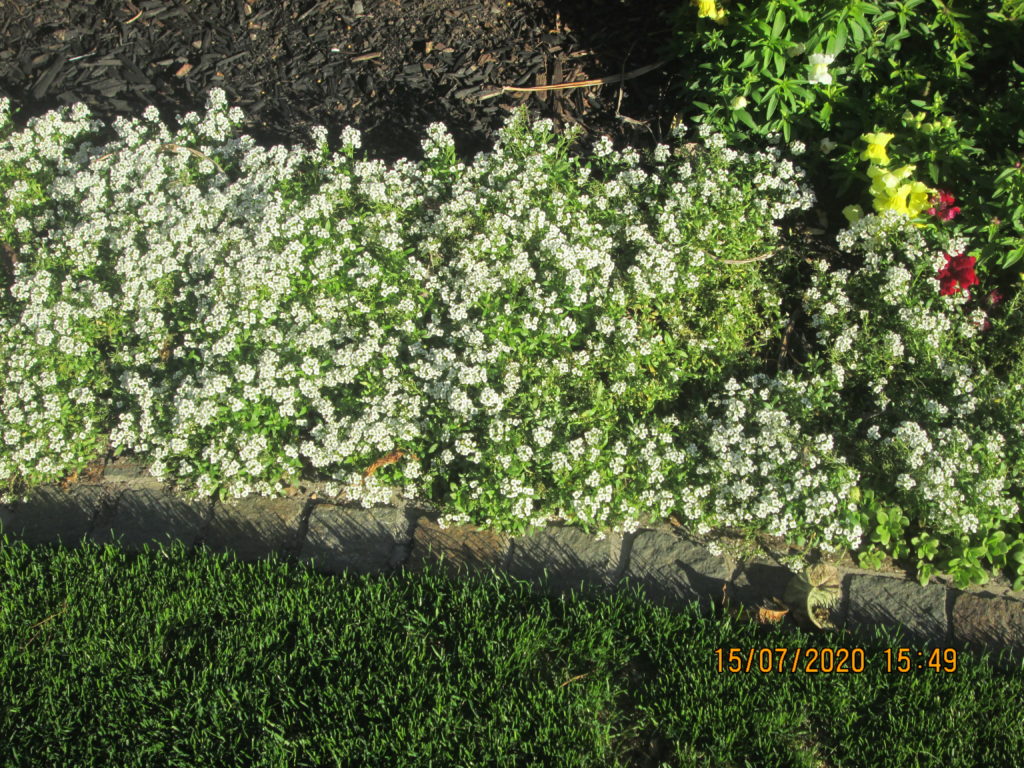
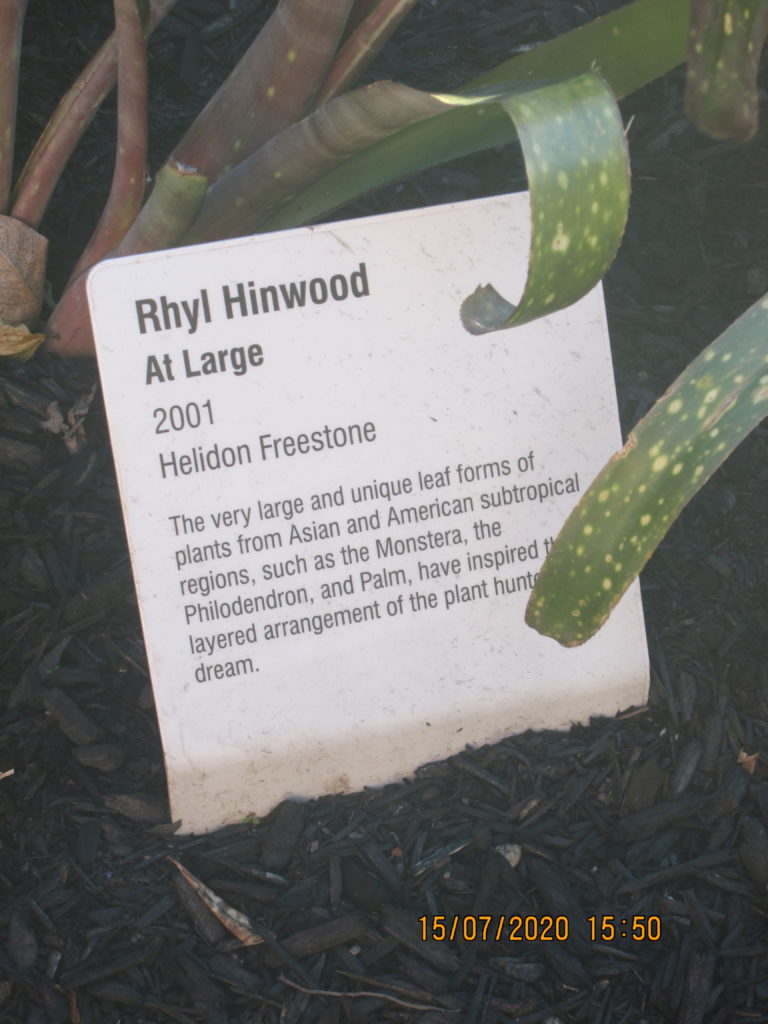
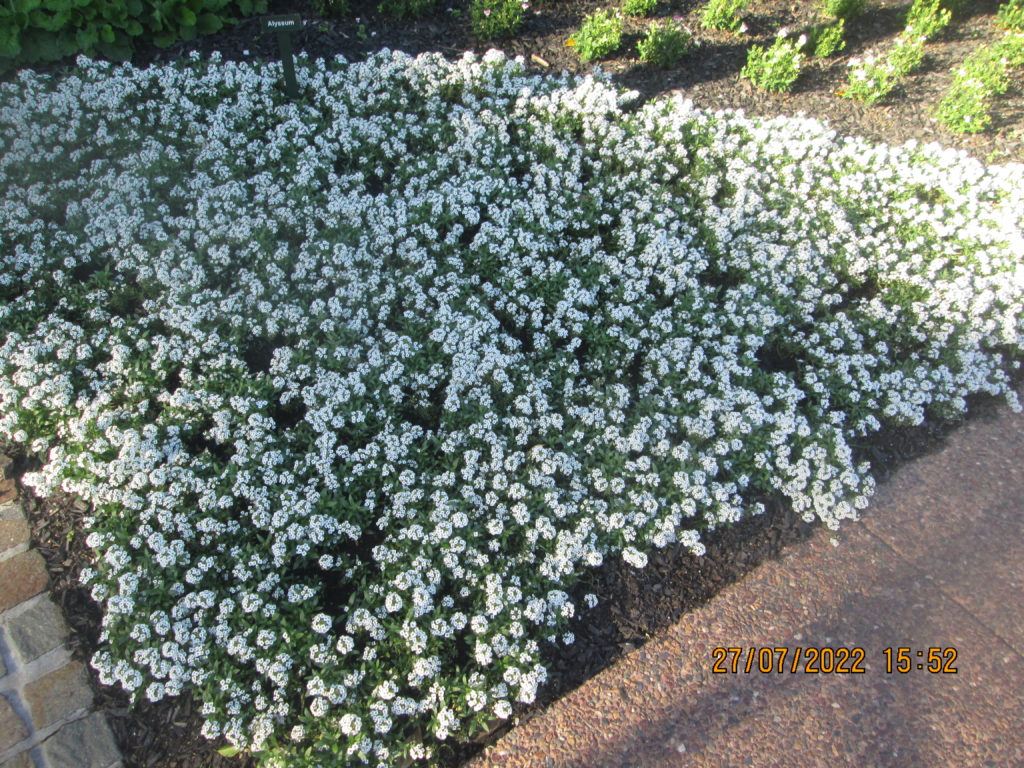
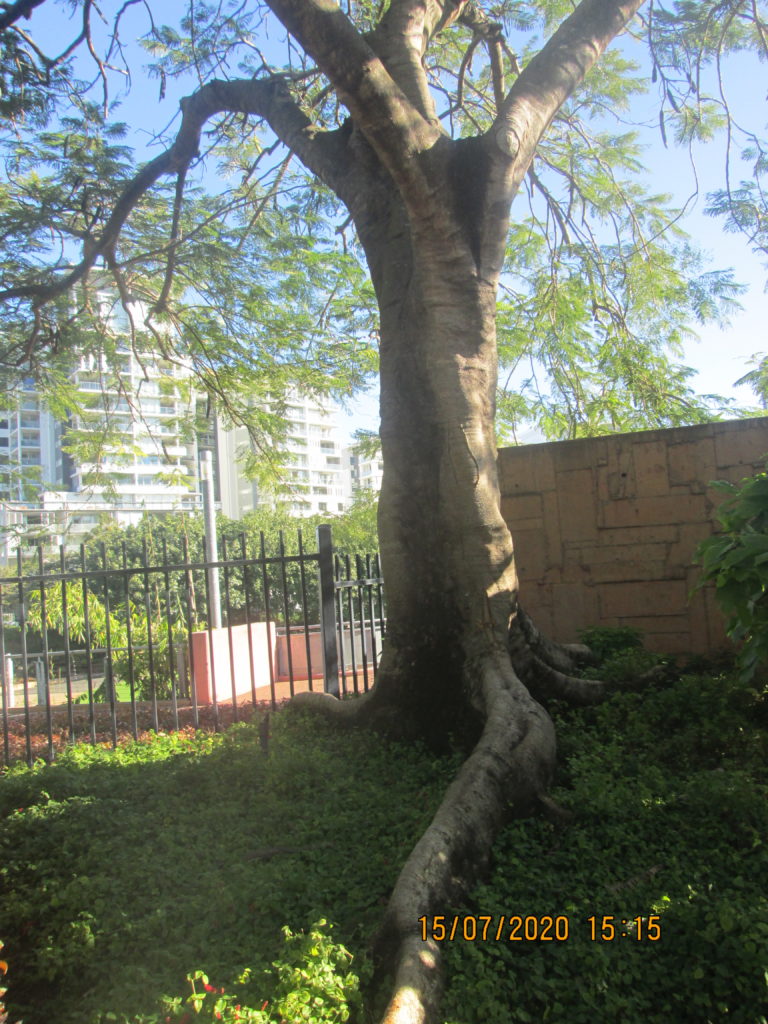
Moreton Bay Fig. See this website: Ficus macrophylla
Ficus macrophylla, commonly known as the Moreton Bay fig or Australian banyan, is a large evergreen banyan tree of the family Moraceae native to eastern Australia, from the Wide Bay–Burnett region in the north to the Illawarra in New South Wales, as well as Lord Howe Island. Its common name is derived from Moreton Bay in Queensland, Australia. It is best known for its imposing buttress roots.
Ficus macrophylla is called a strangler fig because seed germination usually takes place in the canopy of a host tree, where the seedling lives as an epiphyte until its roots establish contact with the ground, when it enlarges and strangles its host, eventually becoming a freestanding tree by itself. Individuals may reach 60 m (200 ft) in height. Like all figs, it has an obligate mutualism with fig wasps; figs are pollinated only by fig wasps, and fig wasps can reproduce only in fig flowers. Many species of birds, including pigeons, parrots, and various passerines, eat the fruit.
Ficus macrophylla is widely used as a feature tree in public parks and gardens in warmer climates such as California, Spain, Portugal, Italy, Malta, northern New Zealand (Auckland), and Australia. Old specimens can reach tremendous size, and their aggressive root system renders them unsuitable for all but the largest private gardens.
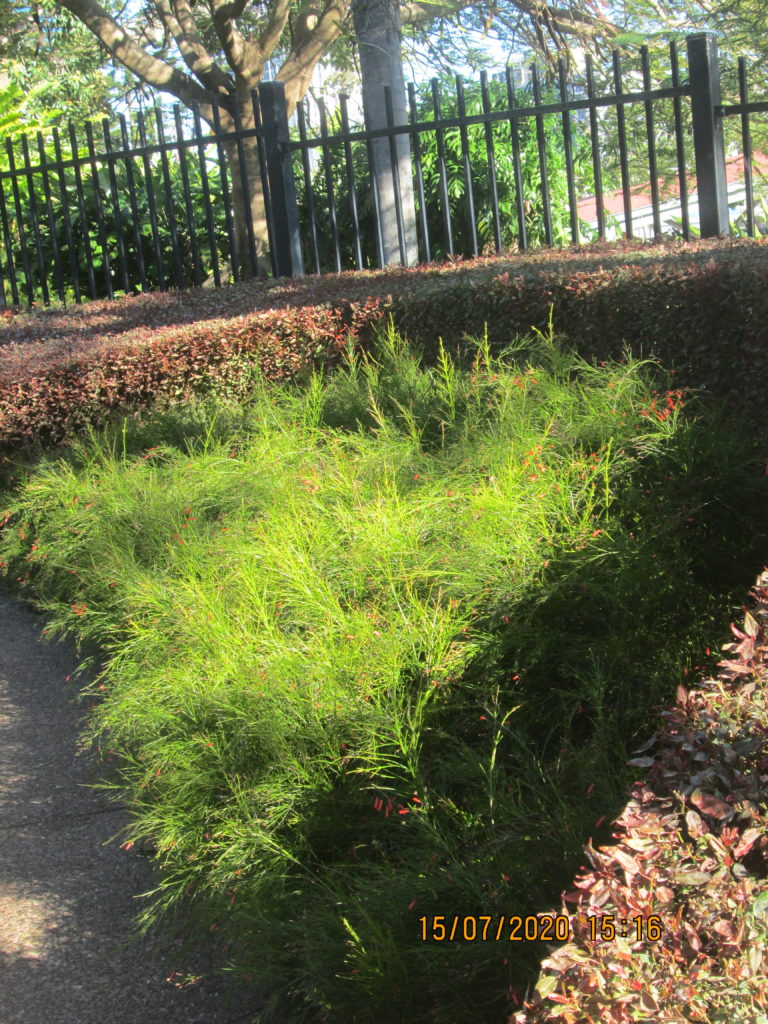
Styphelia ….. See the website
From Wikipedia, the free encyclopedia
Styphelia is a genus of shrubs in the family Ericaceae and is endemic to Australia. Most have minute or small leaves with a sharp tip, single, tube-shaped flowers arranged in leaf axils and with the ends of the petals rolled back with hairs in the inside of the tube.
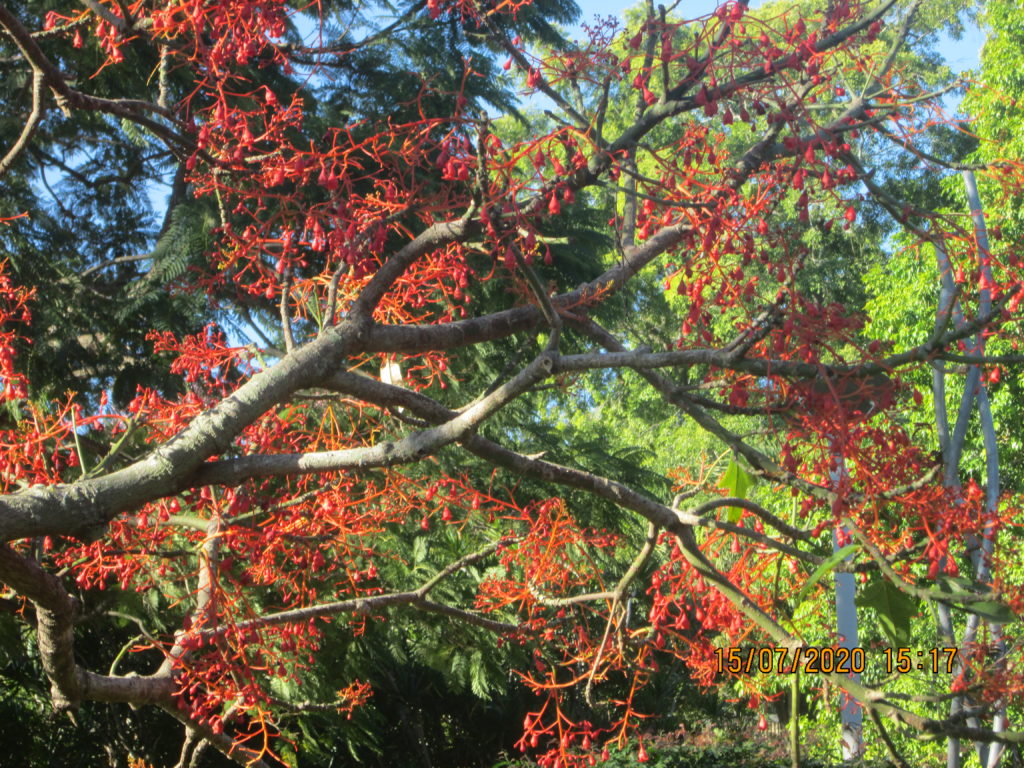
Flame Bottletree (Brachychiton acerifolius) in full flower. See this website: https://en.wikipedia.org/wiki/Brachychiton_acerifolius
Brachychiton acerifolius is a large tree of the family Malvaceae endemic to tropical and subtropical regions on the east coast of Australia. It is famous for the bright red bell-shaped flowers that often cover the whole tree when it is leafless. It is commonly known as the flame tree, Illawarra flame tree, lacebark tree, or (along with other members of the genus) kurrajong.
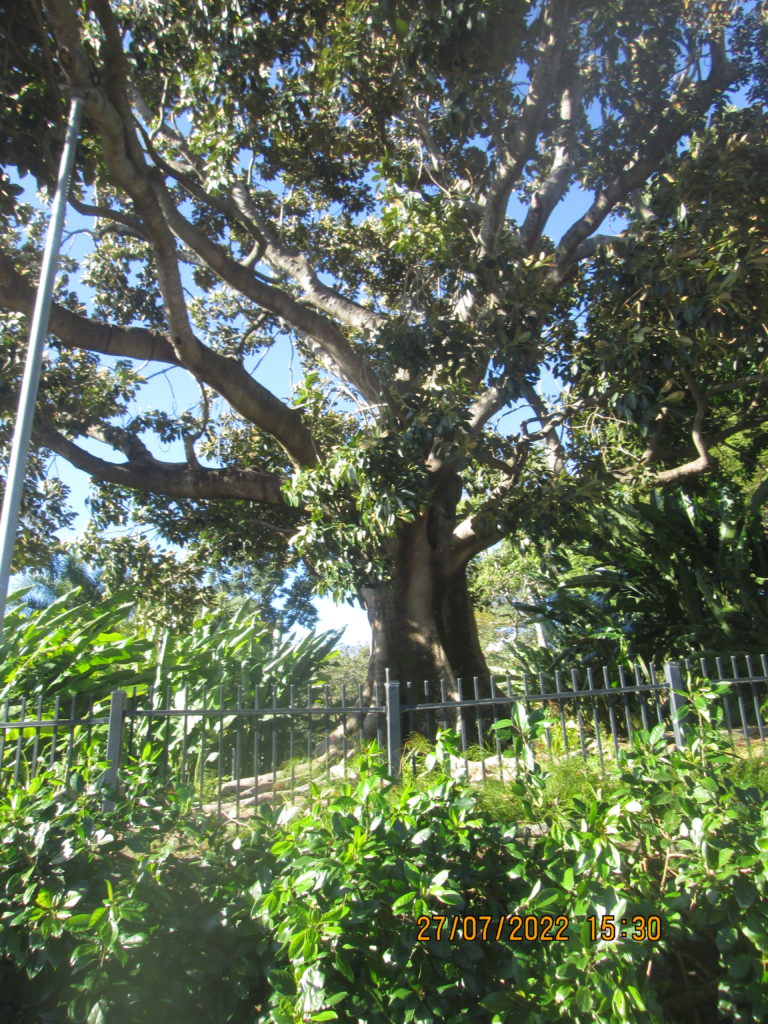
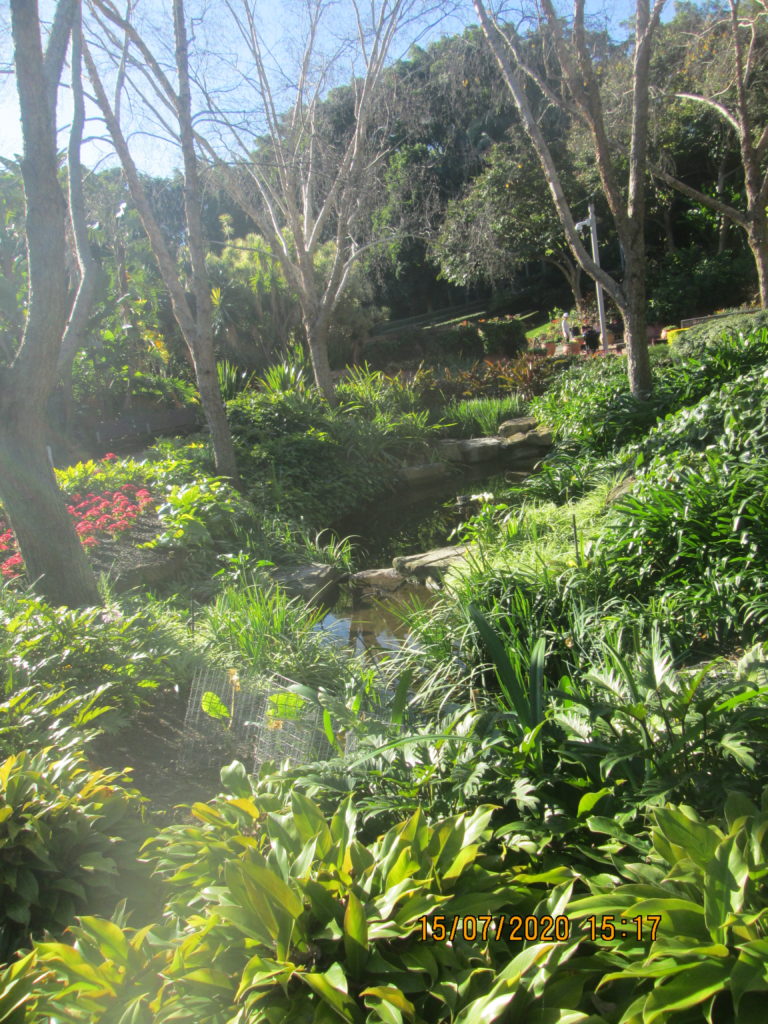
A STREAM MEANDERING THROUGH THE GARDEN
- Irrigation of the whole garden
- A central aesthetic centre to the garden
- The water is the reticulated as streams and waterfalls
_____________________________________________________________________________
Roses in the Garden:
From Wikipedia, the free encyclopedia:
A rose is a woody perennial flowering plant of the genus Rosa, in the family Rosaceae, or the flower it bears.[1] There are over three hundred species and tens of thousands of cultivars.[2] They form a group of plants that can be erect shrubs, climbing, or trailing, with stems that are often armed with sharp prickles.[3] Flowers vary in size and shape and are usually large and showy, in colours ranging from white through yellows and reds.[4] Most species are native to Asia, with smaller numbers native to Europe, North America, and northwestern Africa.[5] Species, cultivars and hybrids are all widely grown for their beauty and often are fragrant. Roses have acquired cultural significance in many societies.[6] Rose plants range in size from compact, miniature roses, to climbers that can reach seven meters in height.[7] Different species hybridize easily, and this has been used in the development of the wide range of garden roses.[8]
___________________________________________________________________________
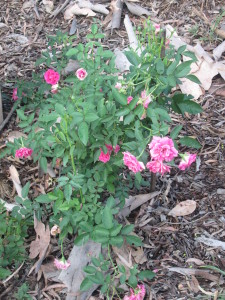
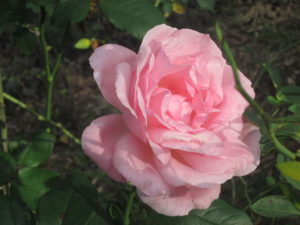
_____________________________________________________________________________
A wonderful website I would recommend you to look at and read is:
A Guide to Growing Miniature Roses Indoors
Jen Reviews in new Zealand has just published an updated, comprehensive guide on how to grow miniature roses indoors on their sister site, Happy DIY Home.
______________________________________________________________________________
Water Feature:
A water feature with a stepped waterfall and a pond which is stepped over on square terracotta coloured concrete slabs. Big terracotta pots filled with flowering plants, are carefully placed along the edges of movement of people.
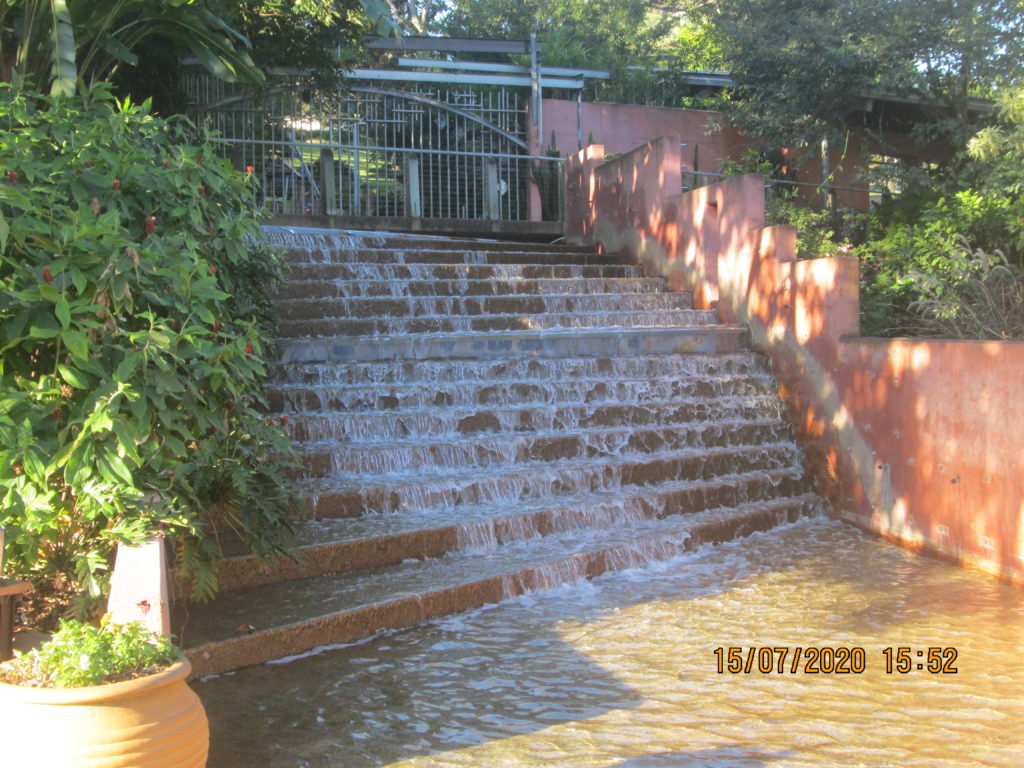
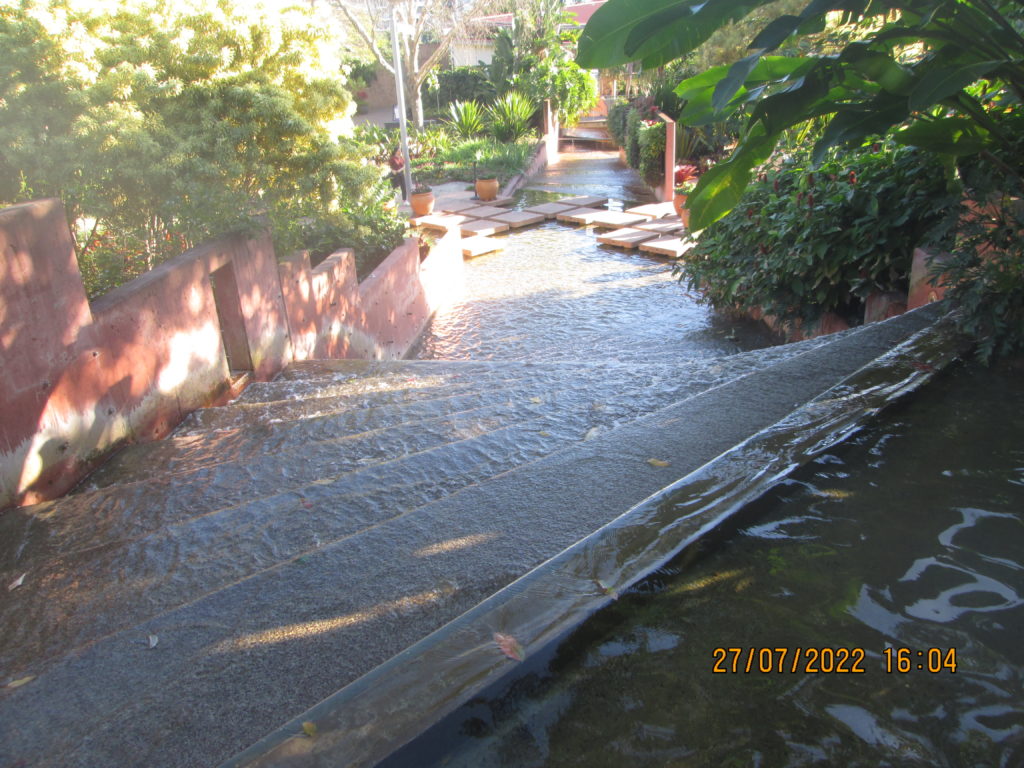
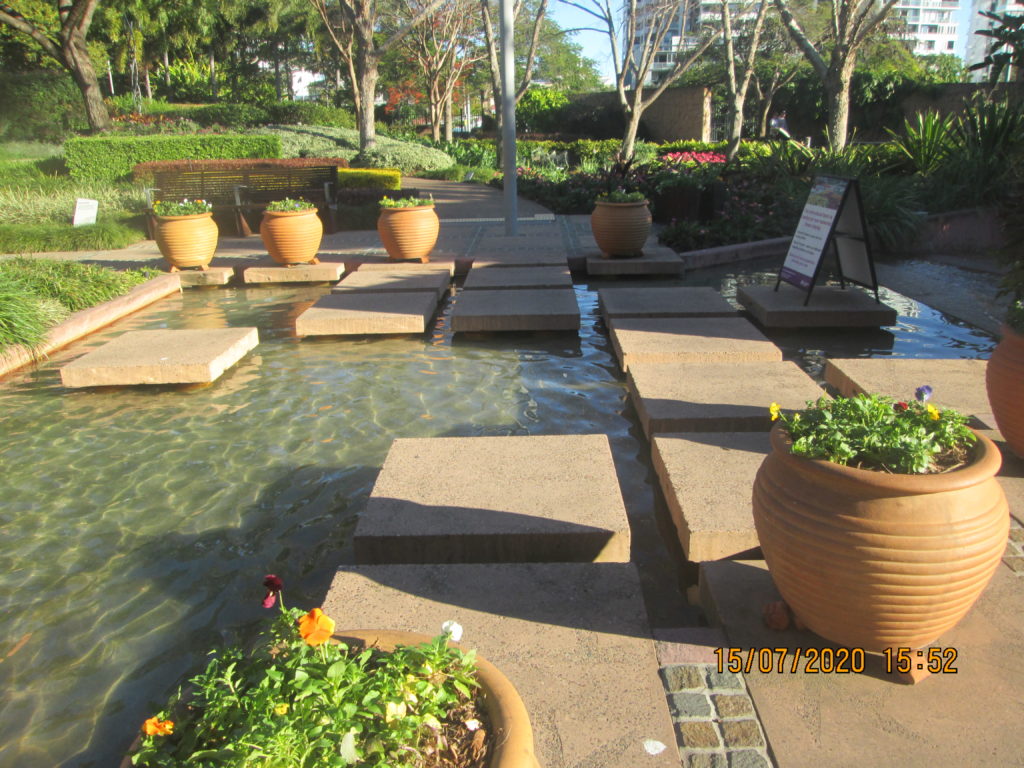
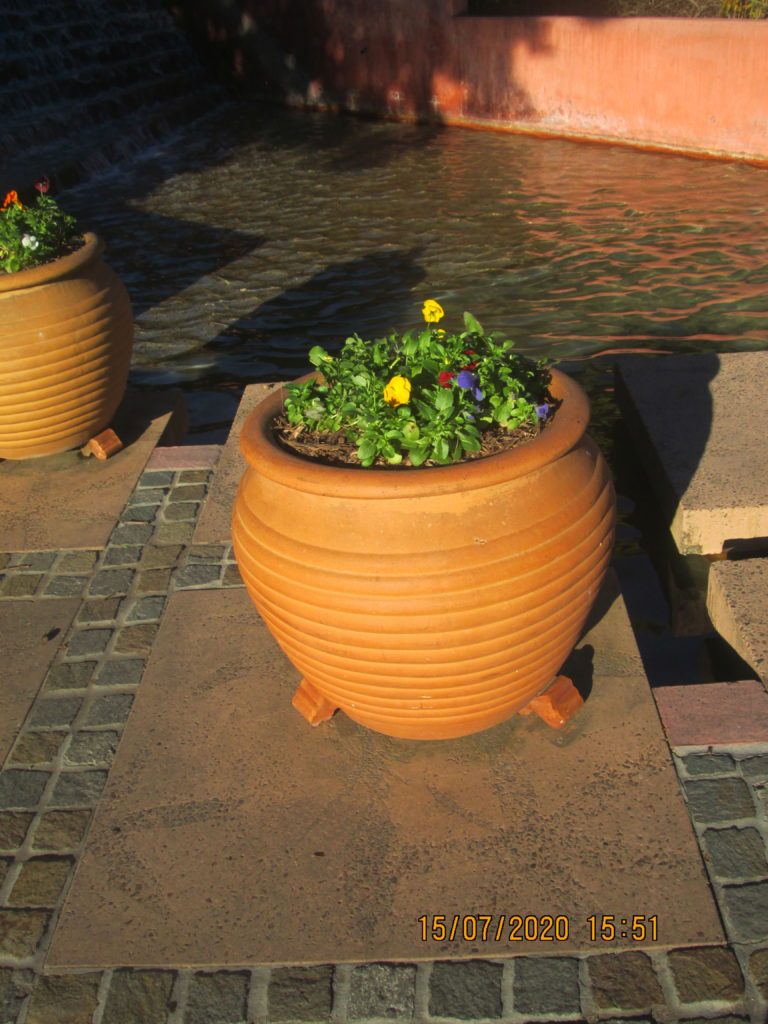
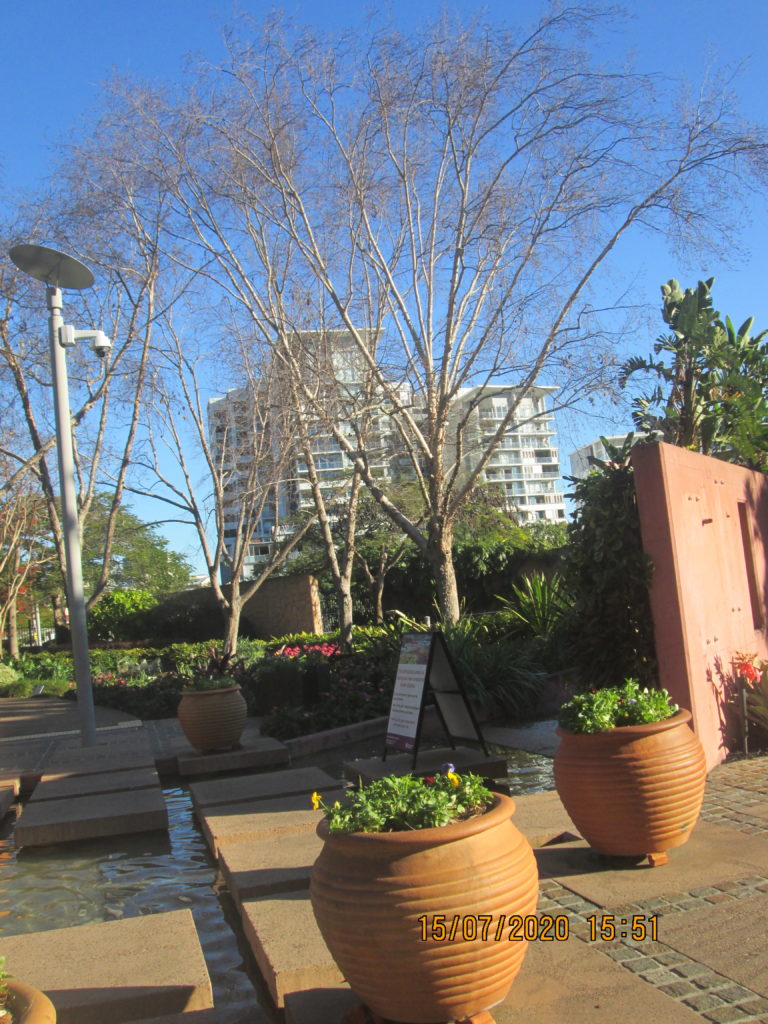
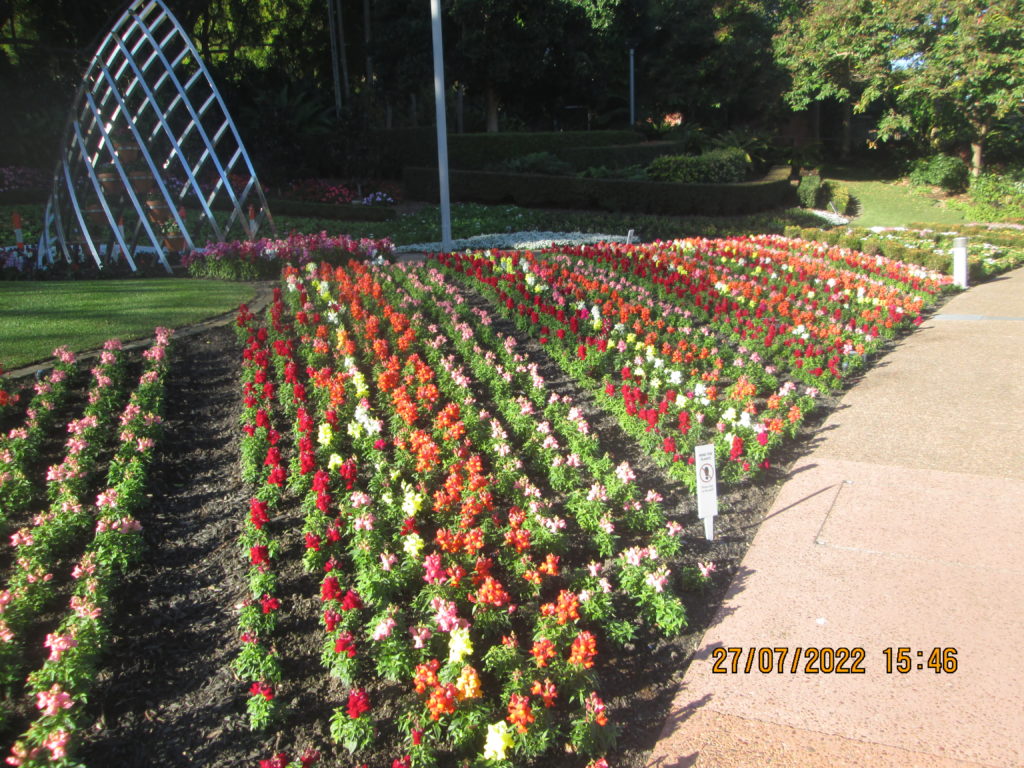
A metal sculpture with a big flower bed
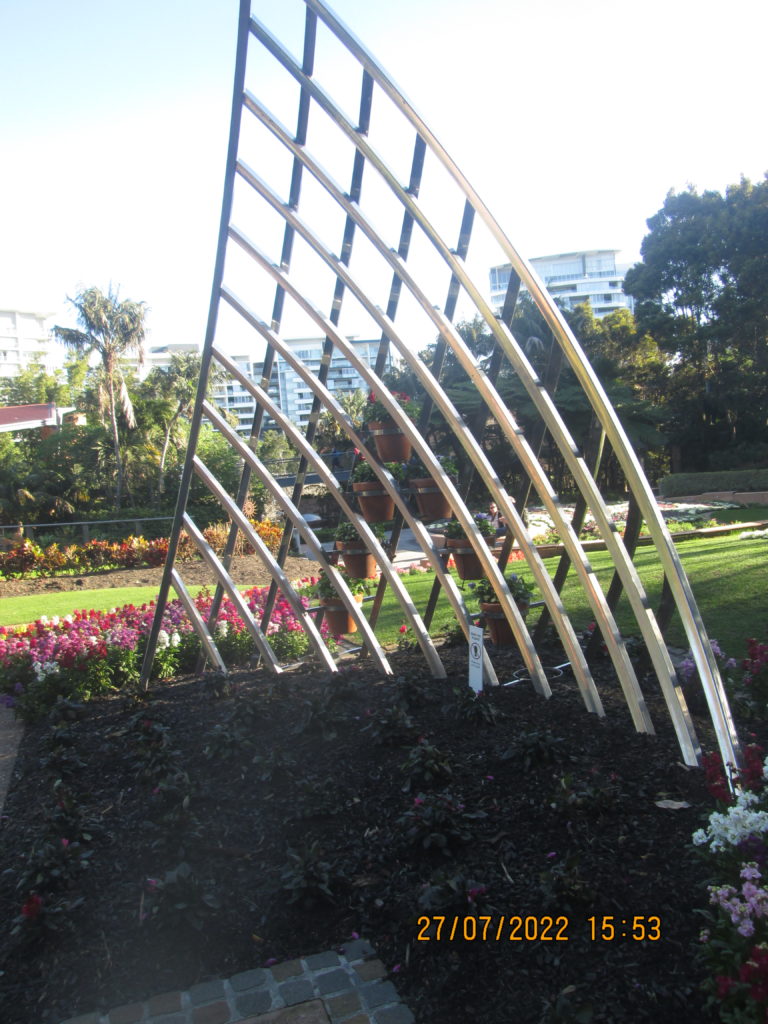
A closeup of the metal sculpture with flower beds
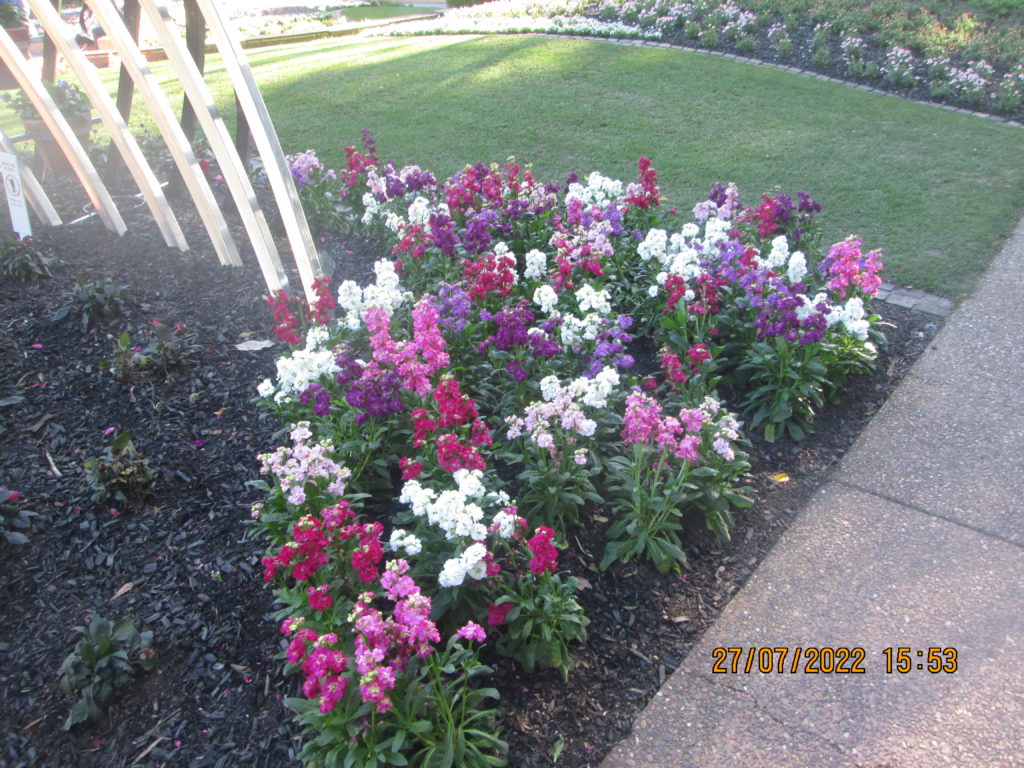
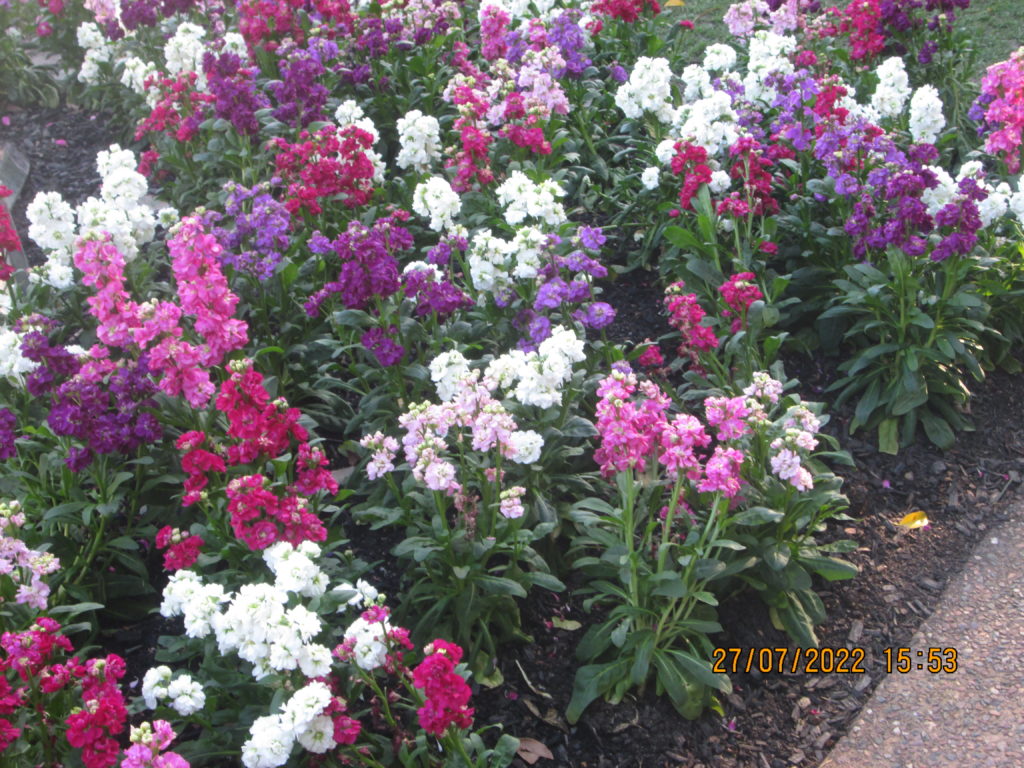

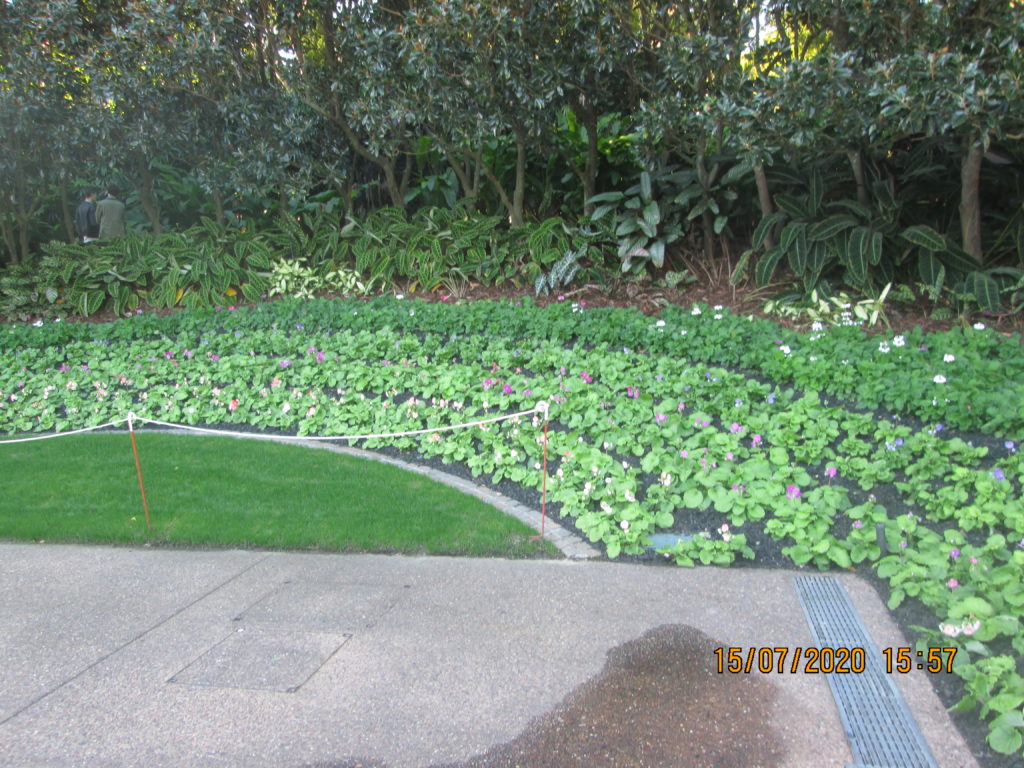

Big terracotta pots of flower create great visual impact

Closeup of the big terracotta pots of flowers
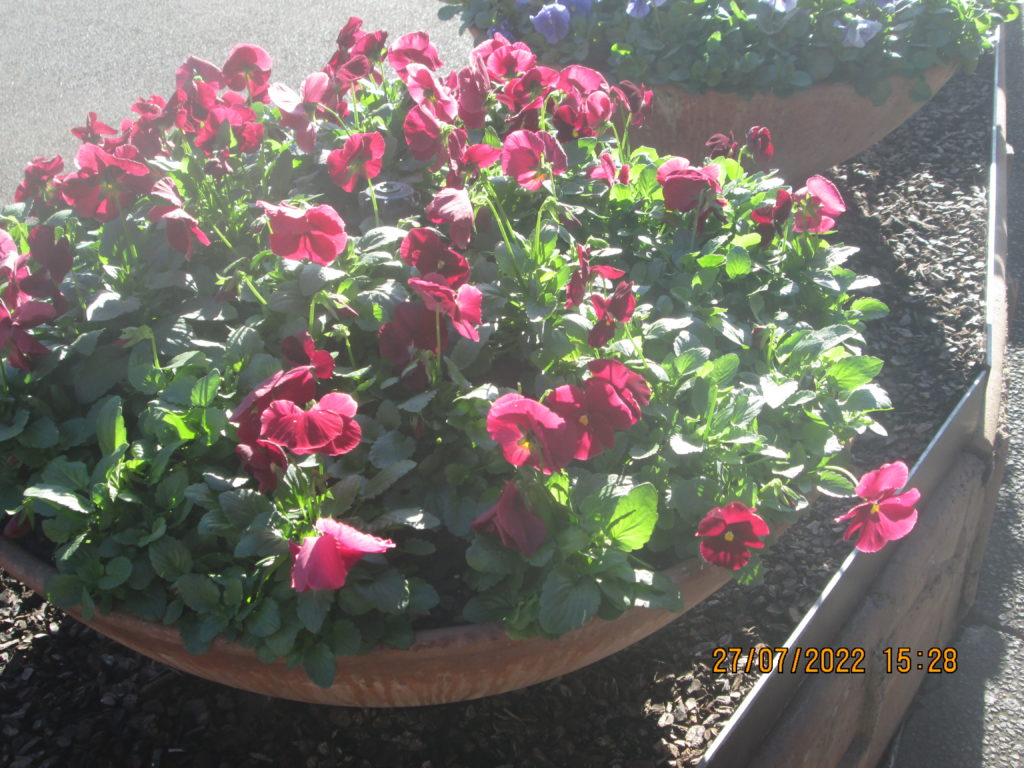
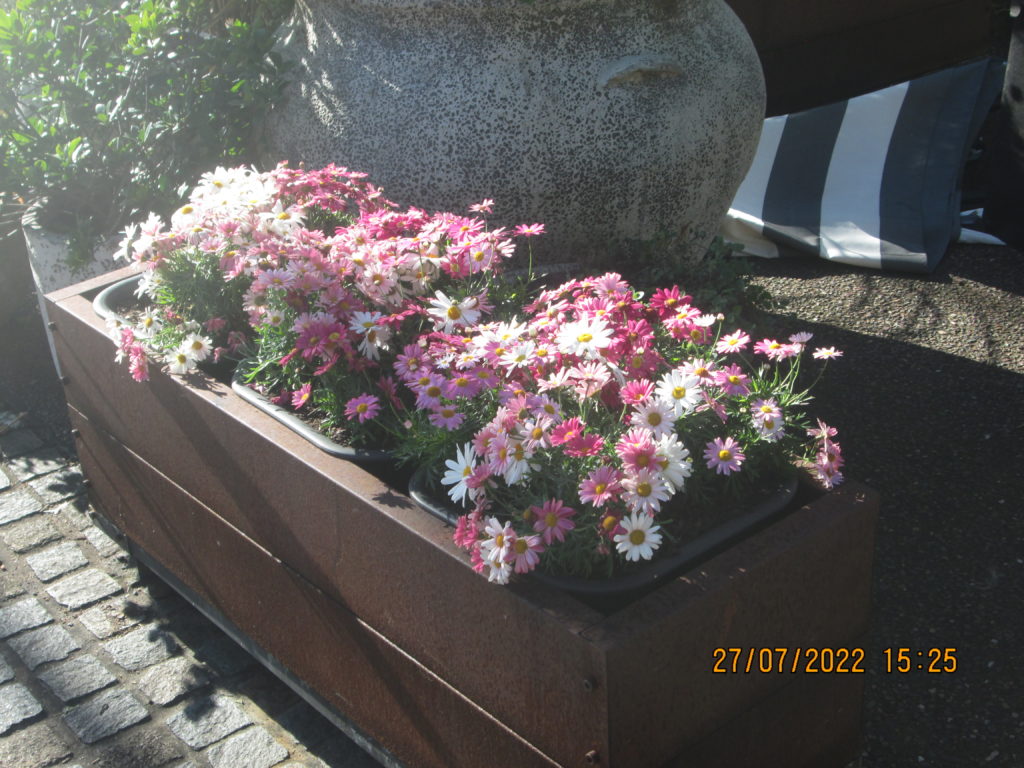
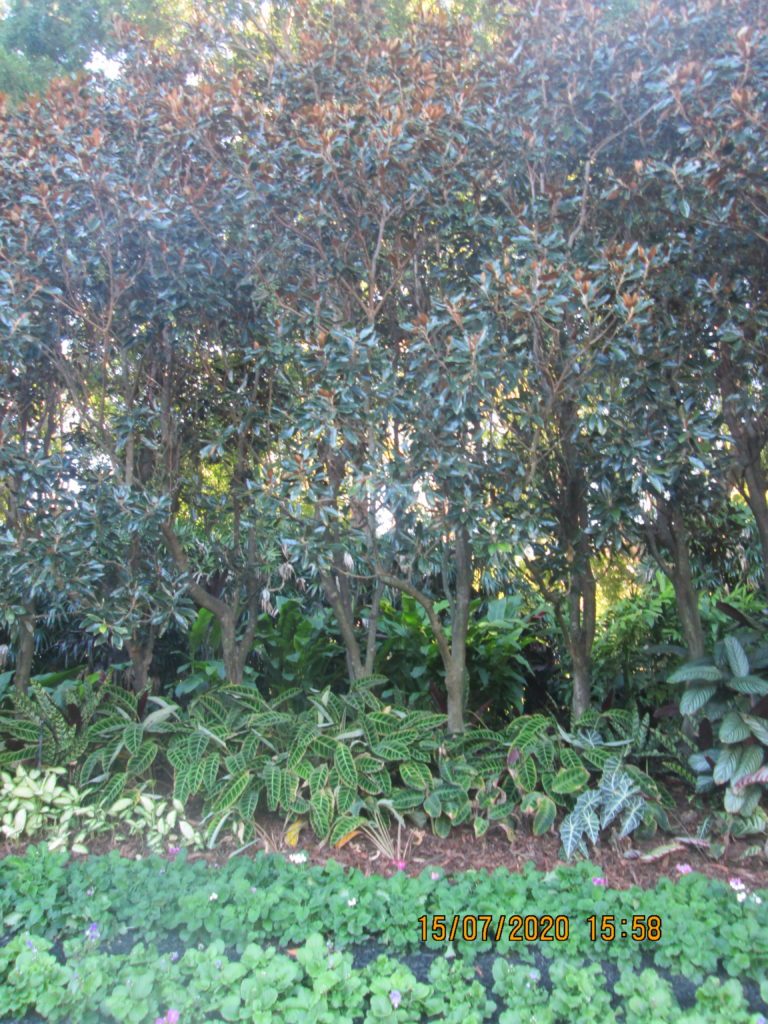
At the back of the curves of colourful annuals is a row of tall shrubs of a species of magnolia.
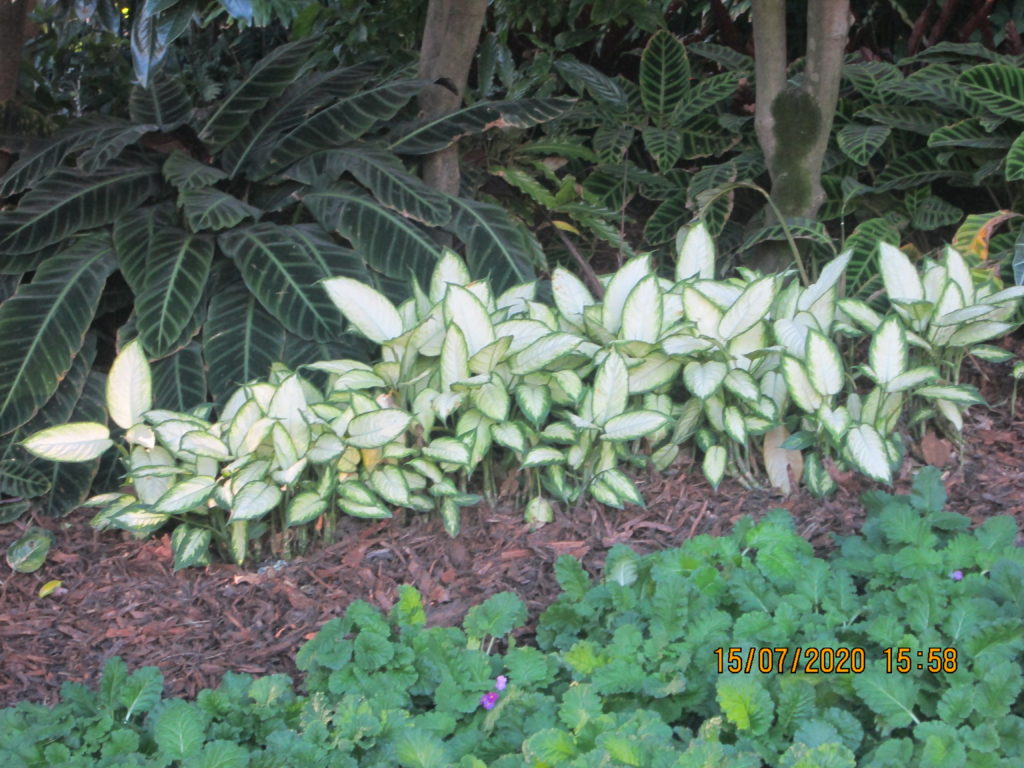
A nice band of low underplanting in broad-leaved shrubs with a cream leaf with green edges.
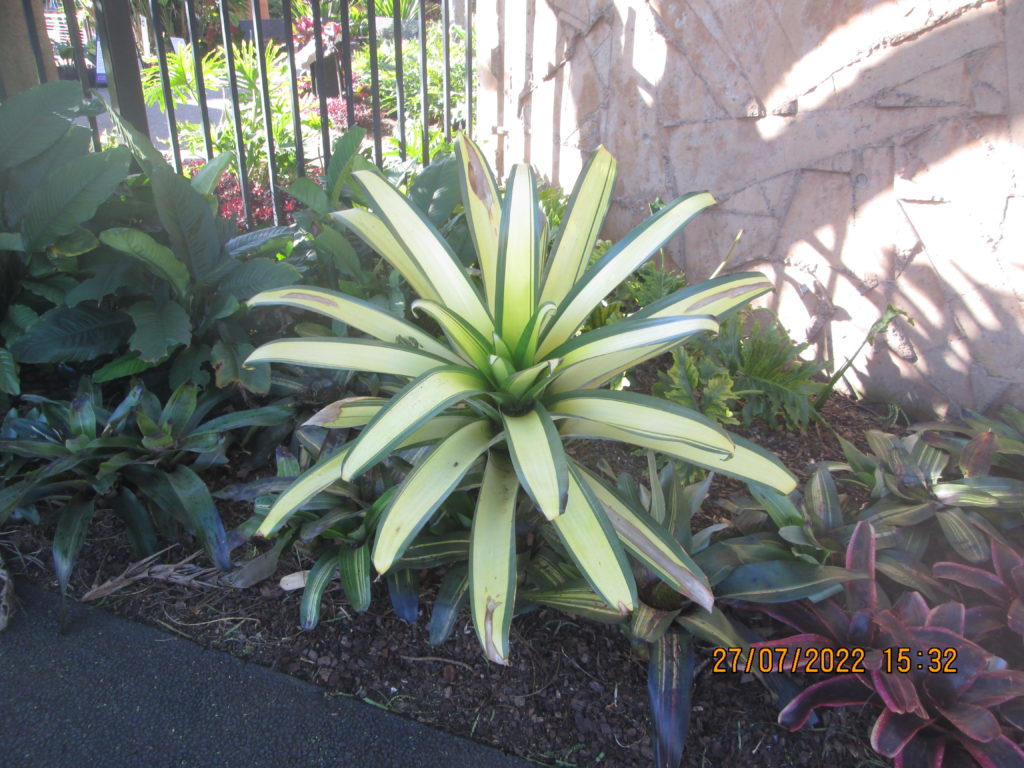
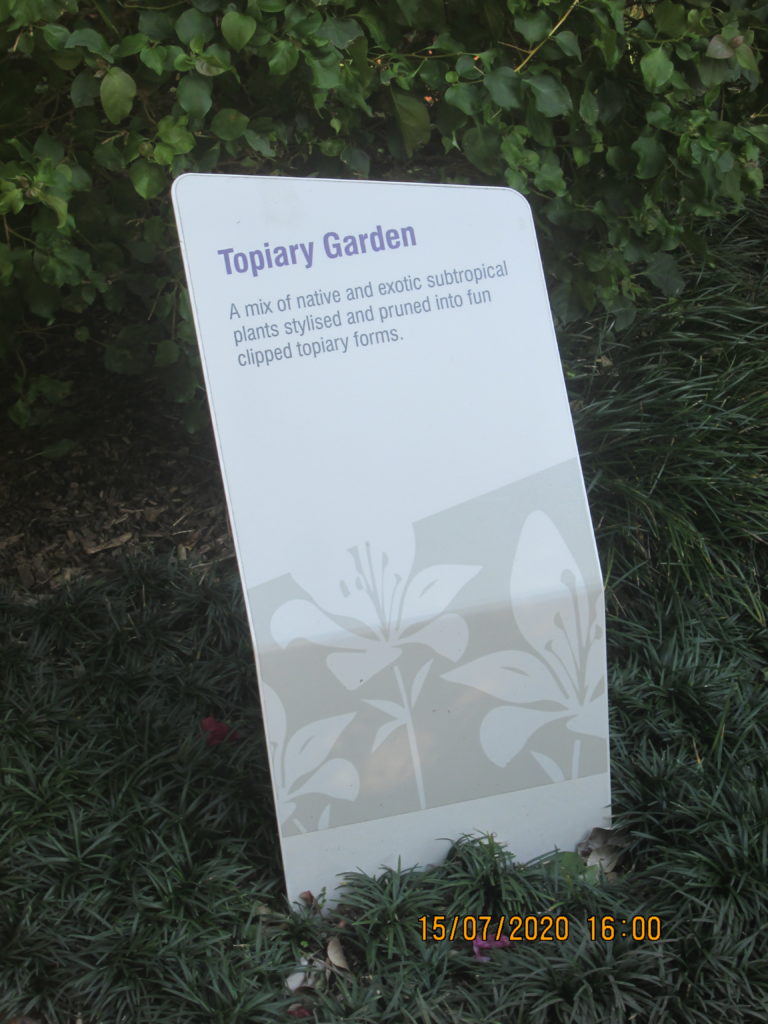
Topiary
From Wikipedia, the free encyclopedia
Jump to navigationJump to search
This article is about the practice of training plants. For the planned Shane Carruth film, see A Topiary. For the hacktivist, see Topiary (hacktivist).

Squirrel topiary, Rufford Old Hall, Rufford, Lancashire, England.

Jacques Cartier Park, Gatineau, Canada.
Topiary is the horticultural practice of training perennial plants by clipping the foliage and twigs of trees, shrubs and subshrubs to develop and maintain clearly defined shapes,[1] whether geometric or fanciful. The term also refers to plants which have been shaped in this way. As an art form it is a type of living sculpture. The word derives from the Latin word for an ornamental landscape gardener, topiarius, a creator of topia or “places”, a Greek word that Romans also applied to fictive indoor landscapes executed in fresco.
The plants used in topiary are evergreen, mostly woody, have small leaves or needles, produce dense foliage, and have compact and/or columnar (e.g., fastigiate) growth habits. Common species chosen for topiary include cultivars of European box (Buxus sempervirens), arborvitae (Thuja species), bay laurel (Laurus nobilis), holly (Ilex species), myrtle (Eugenia or Myrtus species), yew (Taxus species), and privet (Ligustrum species).[2] Shaped wire cages are sometimes employed in modern topiary to guide untutored shears, but traditional topiary depends on patience and a steady hand; small-leaved ivy can be used to cover a cage and give the look of topiary in a few months. The hedge is a simple form of topiary used to create boundaries, walls or screens.
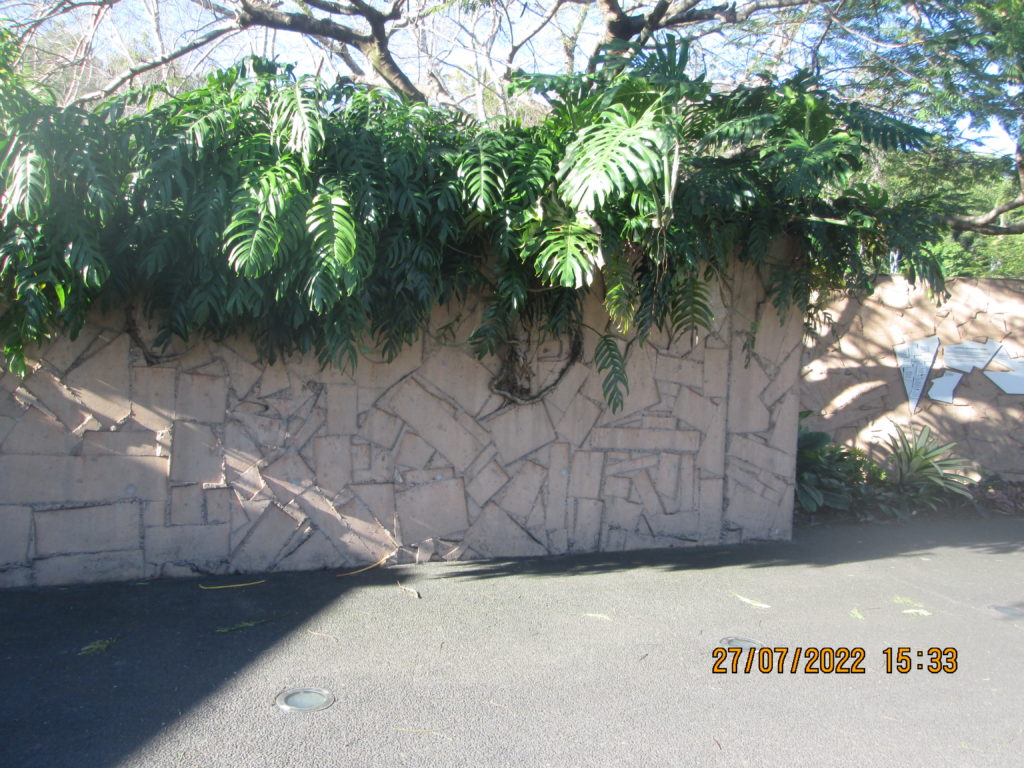
Monstereo as a plant with large leaves draped over the concrete wall.
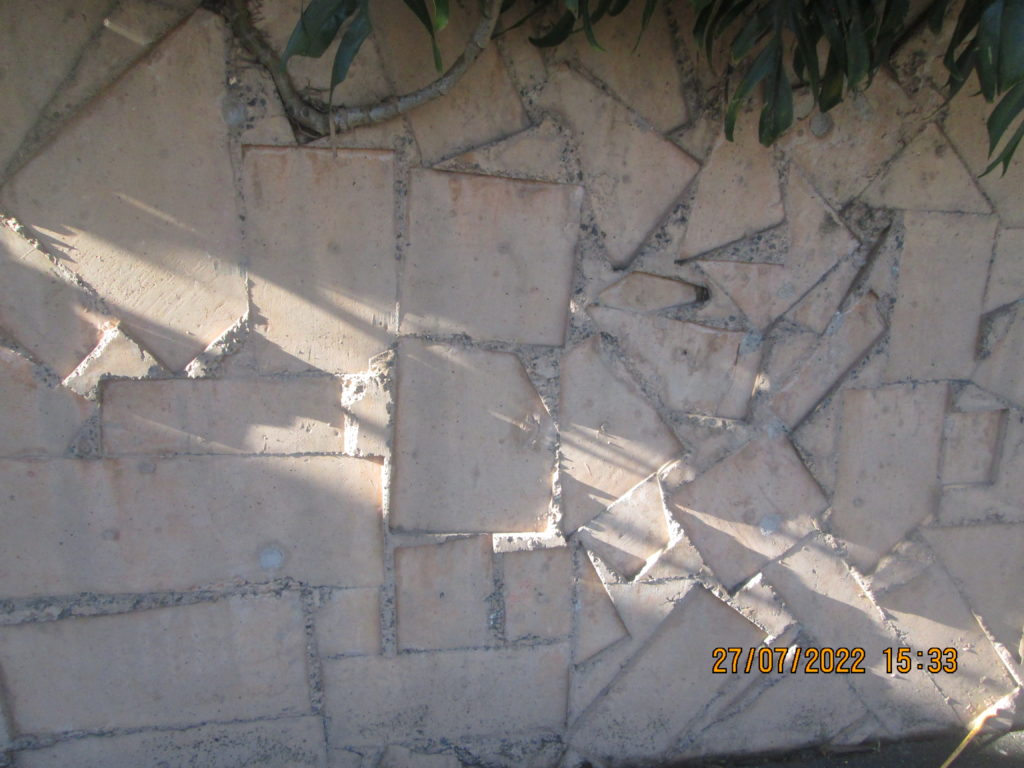
The concrete wall is very interesting. It not poured as a grey plain concrete wall …… it has a sculptural quality about. Instead a grey plain concrete wall with flat surface finish, it is a terracotta colour and with a asymmetrical cladding finish.
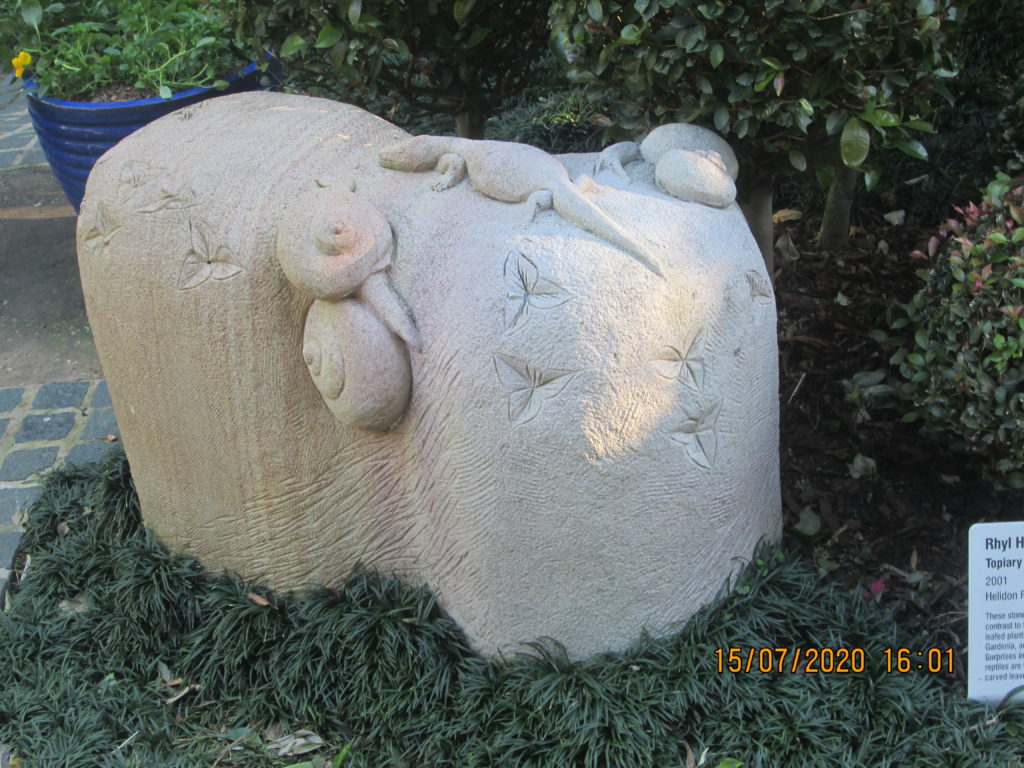
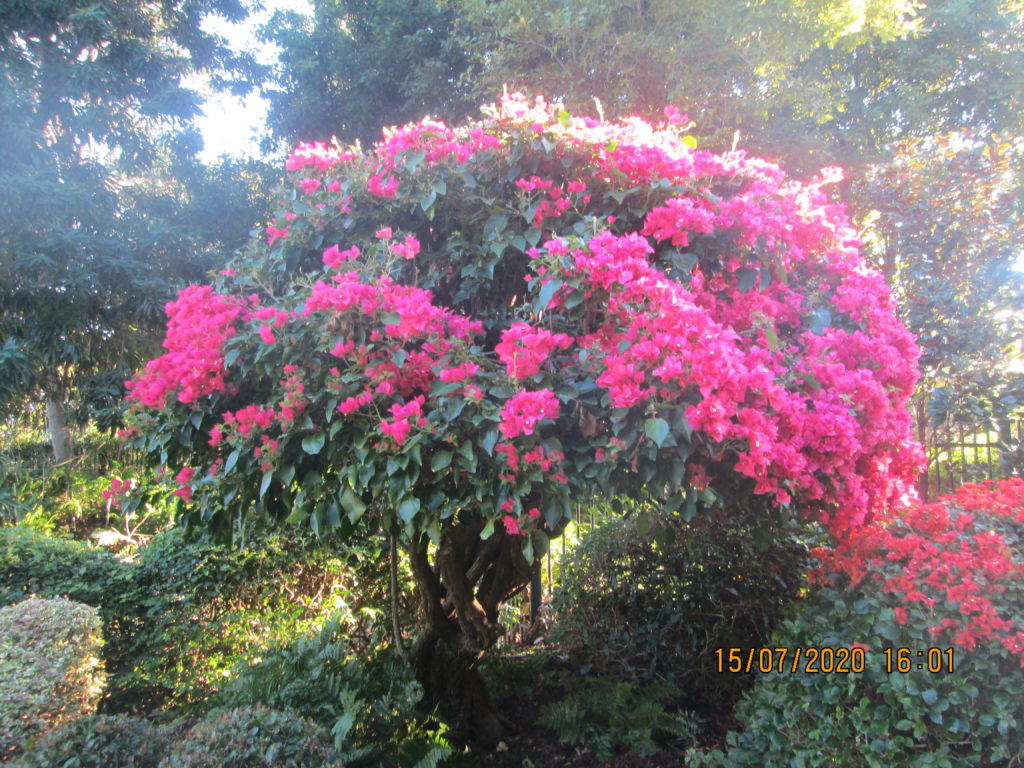
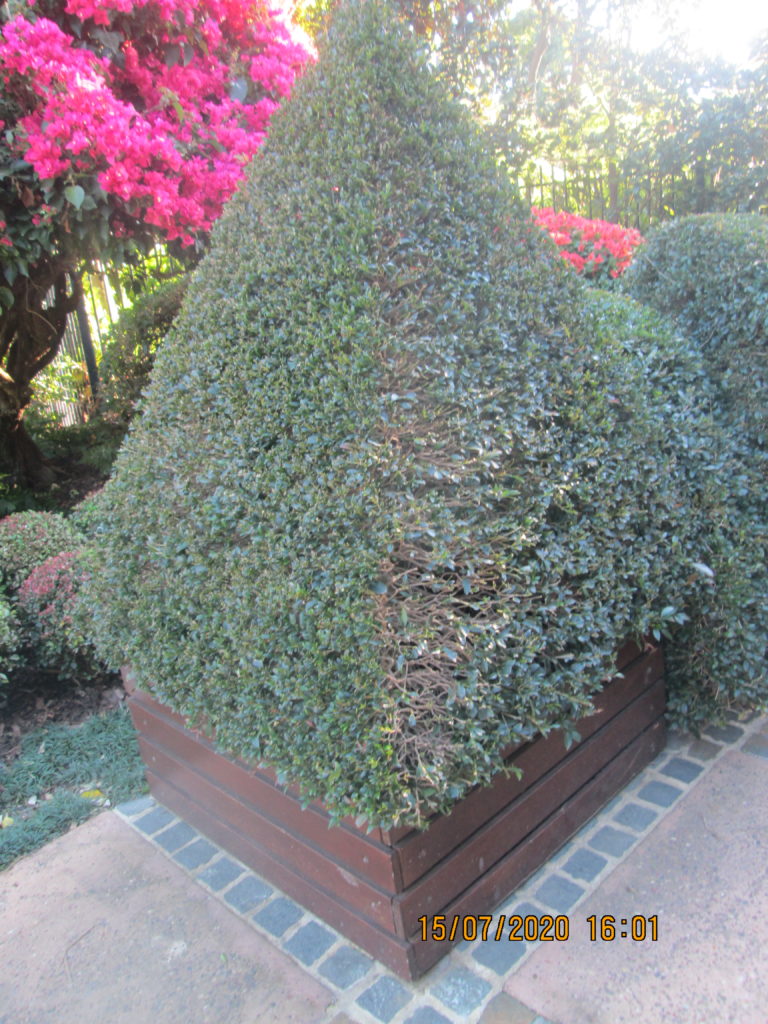
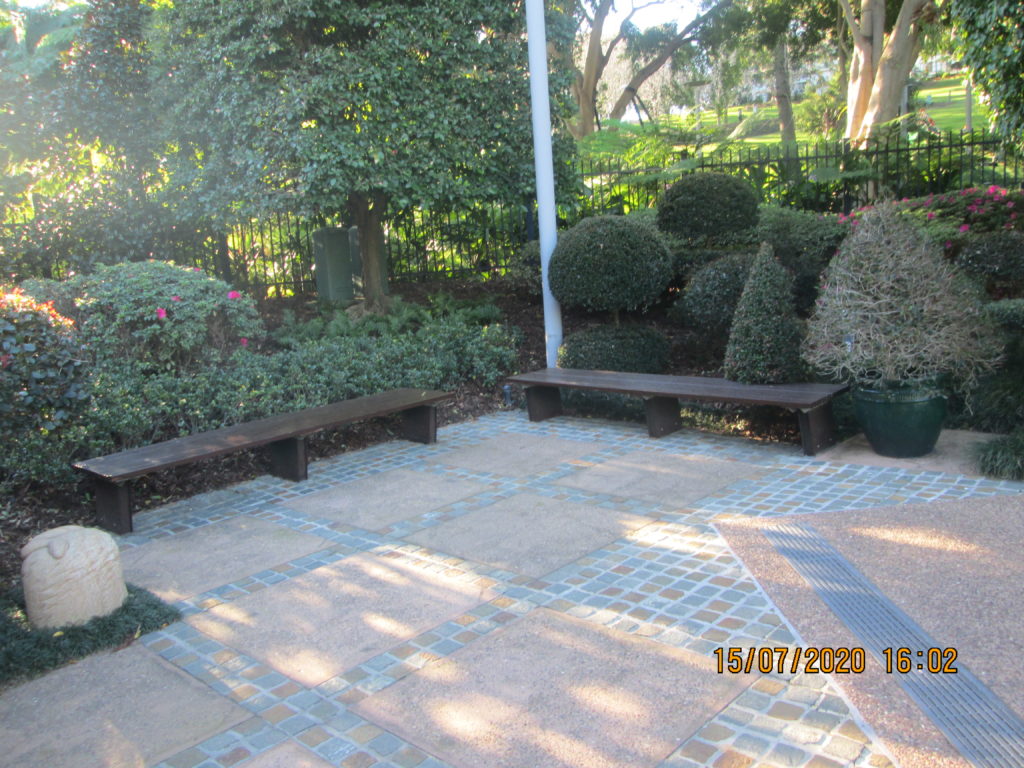
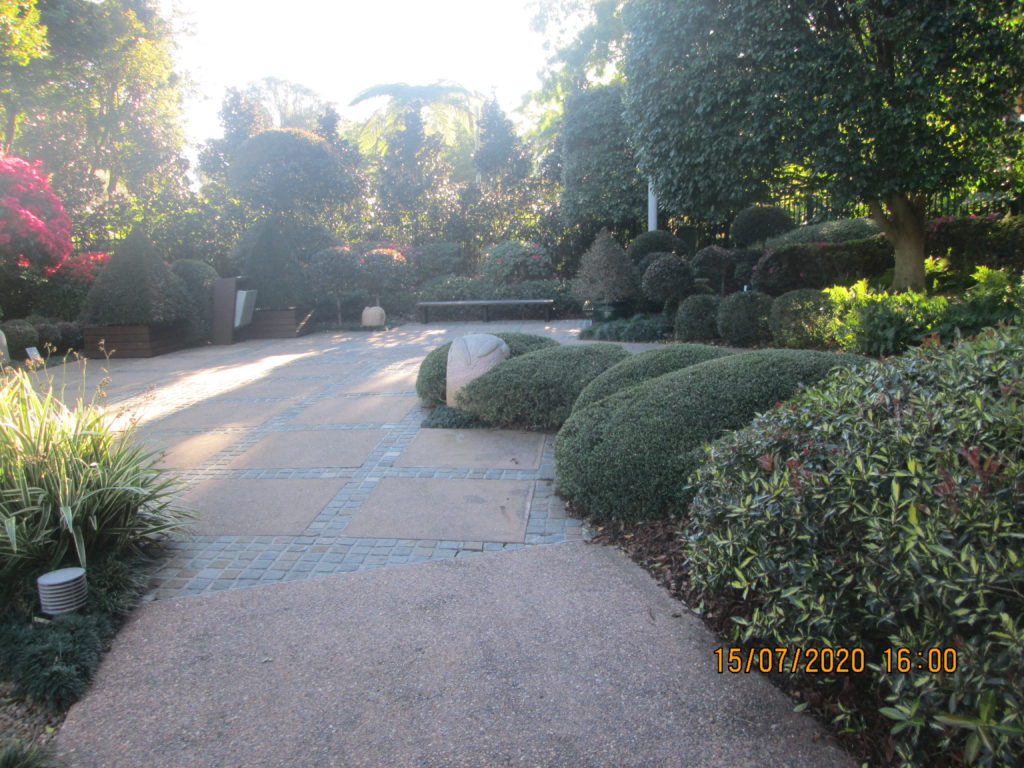
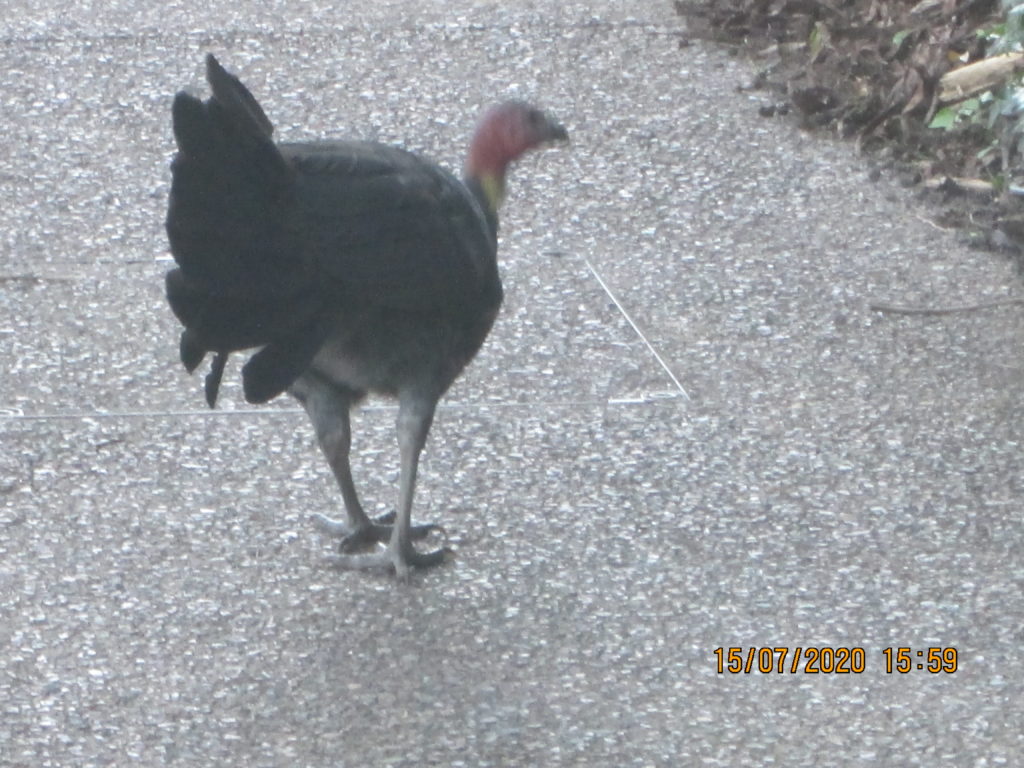
Australian brushturkey
From Wikipedia, the free encyclopedia Jump to navigationJump to search
| Australian brushturkey | |
|---|---|
| Conservation status | |
 Least Concern (IUCN 3.1)[1] | |
| Scientific classification | |
| Kingdom: | Animalia |
| Phylum: | Chordata |
| Class: | Aves |
| Order: | Galliformes |
| Family: | Megapodiidae |
| Genus: | Alectura Latham, 1824 |
| Species: | A. lathami |
| Binomial name | |
| Alectura lathami Gray, 1831 | |
| Subspecies | |
| A. l. purpureicollis (Le Souef, 1898) purple-wattled brush turkey A. l. lathami (GR Gray, 1831) Australian brushturkey |
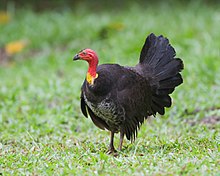
Cairns, Queensland, Australia
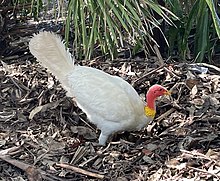
‘Mr Albines’, a male Australian brushturkey (albino) in Noosa, Queensland, Australia
The Australian brushturkey or Australian brush-turkey or gweela (Alectura lathami), also frequently called the scrub turkey or bush turkey, is a common, widespread species of mound-building bird from the family Megapodiidae found in eastern Australia from Far North Queensland to Eurobodalla on the South Coast of New South Wales. The Australian brushturkey has also been introduced to Kangaroo Island in South Australia. It is the largest extant representative of the family Megapodiidae, and is one of three species to inhabit Australia.
Despite its name and their superficial similarities, the bird is not closely related to American turkeys, nor to the Australian bustard, which is also known as the bush turkey. Its closest relatives are the wattled brushturkey, Waigeo brushturkey, and malleefowl.
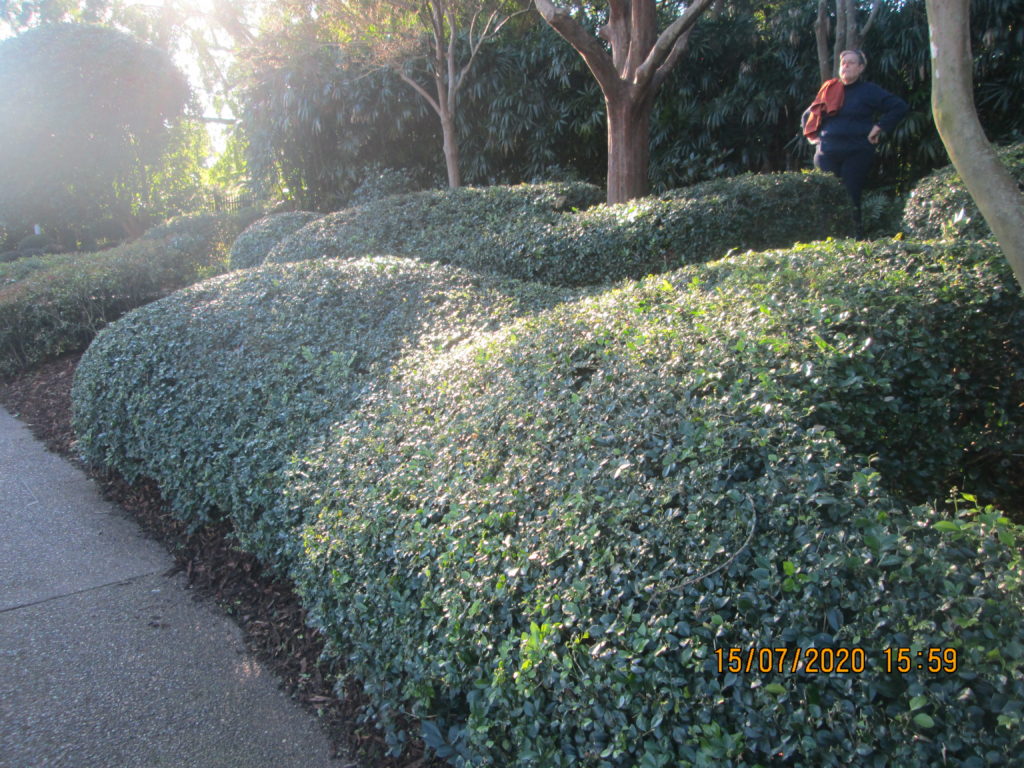
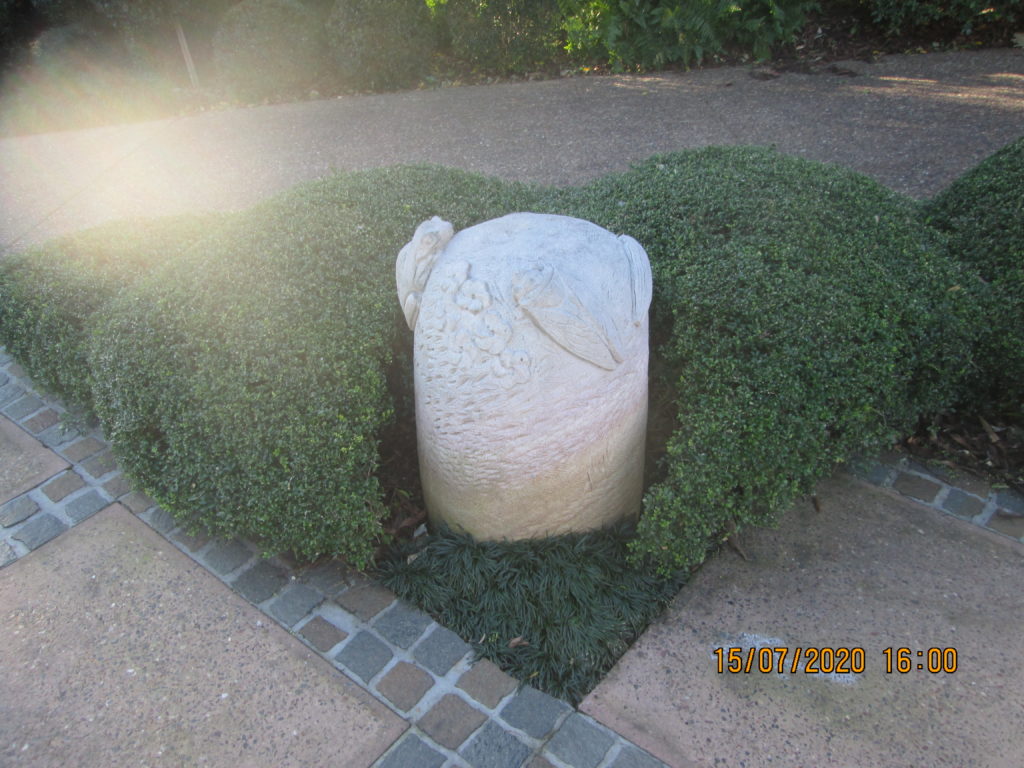
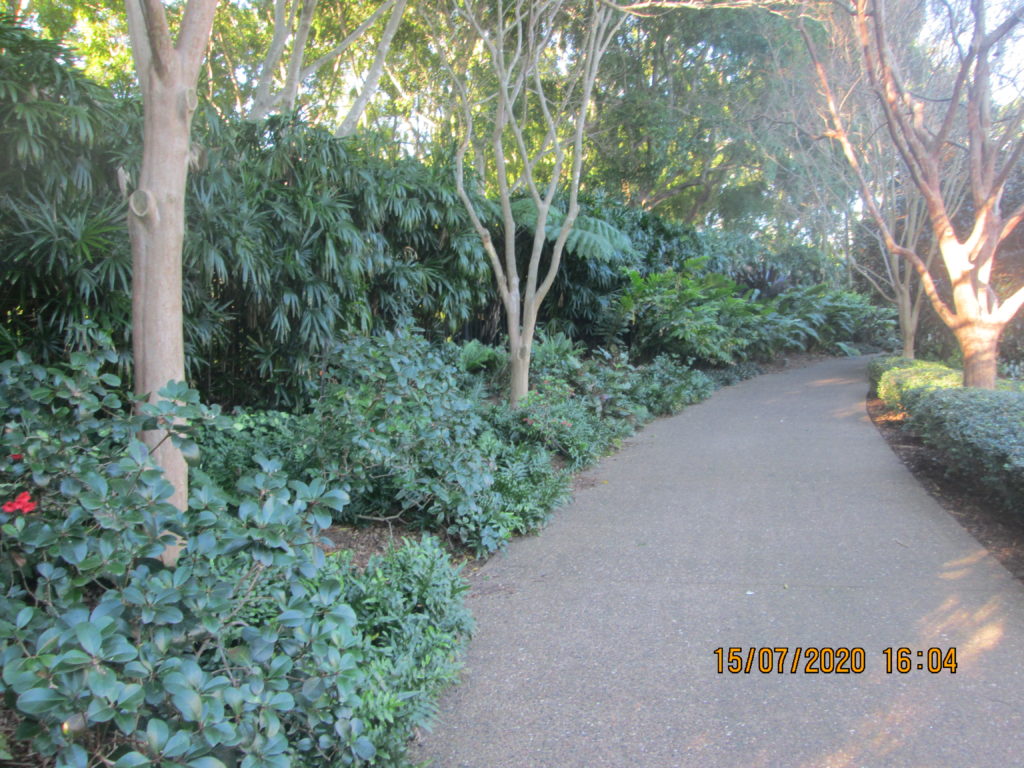
Tall subtropical shrubs as you walk up to the entrance to the gardens
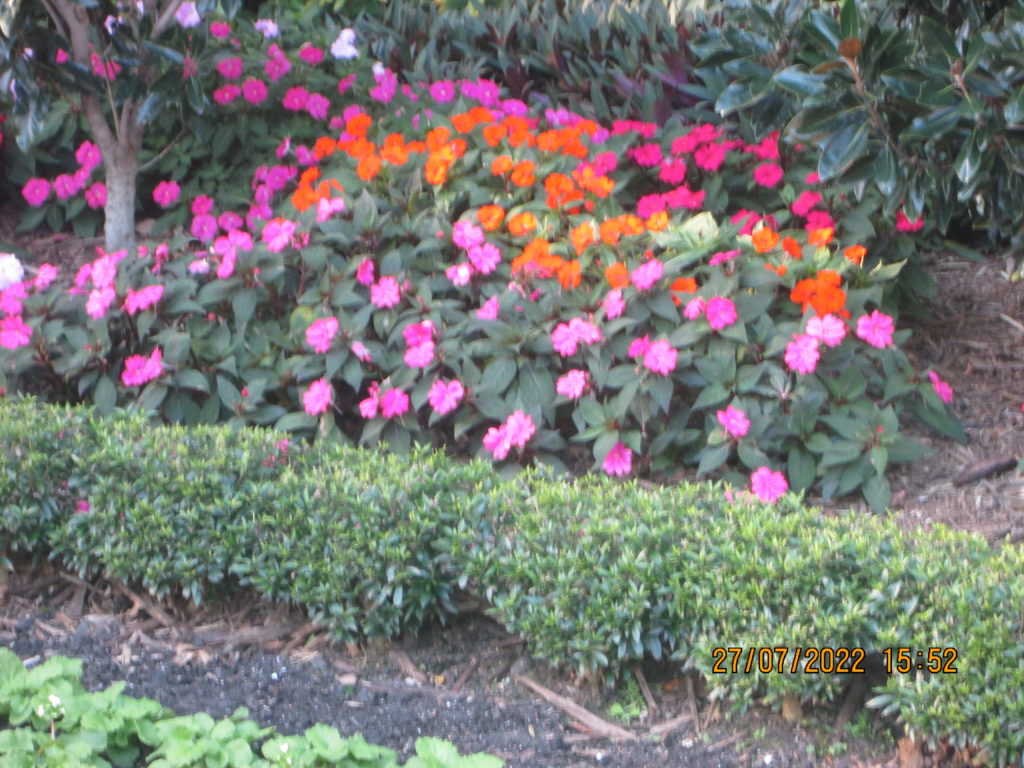
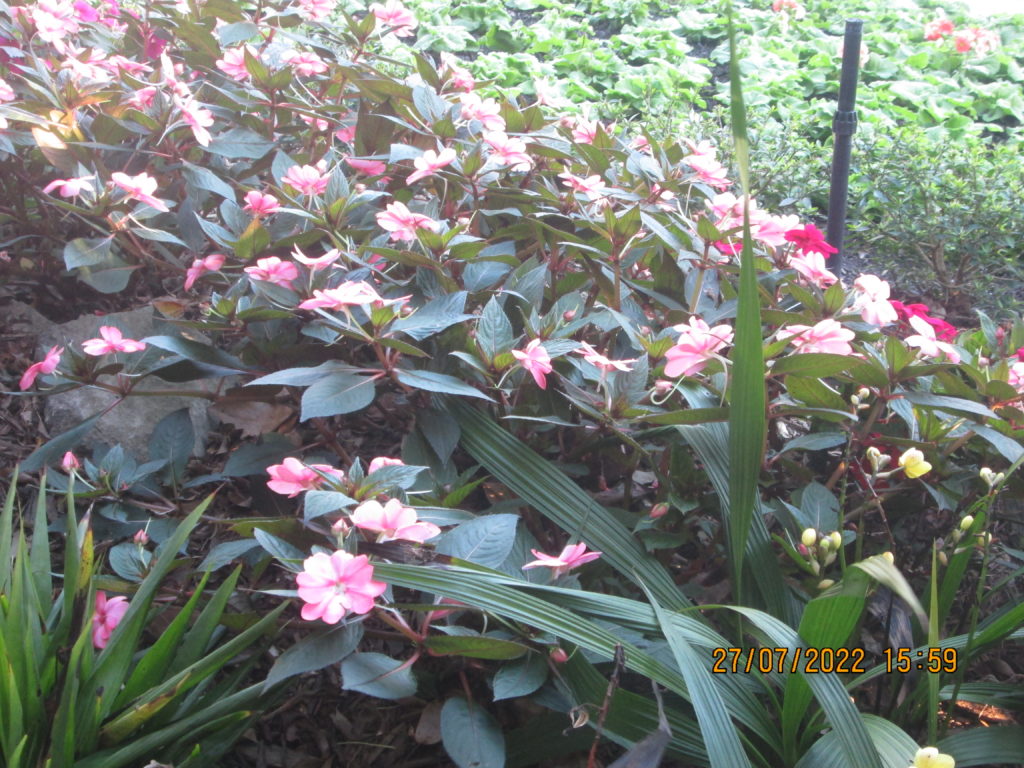
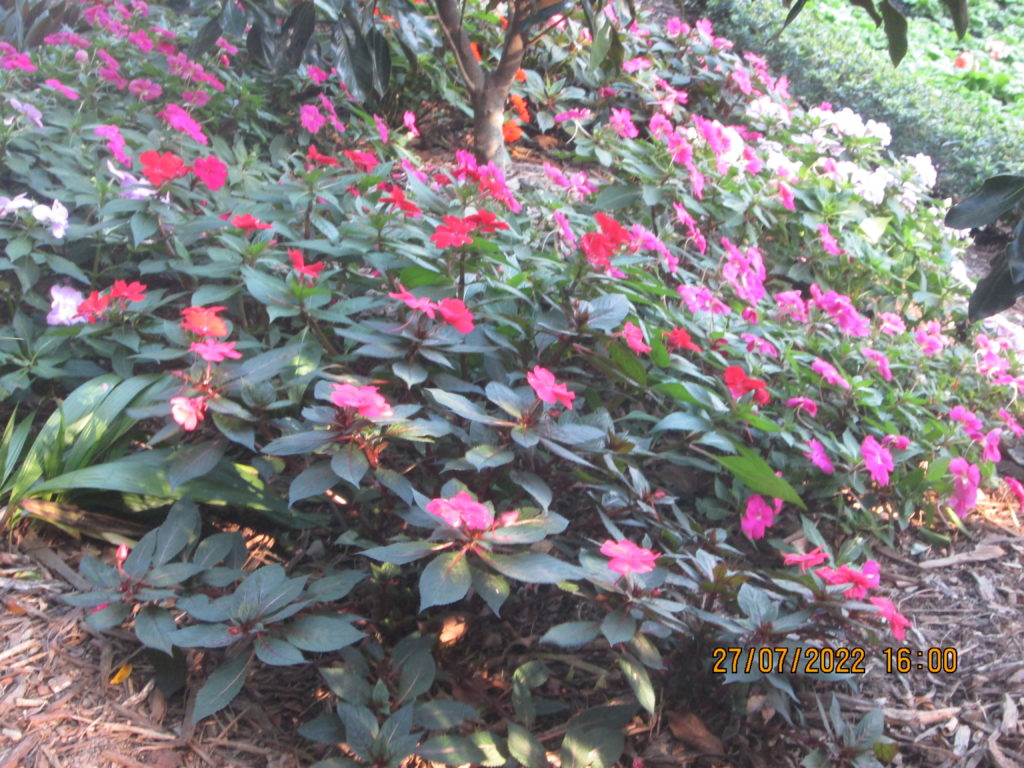
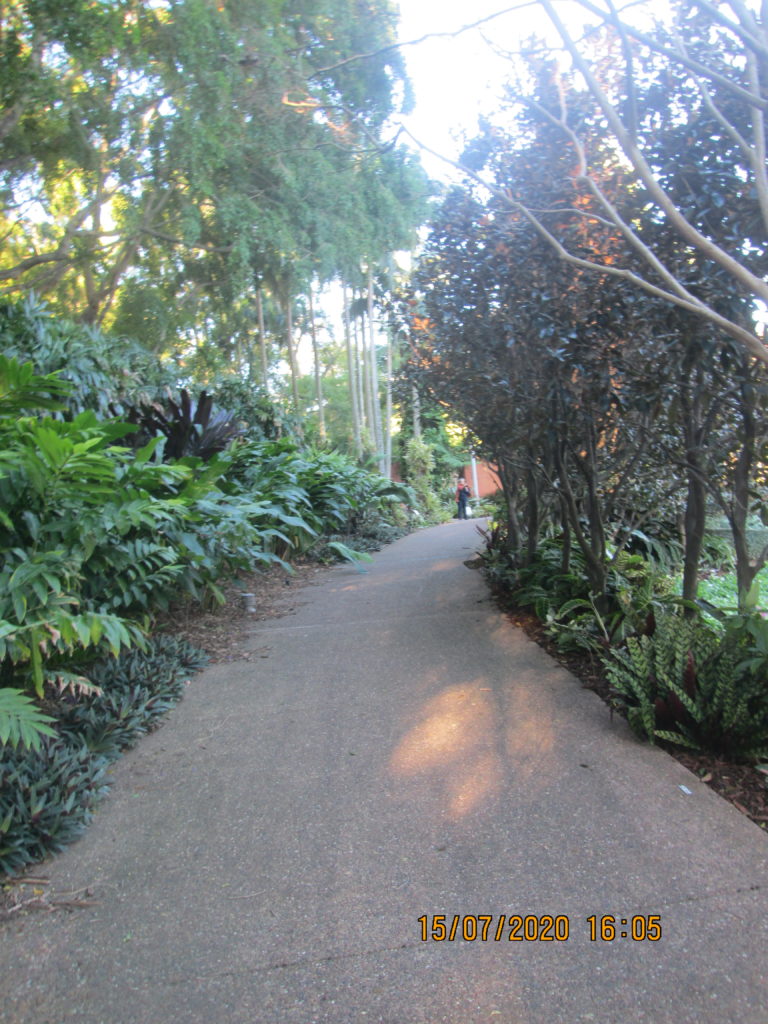
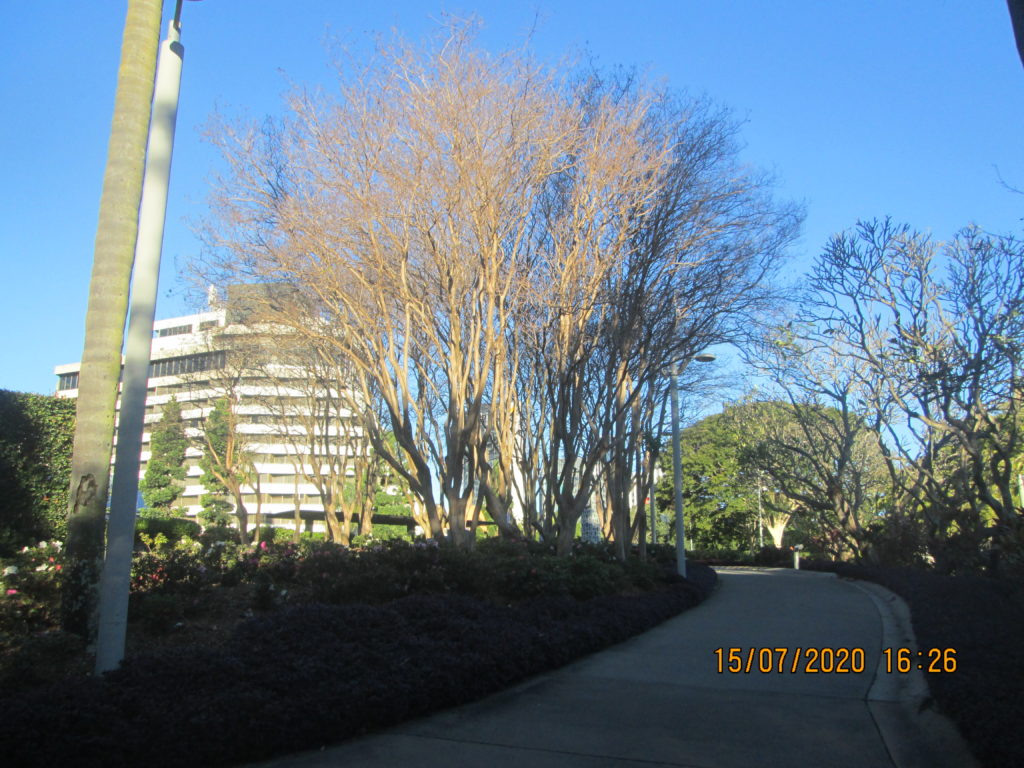

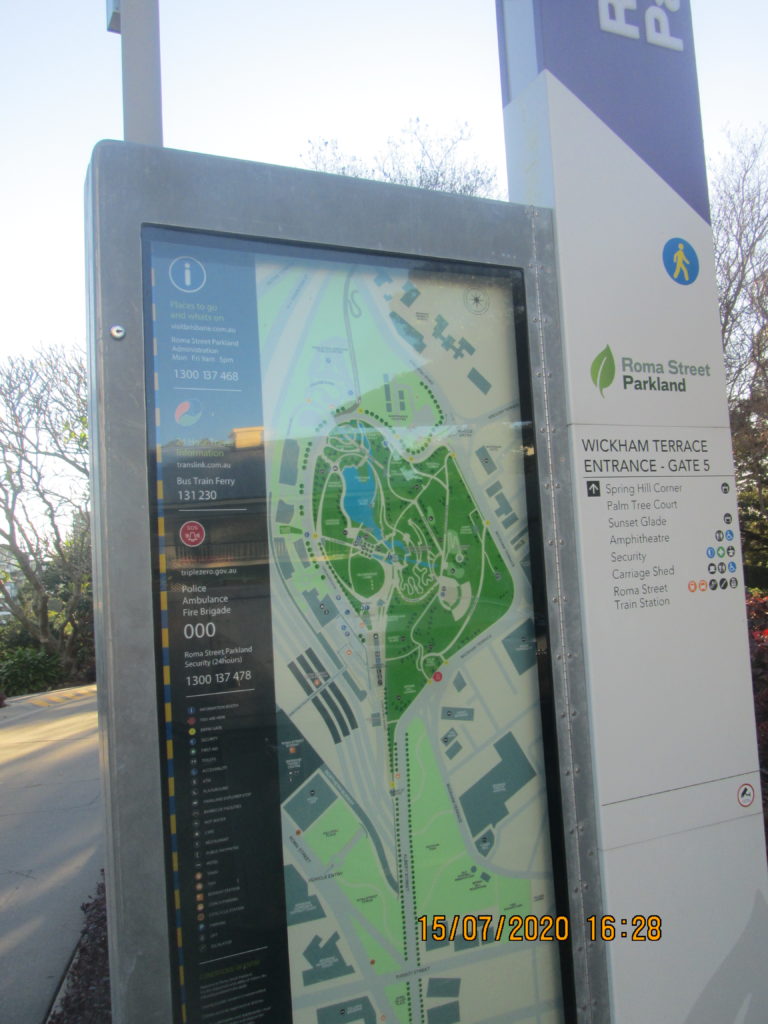
After a long walk, the path leads to the Wickham Terrace Entry = the fifth entry point.
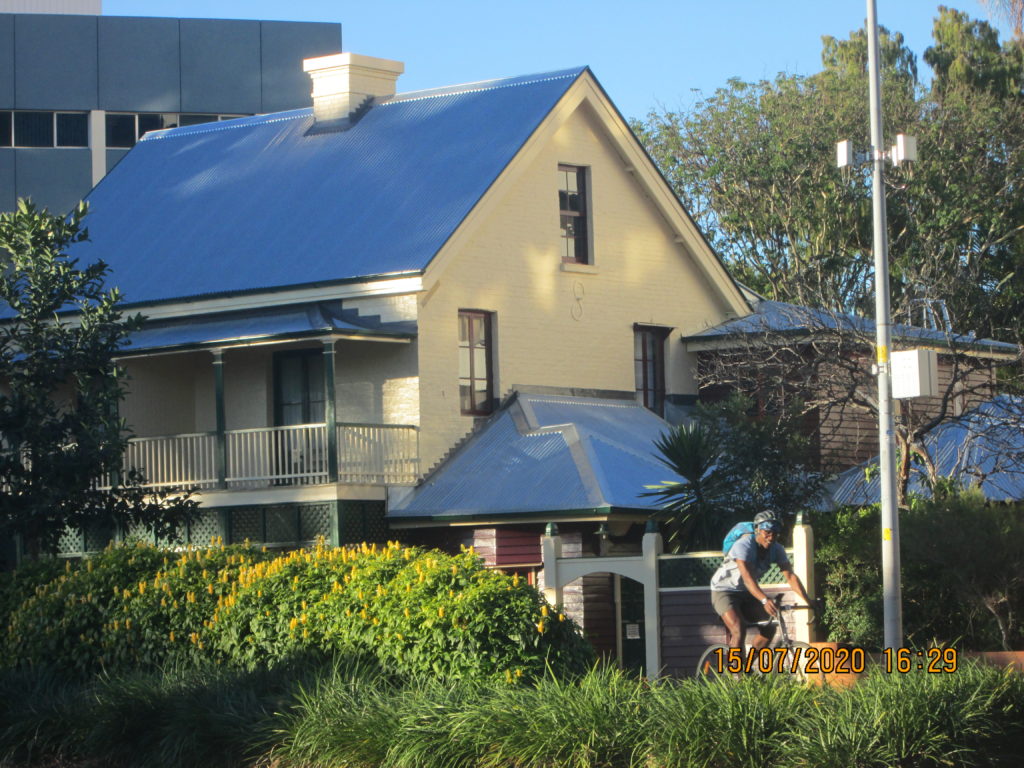
A house across the other side of Wickham Terrace. The straight constructed lines in the house are in sharp contrast to the informal organic lines of shrubs and trees.
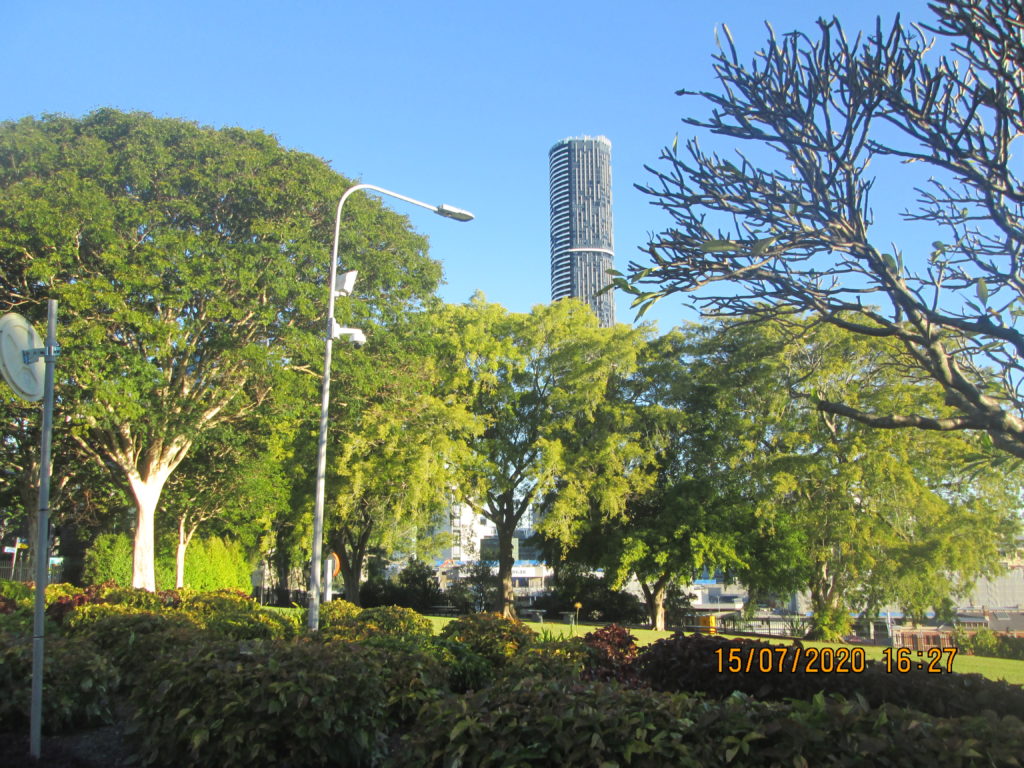
As with the house above, the machine built shape of the distant skyscraper is in direct contrast to the informal organic lines of shrubs and trees. It is a pleasure to intermittently get away from the machine culture of the city.
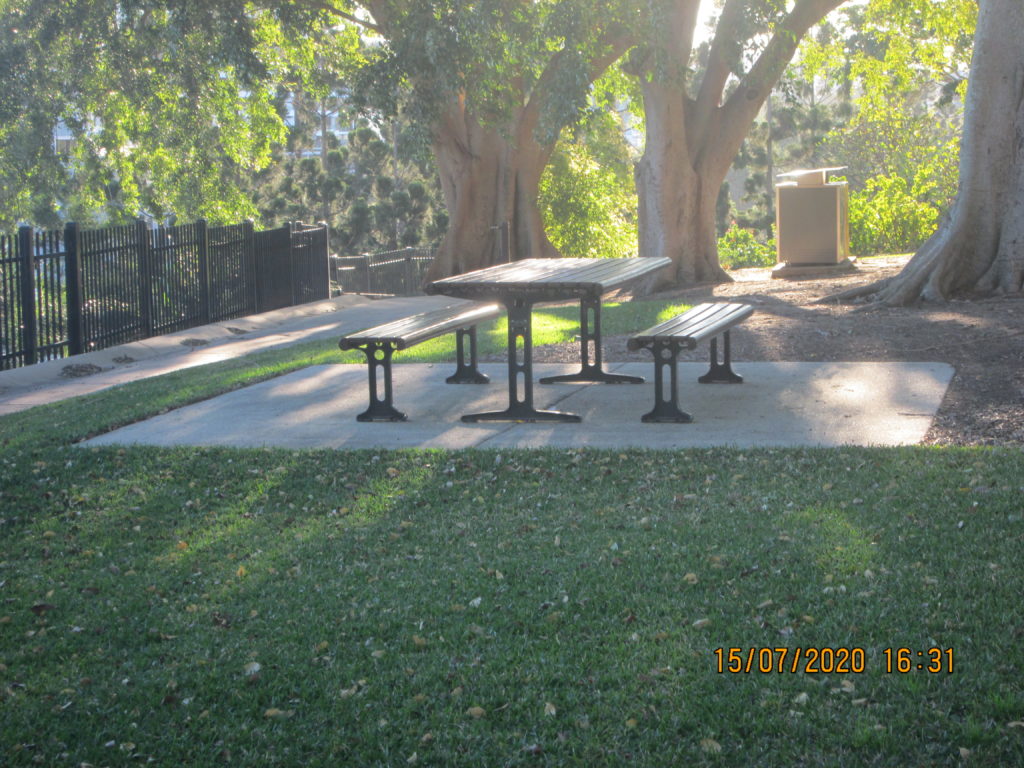
Picnic table and seats at the Wickham Terrace end of the garden.
_________________________________________________________________________________________________________
Bridge Across the Gardens:
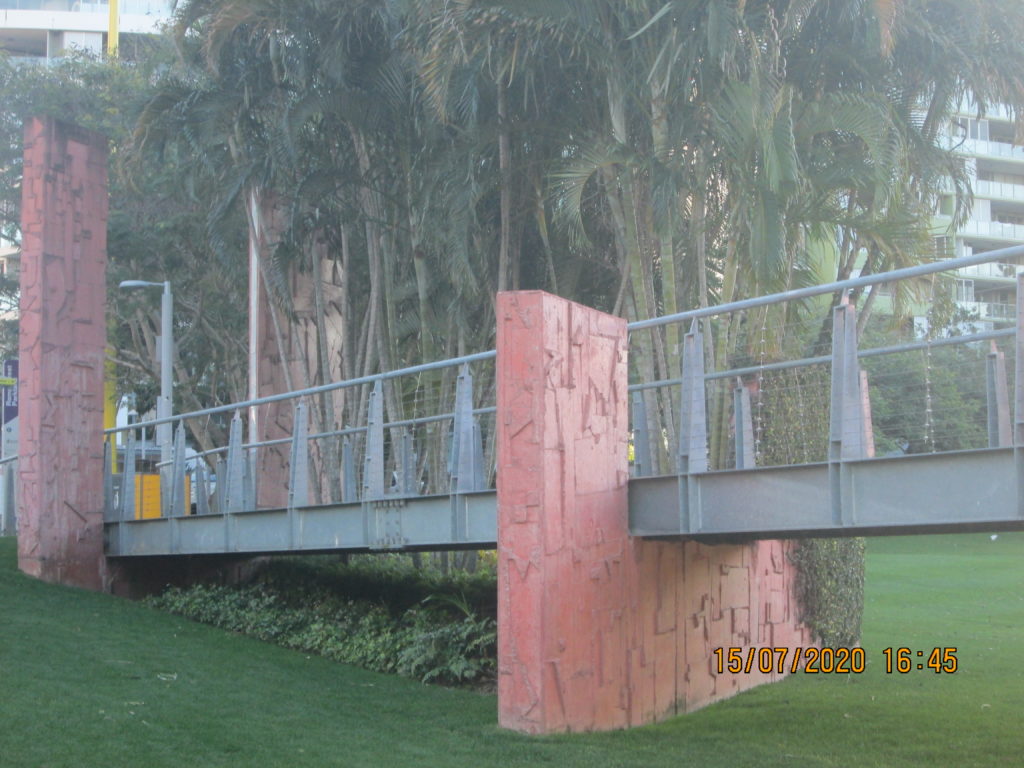
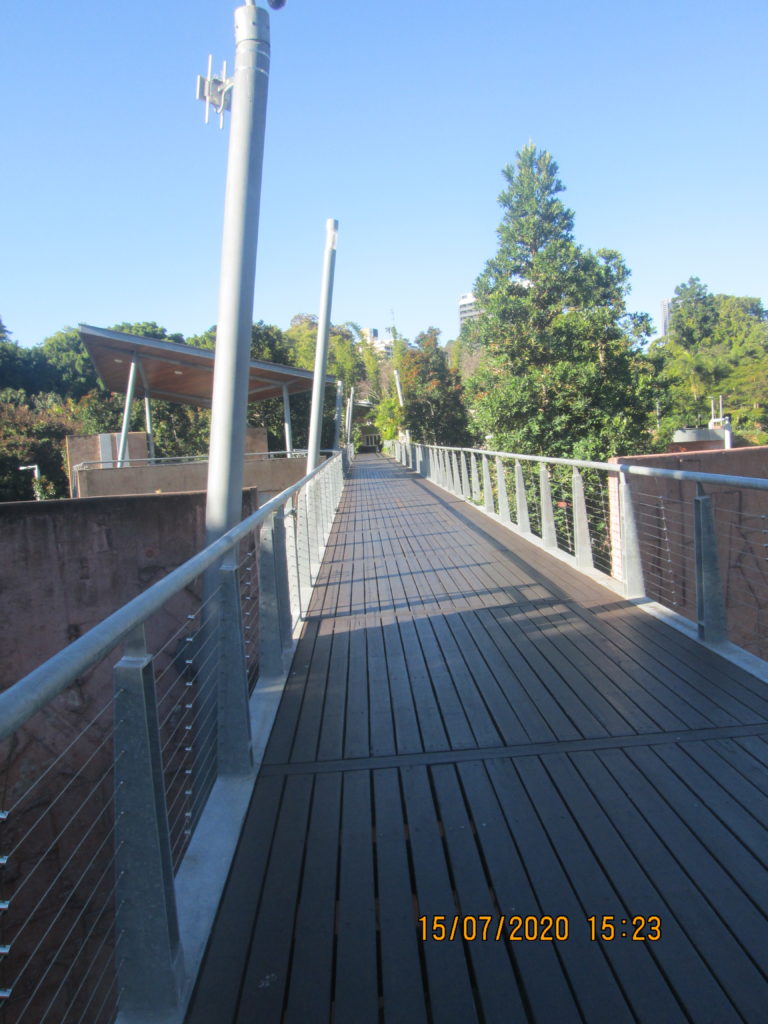
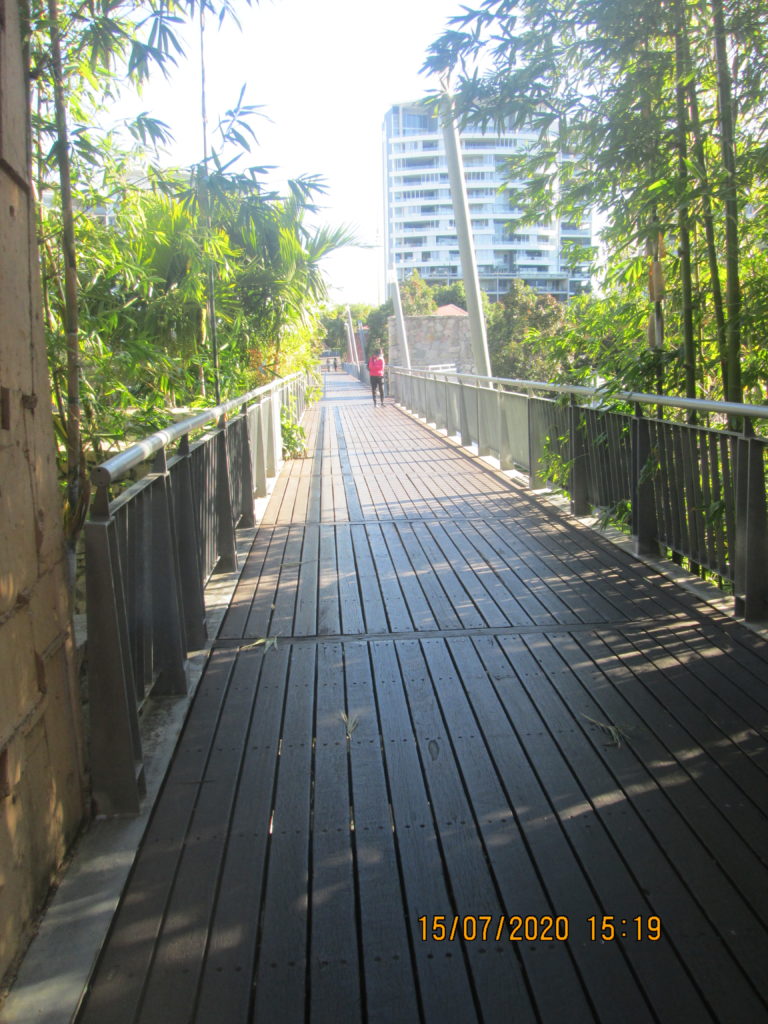
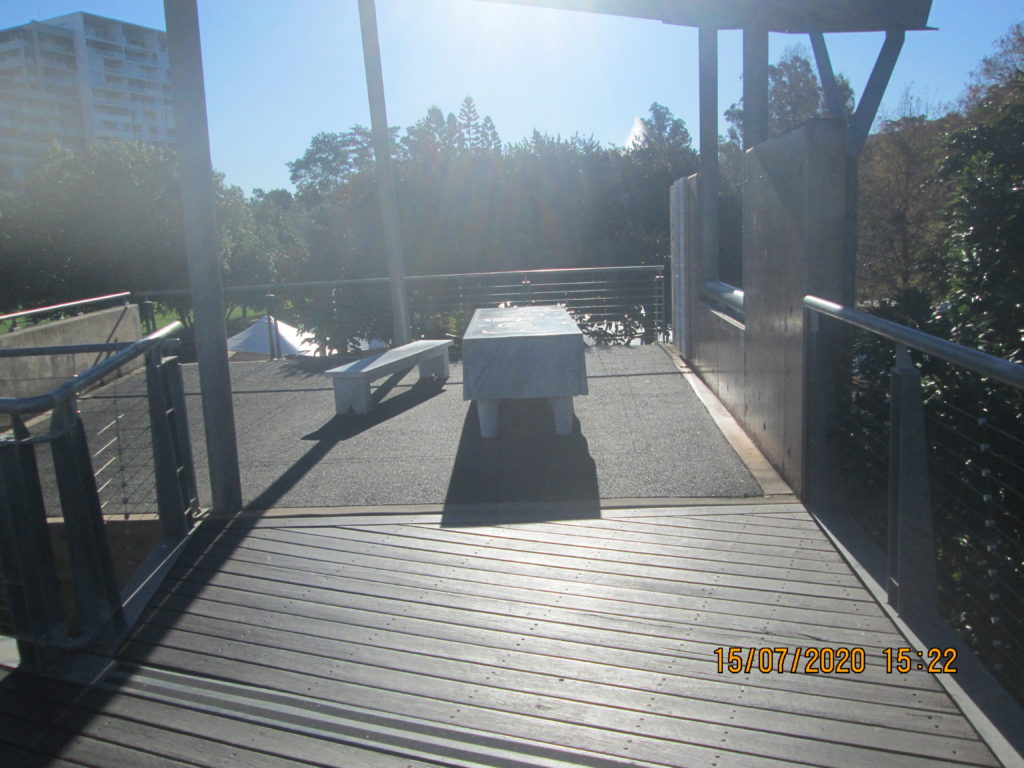
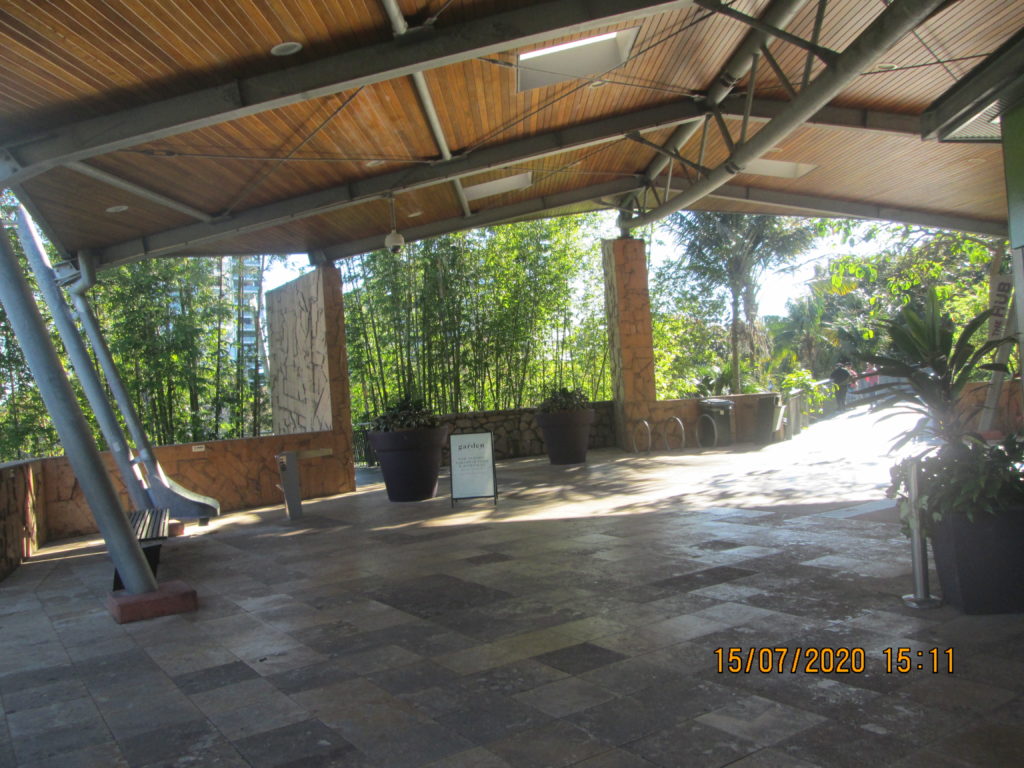
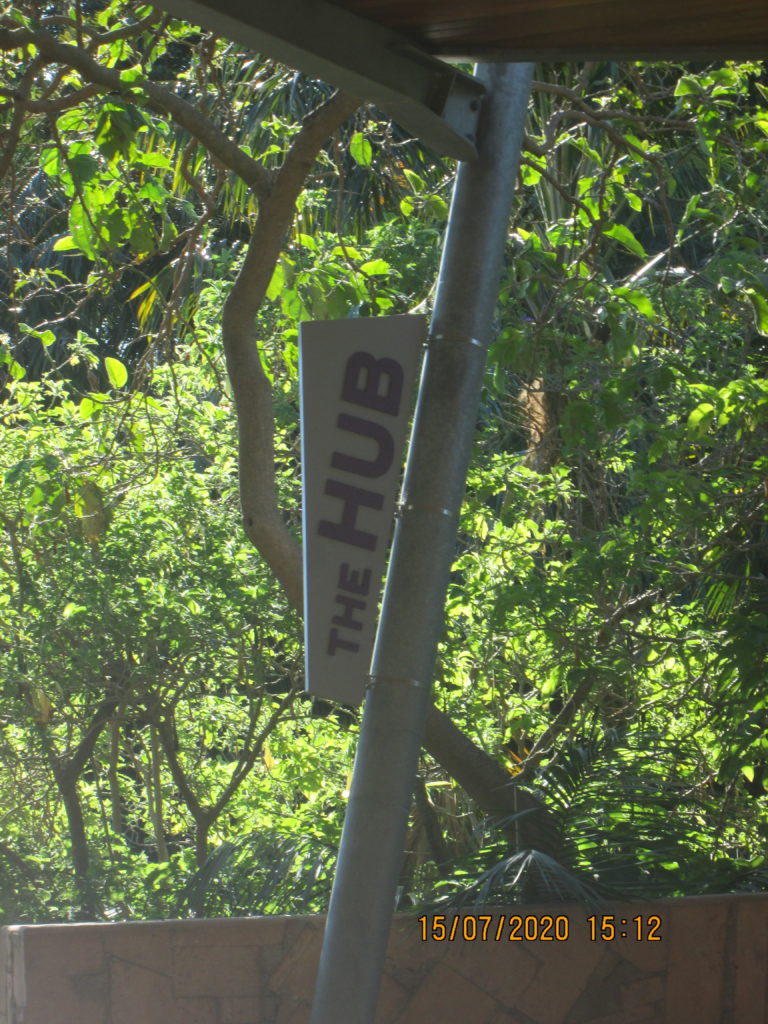
______________________________________________________________________________
Open Spaces:
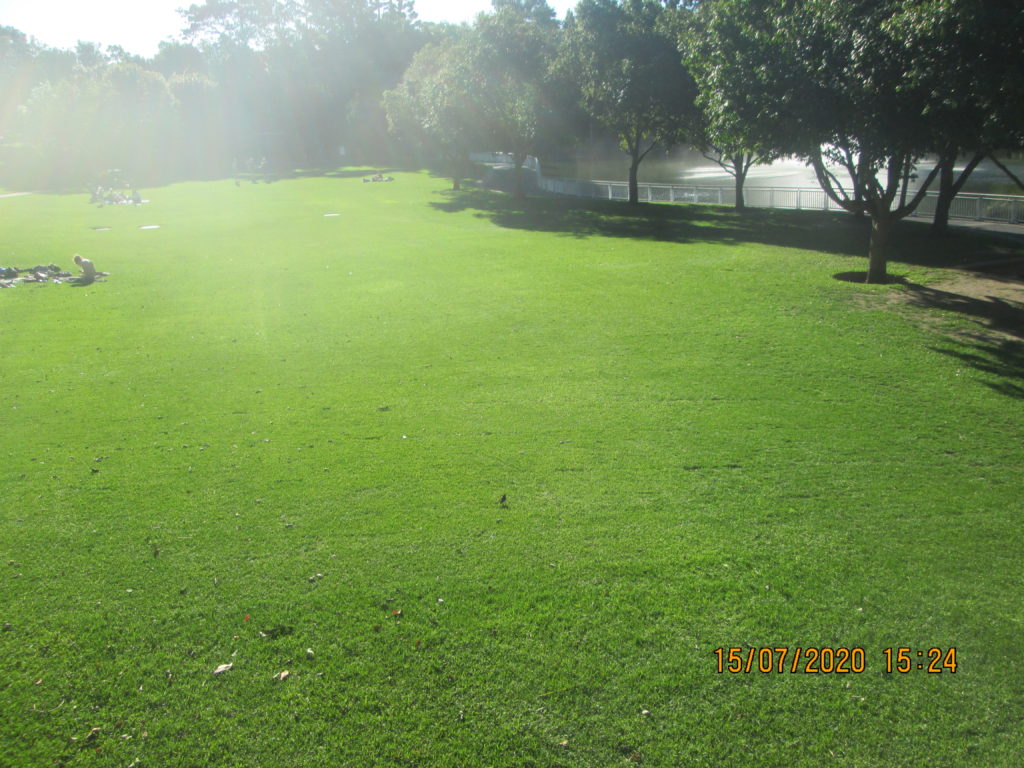
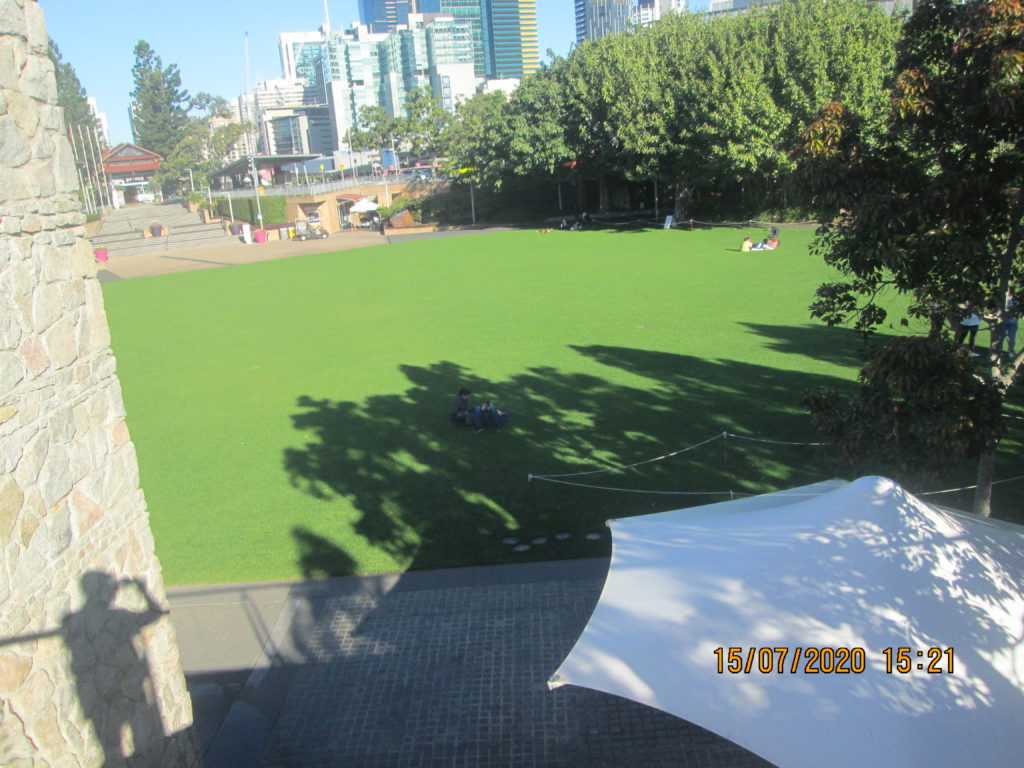
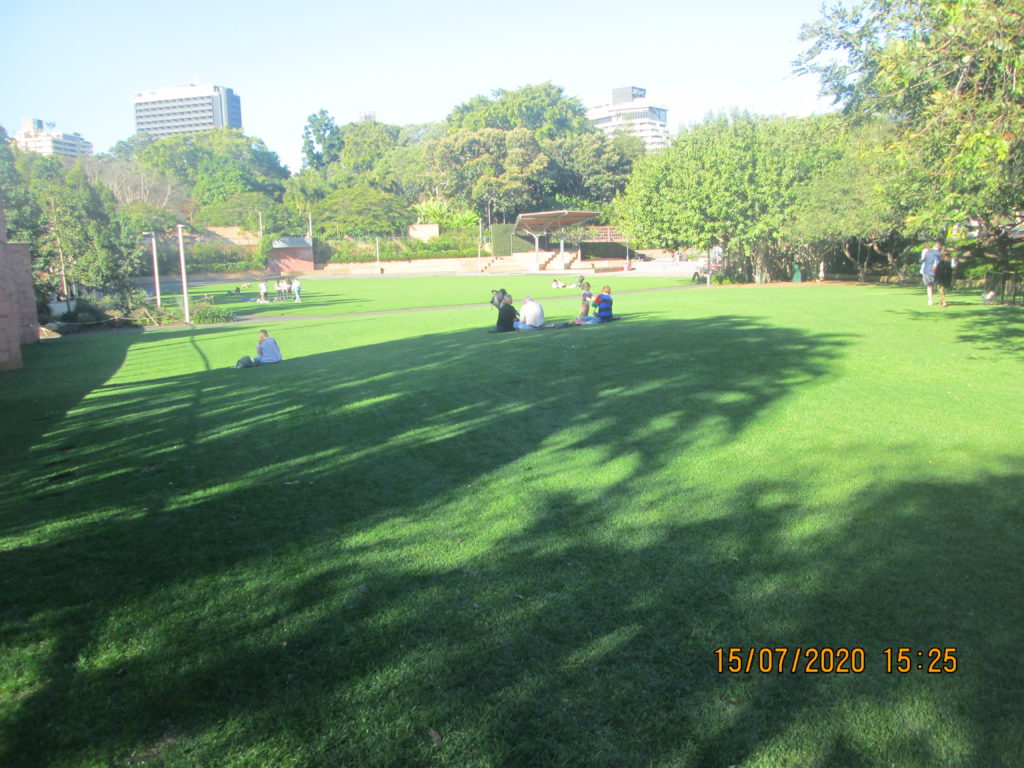
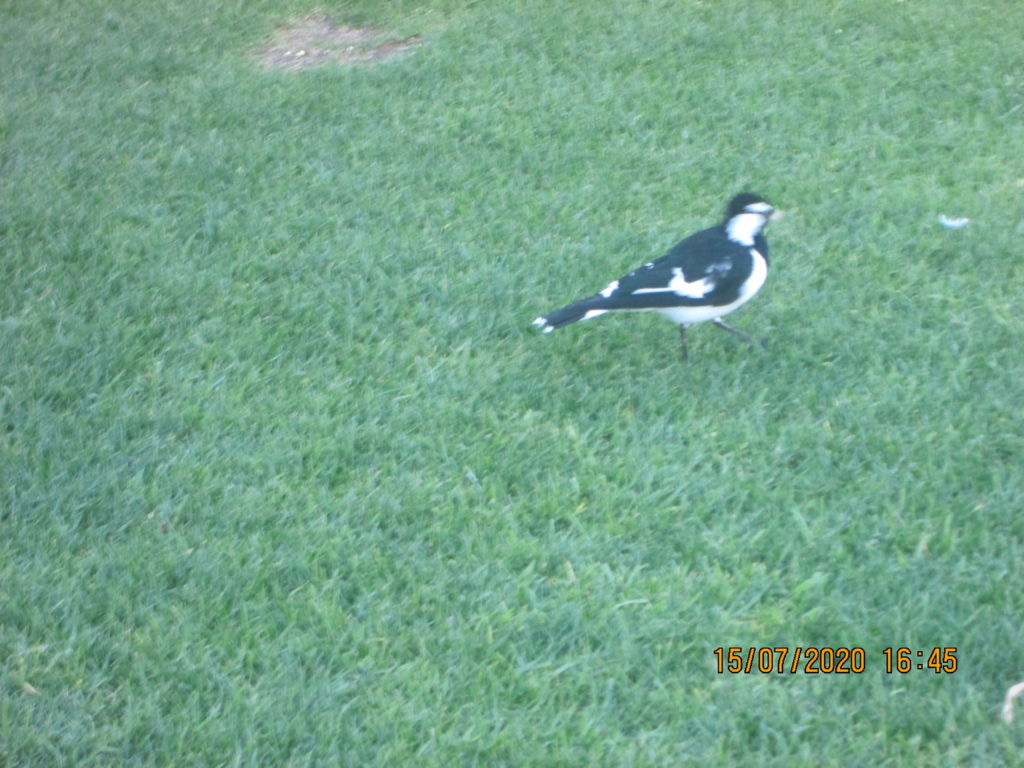
______________________________________________________________________________
LAKE, PICNIC, and BBQ Areas:
The Central Lake ….. collects all the rainwater runoff in the Garden which then is used for:
# Irrigation of the whole garden
# A central aesthetic centre to the garden
# The water is reticulated as streams and waterfalls
_______________________________________
The Central Lake:
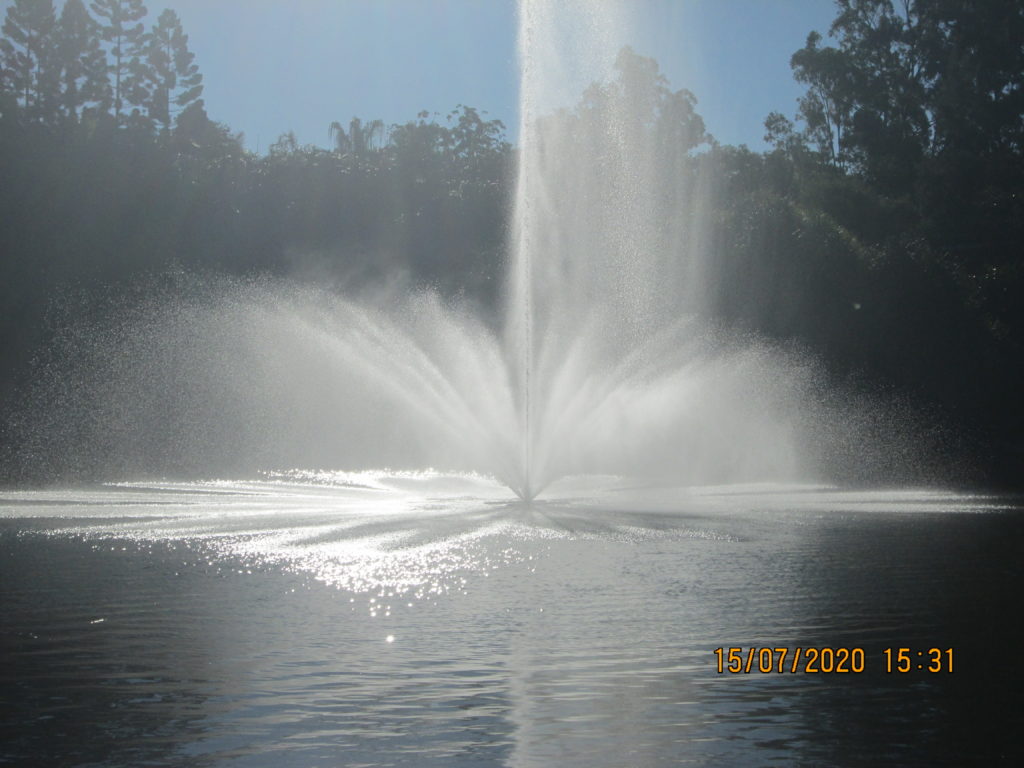
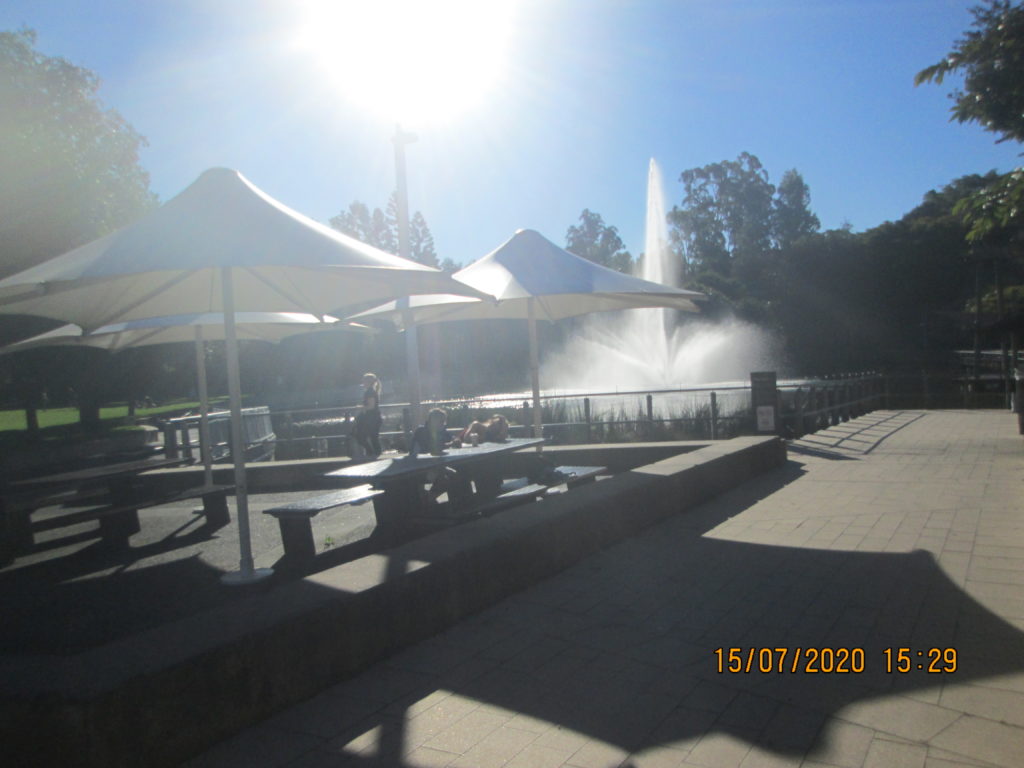
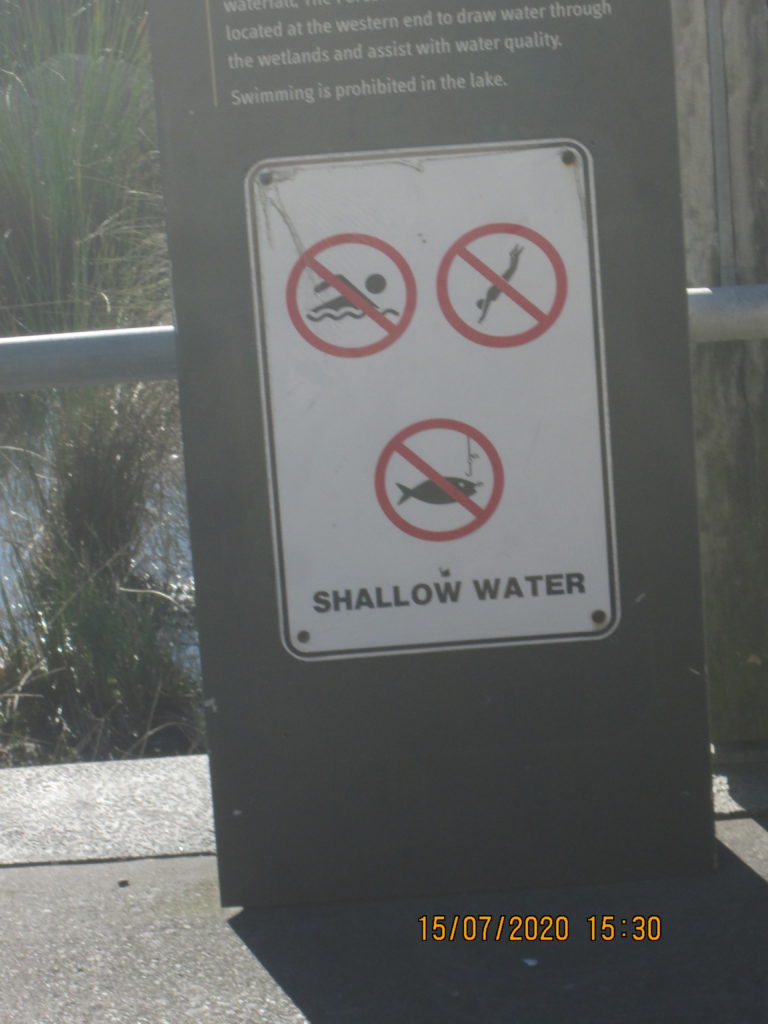
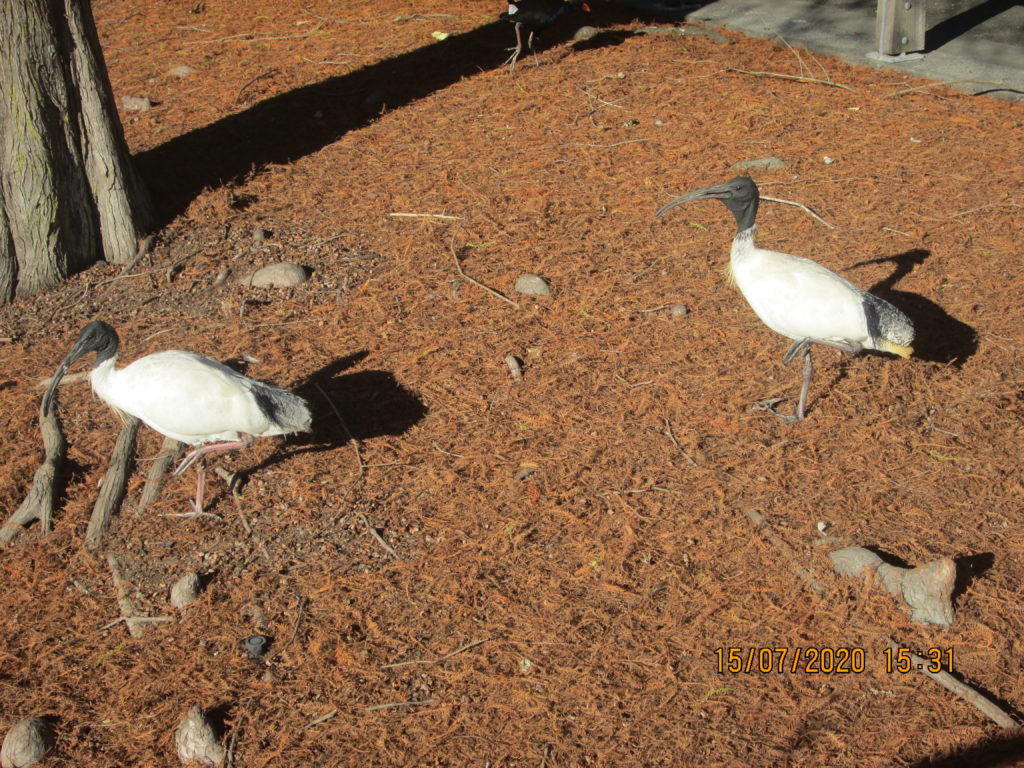
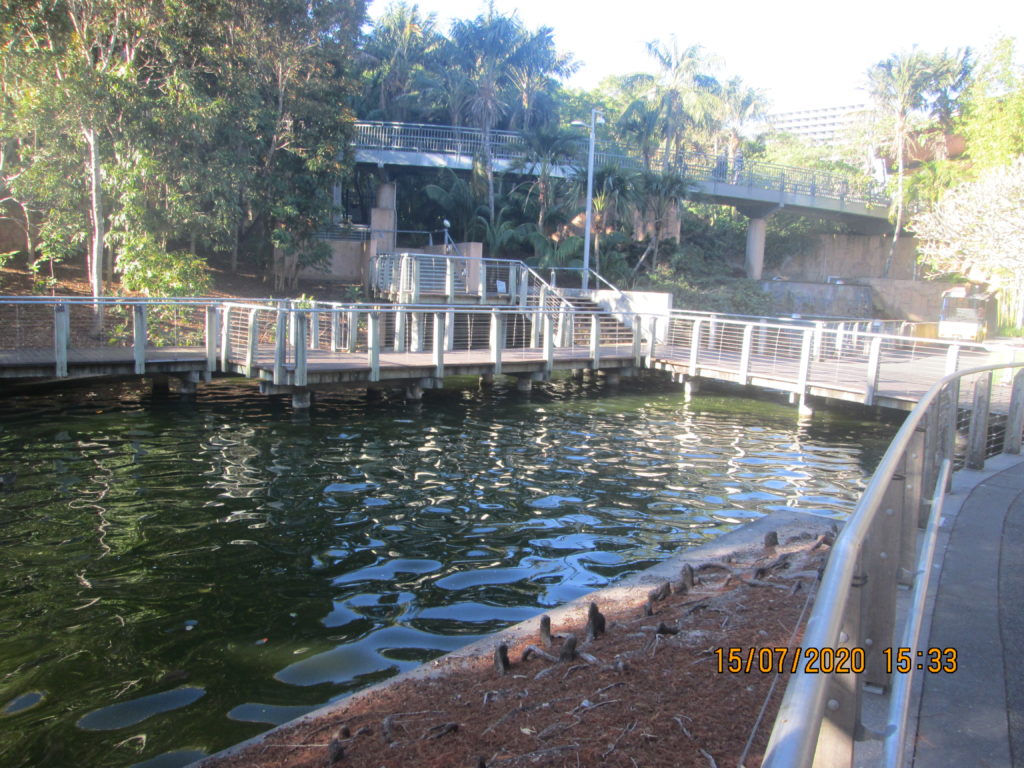
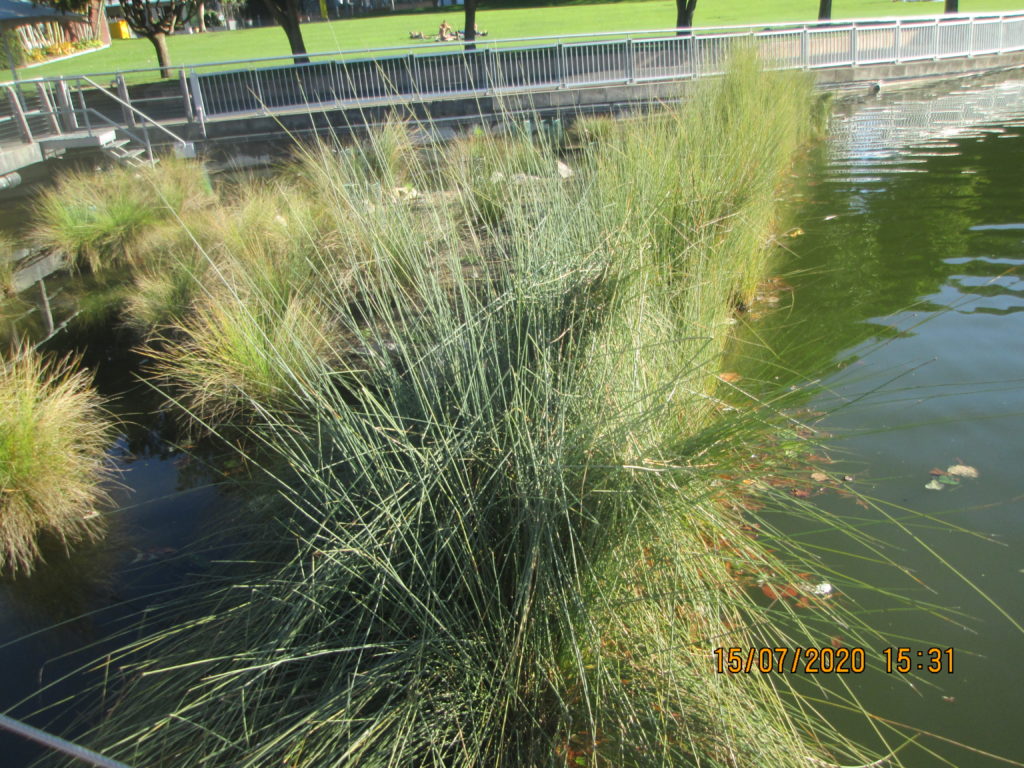

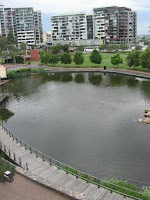
______________________________________________________________________________
LAKESIDE PICNIC, and BBQ Areas:
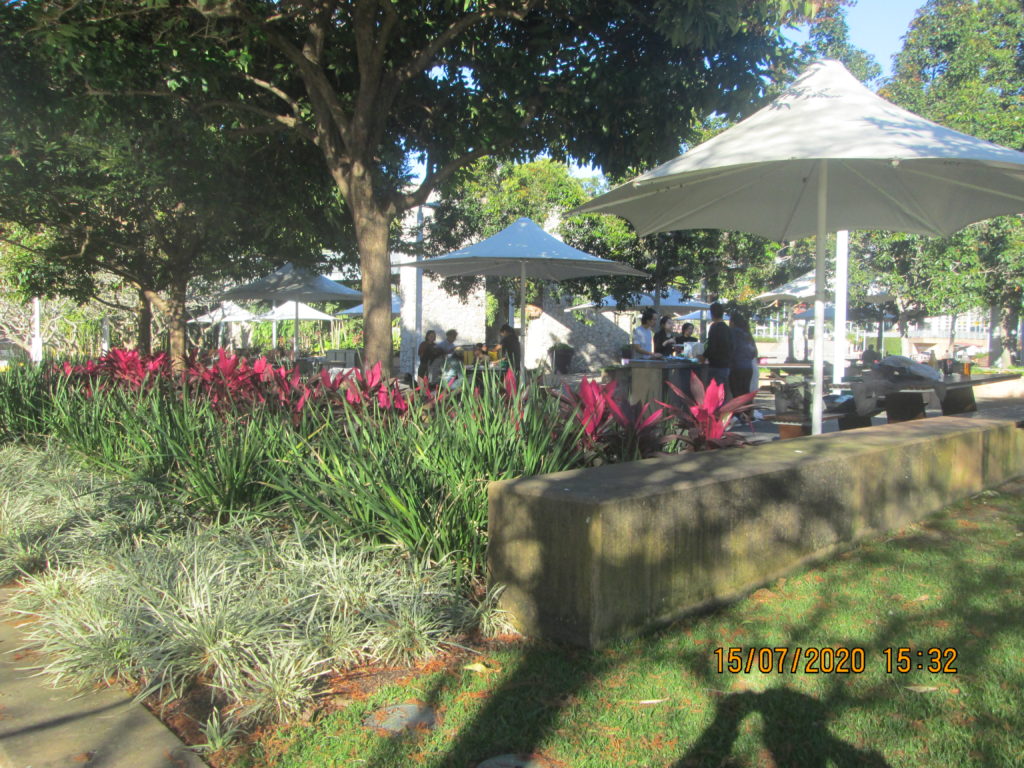
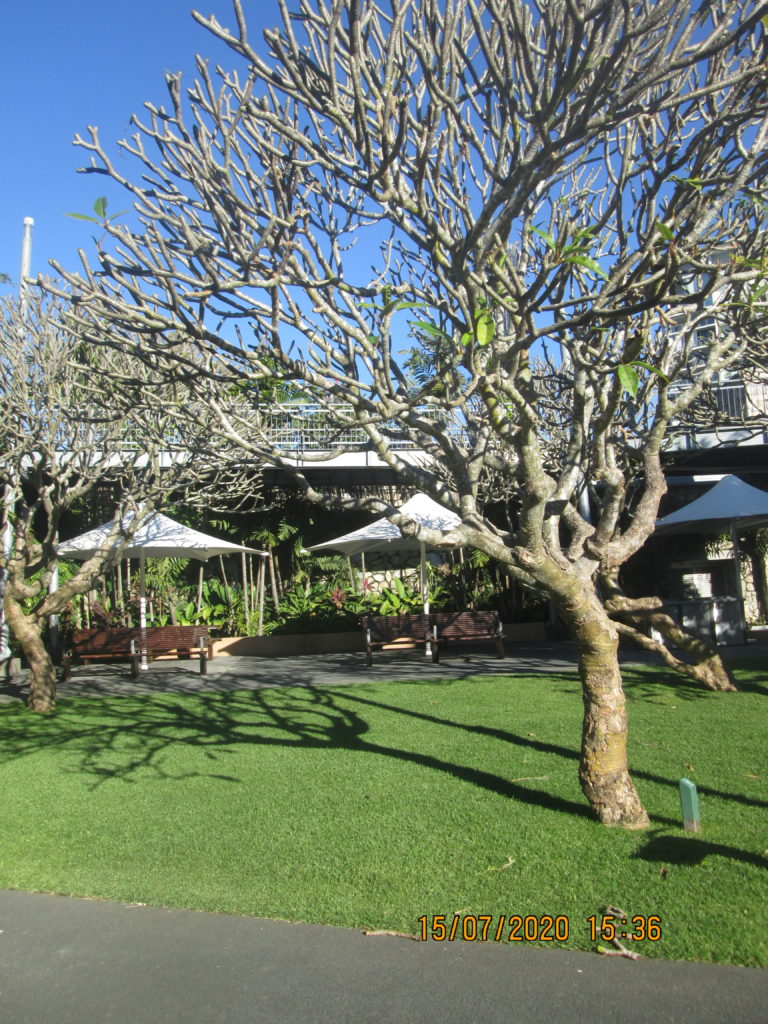
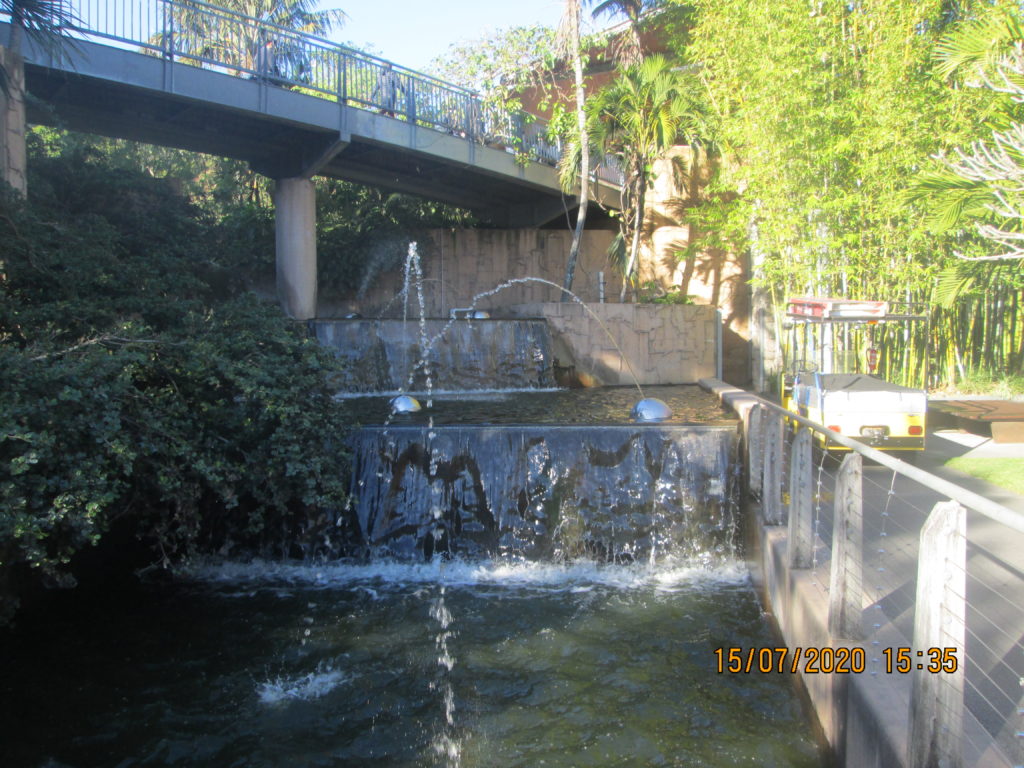

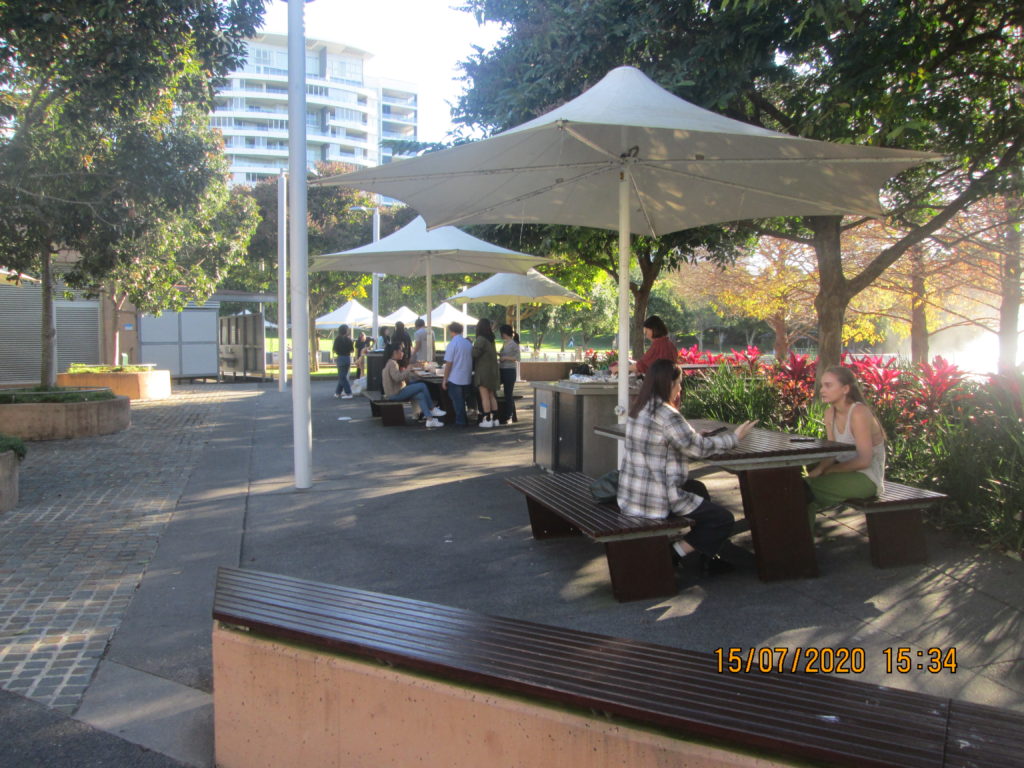

______________________________________________________
THE GARDEN CAFE
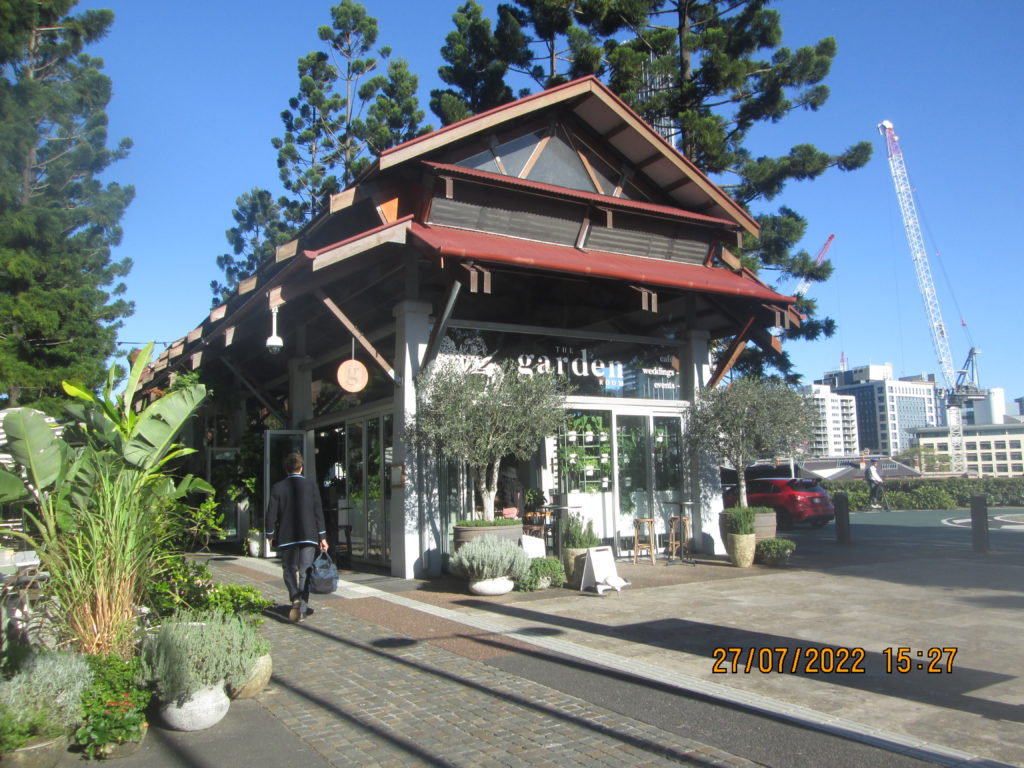
The Garden Cafe
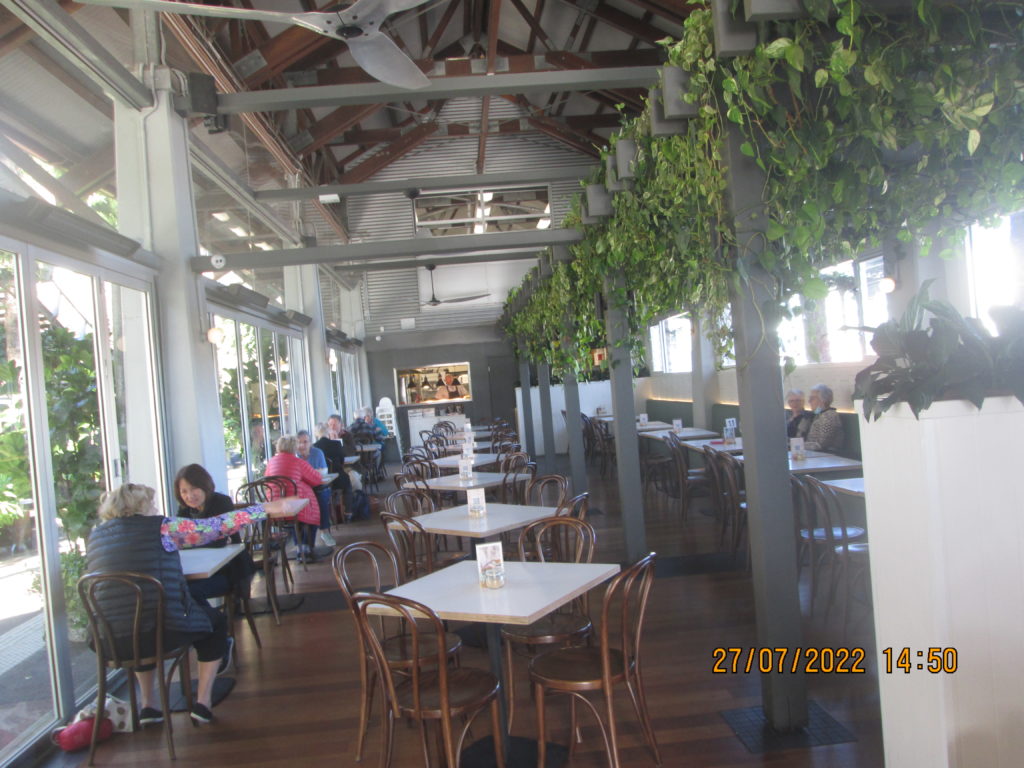
The interior of the cafe

Side Eating Areas and the access by a wide path

________________________________________________________________________________________________________________The plants down the side enclosing the eating areas
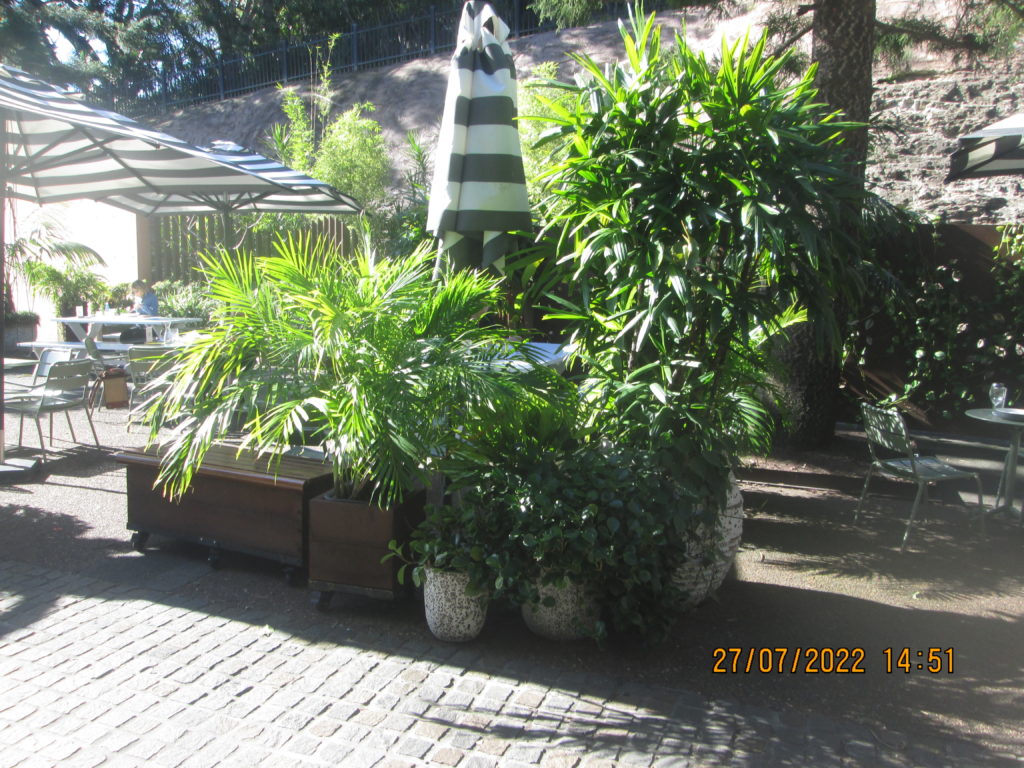
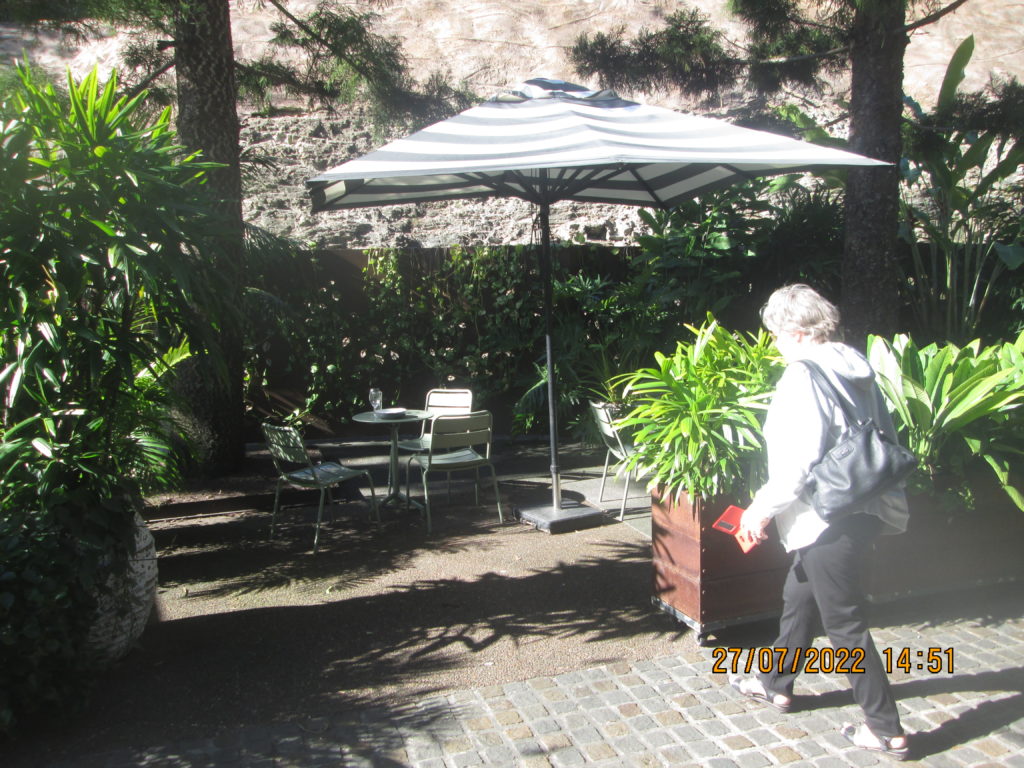
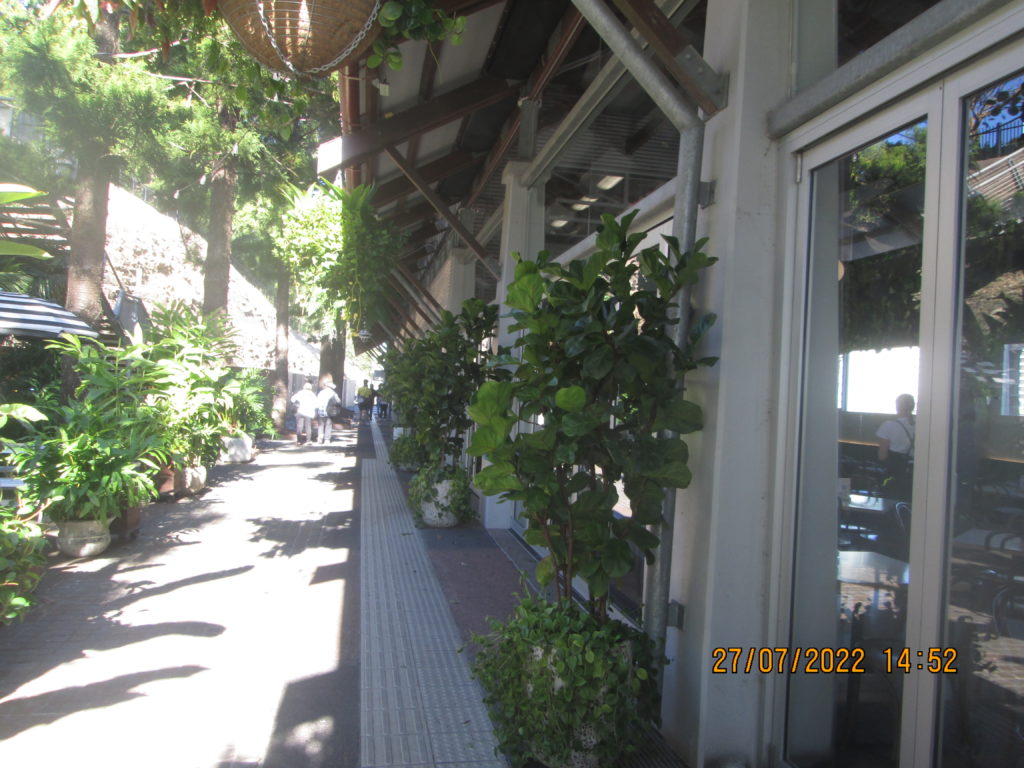
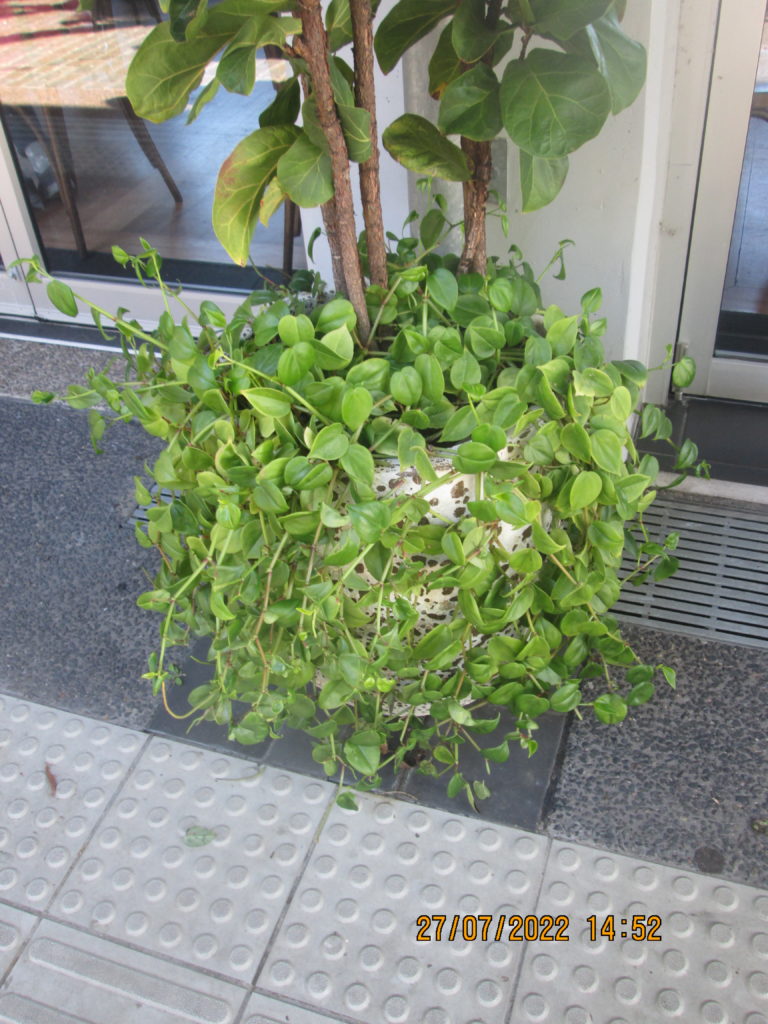
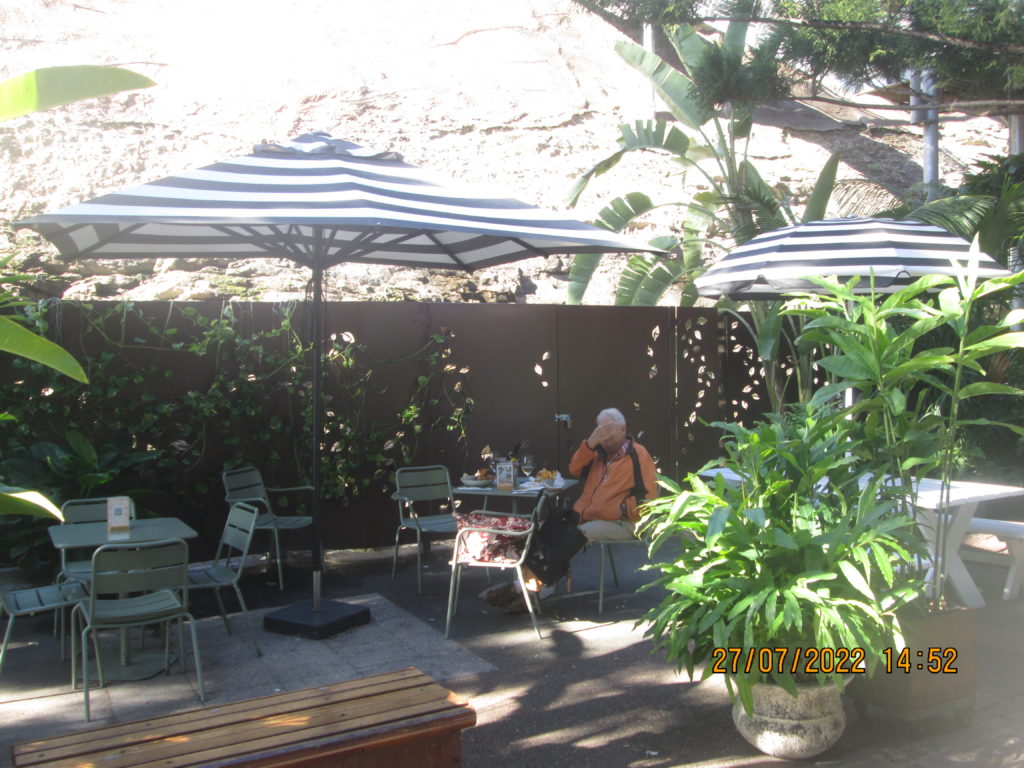
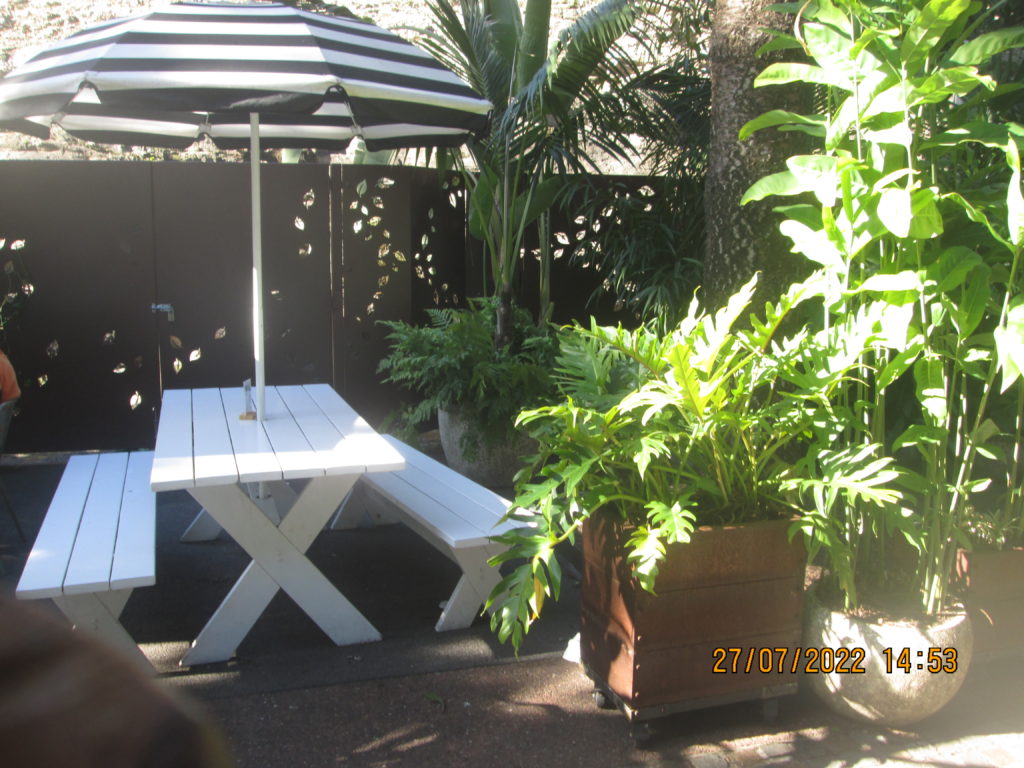
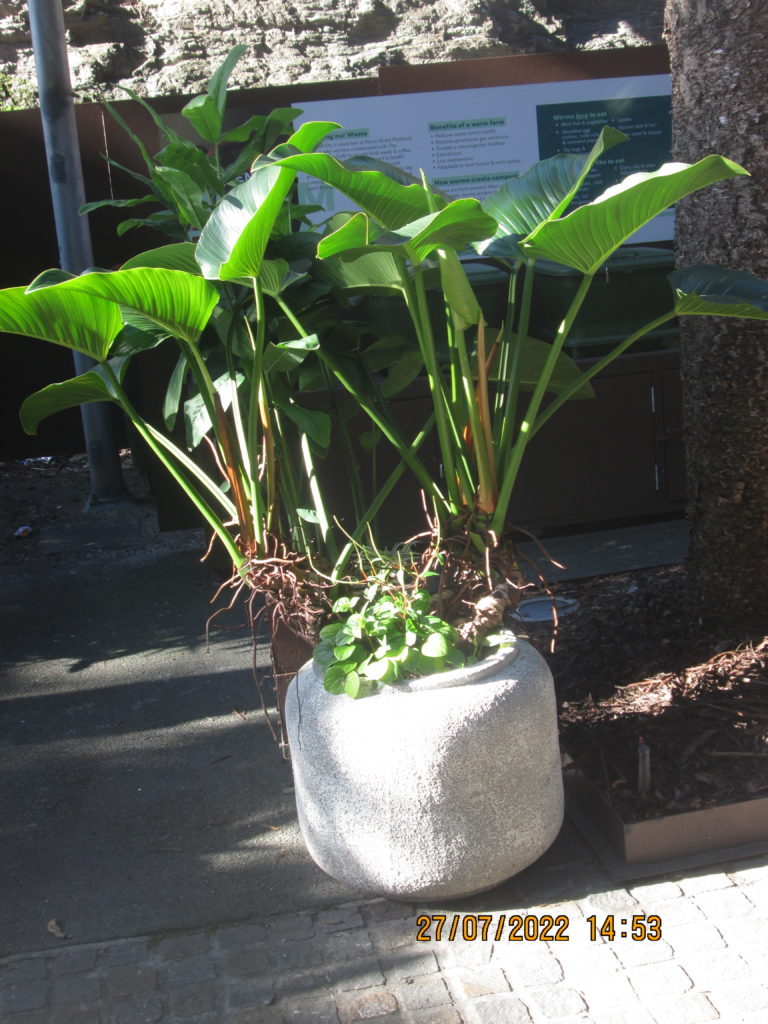
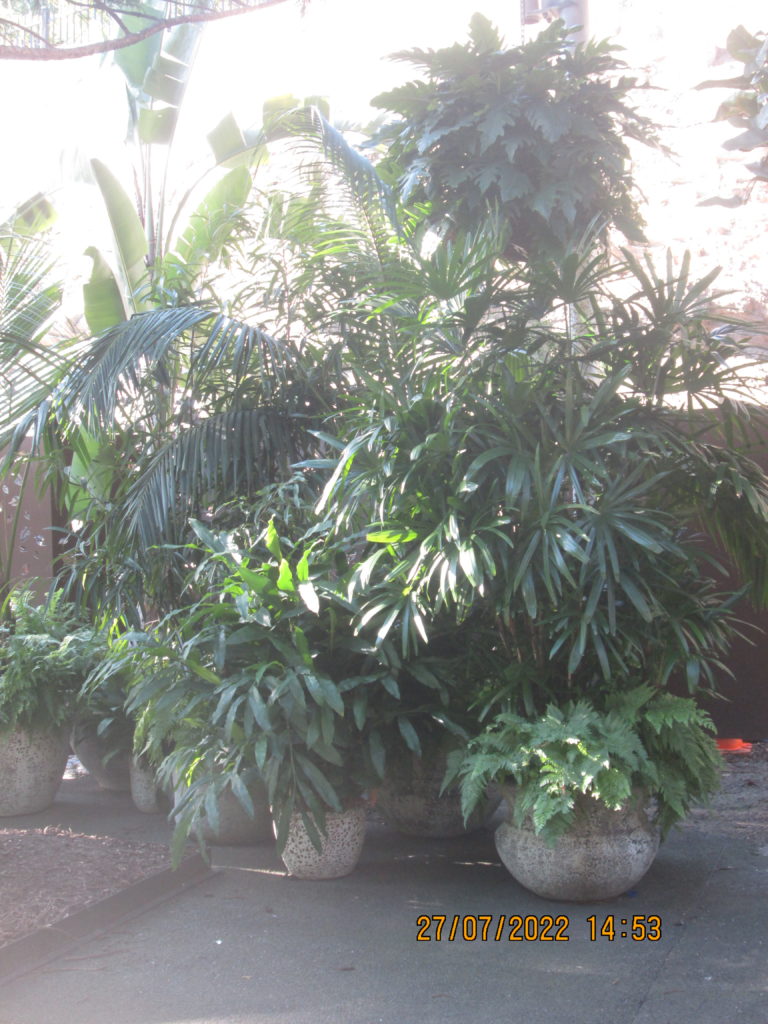
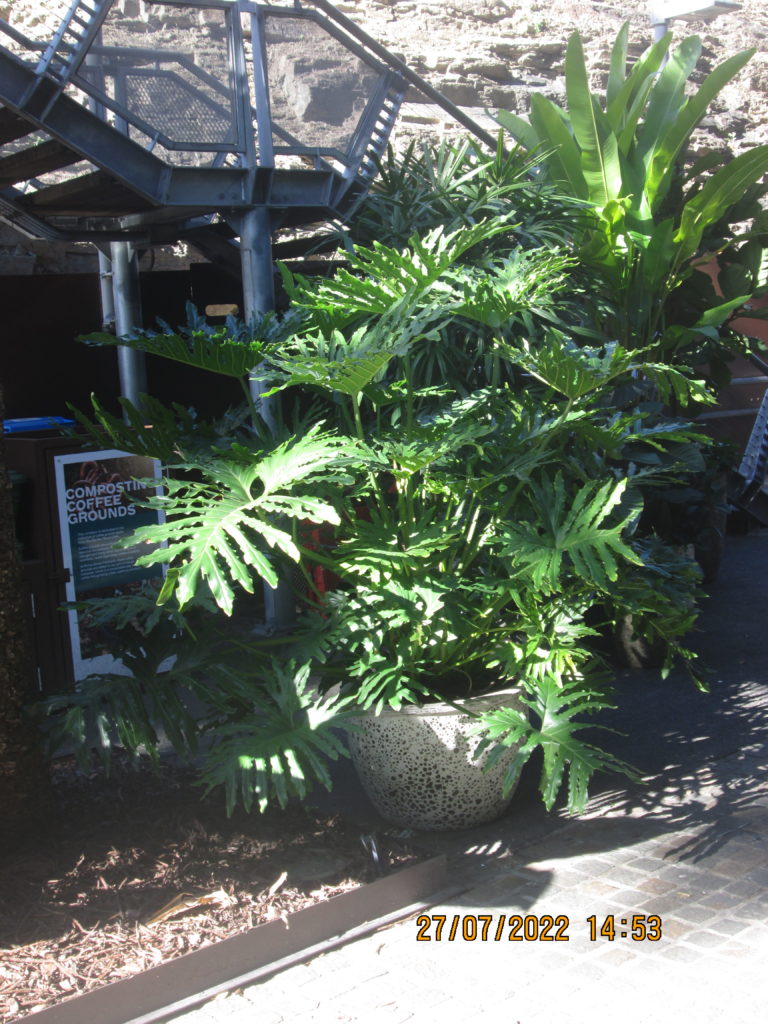
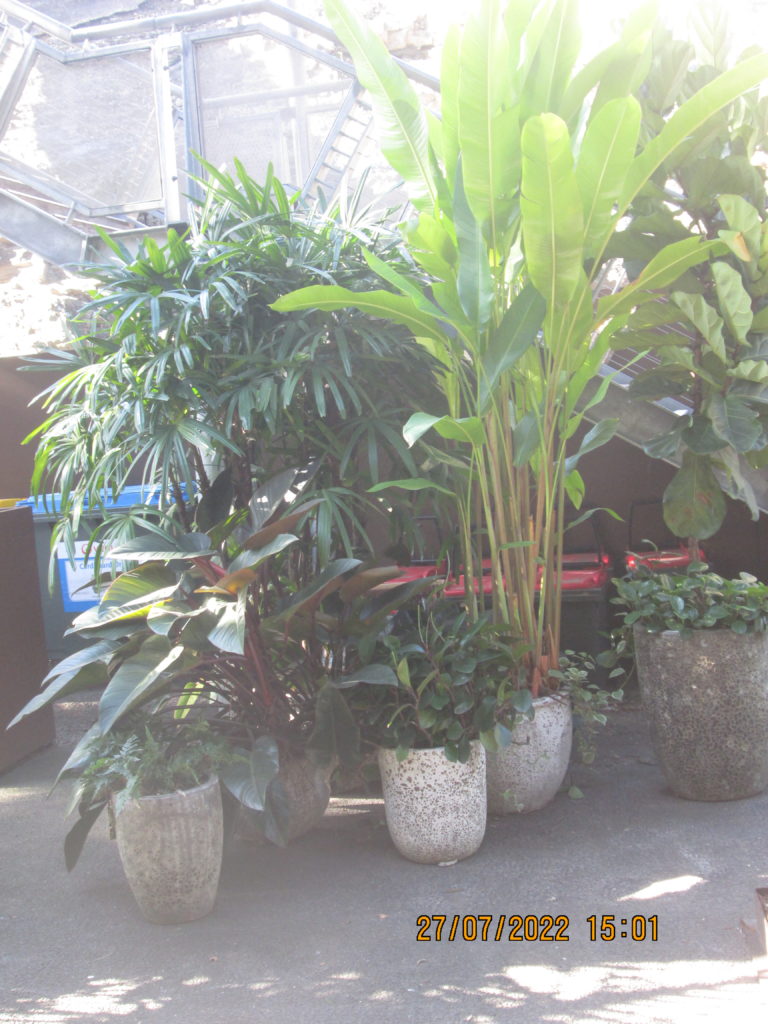
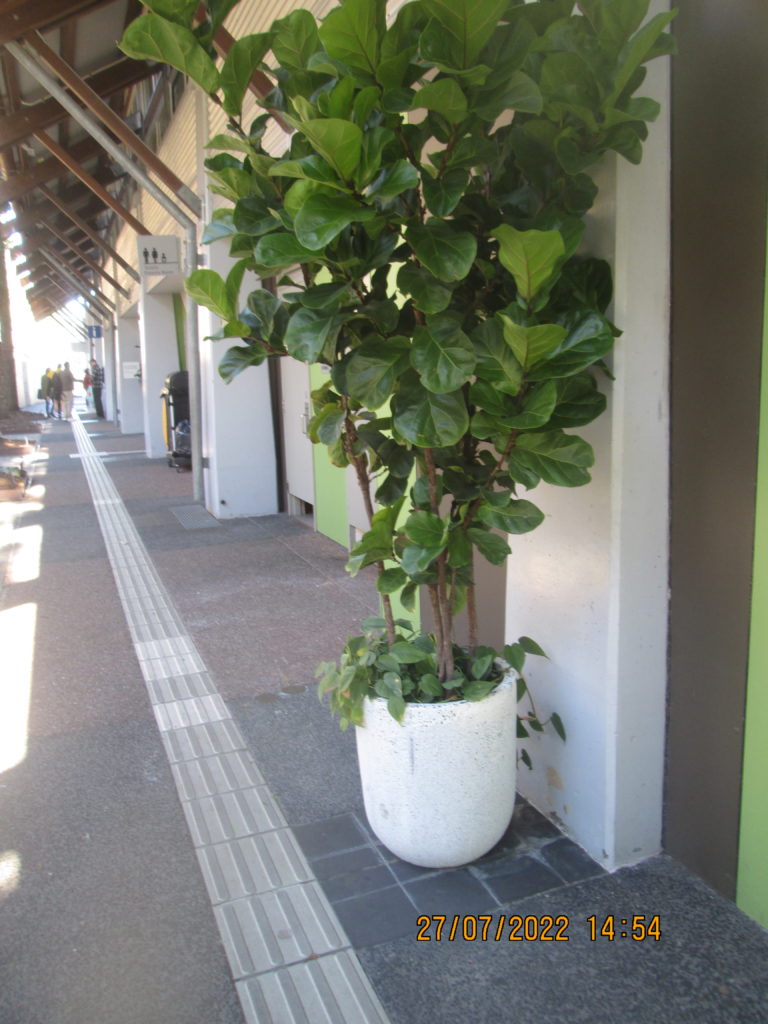

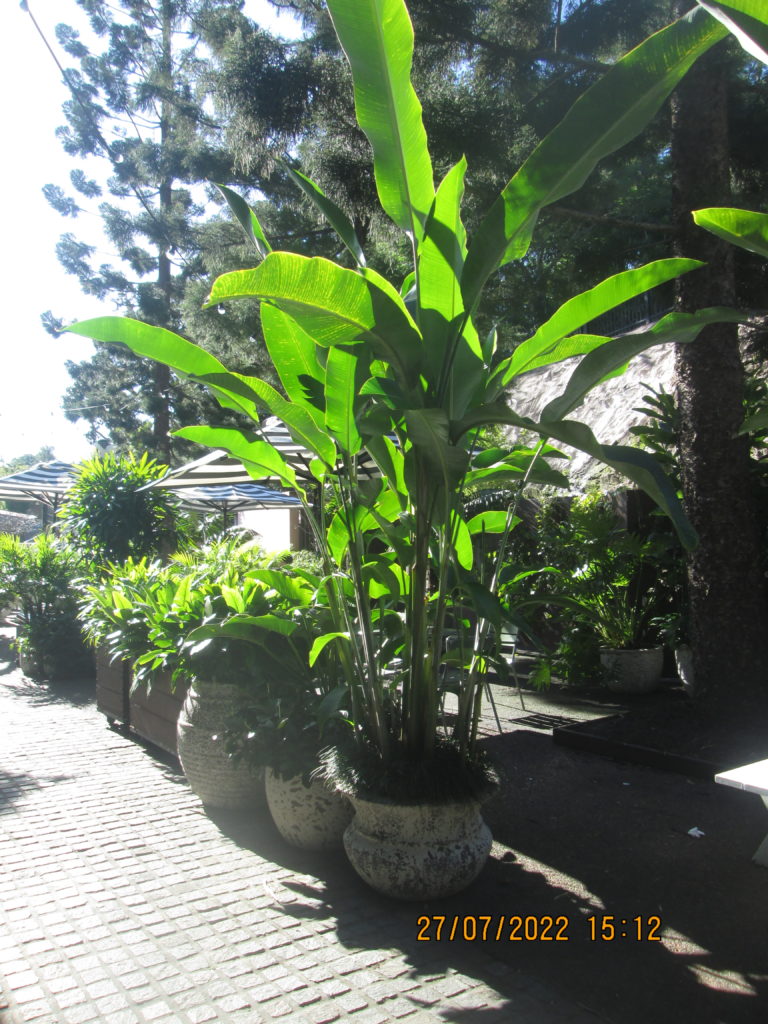
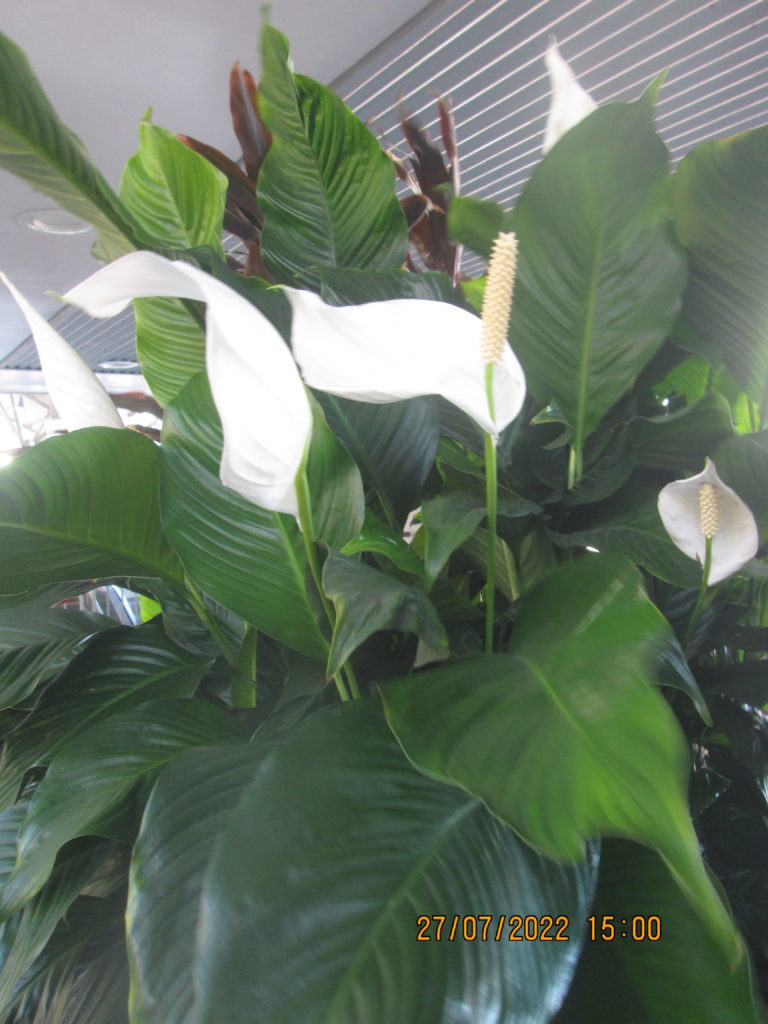
Spathiphyllum
From Wikipedia, the free encyclopedia
Jump to navigationJump to search
| Spathiphyllum | |
|---|---|
| Spathiphyllum cochlearispathum | |
| Scientific classification | |
| Kingdom: | Plantae |
| Clade: | Tracheophytes |
| Clade: | Angiosperms |
| Clade: | Monocots |
| Order: | Alismatales |
| Family: | Araceae |
| Subfamily: | Monsteroideae |
| Tribe: | Spathiphylleae |
| Genus: | Spathiphyllum Schott |
| Map of the natural distribution | |
| Synonyms[1] | |
| Hydnostachyon Liebm. Massowia K.Koch Spathiphyllopsis Teijsm. & Binn. Amomophyllum Engl. Leucochlamys Poepp. ex Engl. |
Spathiphyllum is a genus of about 47 species of monocotyledonous flowering plants in the family Araceae, native to tropical regions of the Americas and southeastern Asia. Certain species of Spathiphyllum are commonly known as spath or peace lilies.
They are evergreen herbaceous perennial plants with large leaves 12–65 cm long and 3–25 cm broad. The flowers are produced in a spadix, surrounded by a 10–30 cm long, white, yellowish, or greenish spathe. The plant does not need large amounts of light or water to survive.
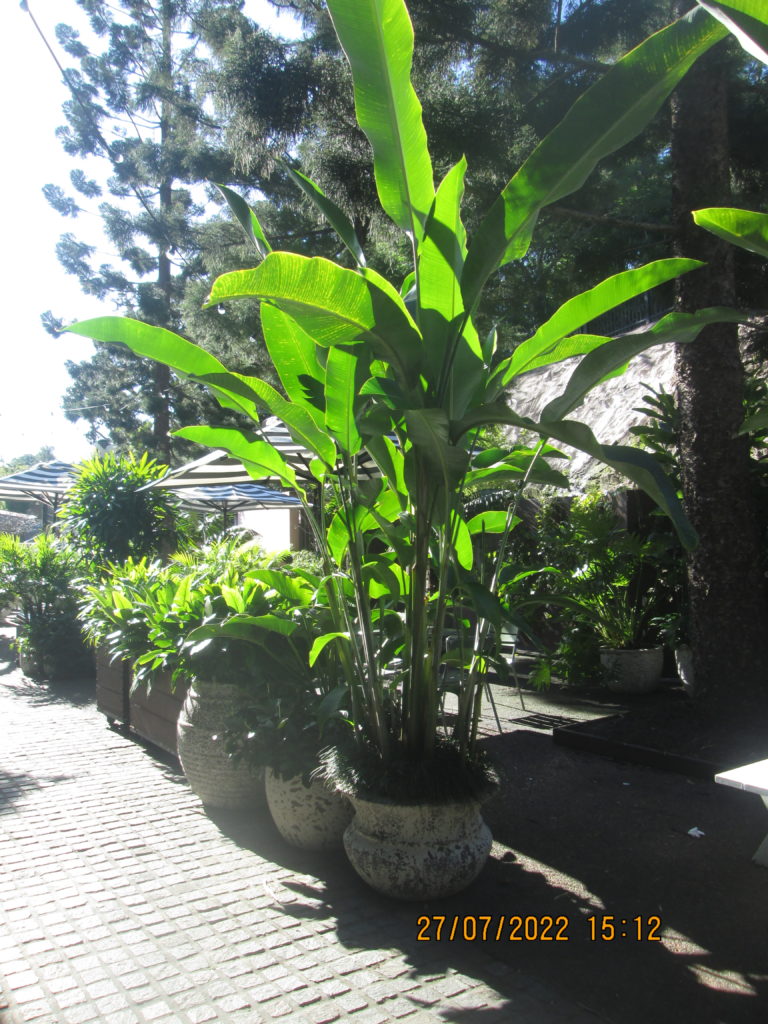
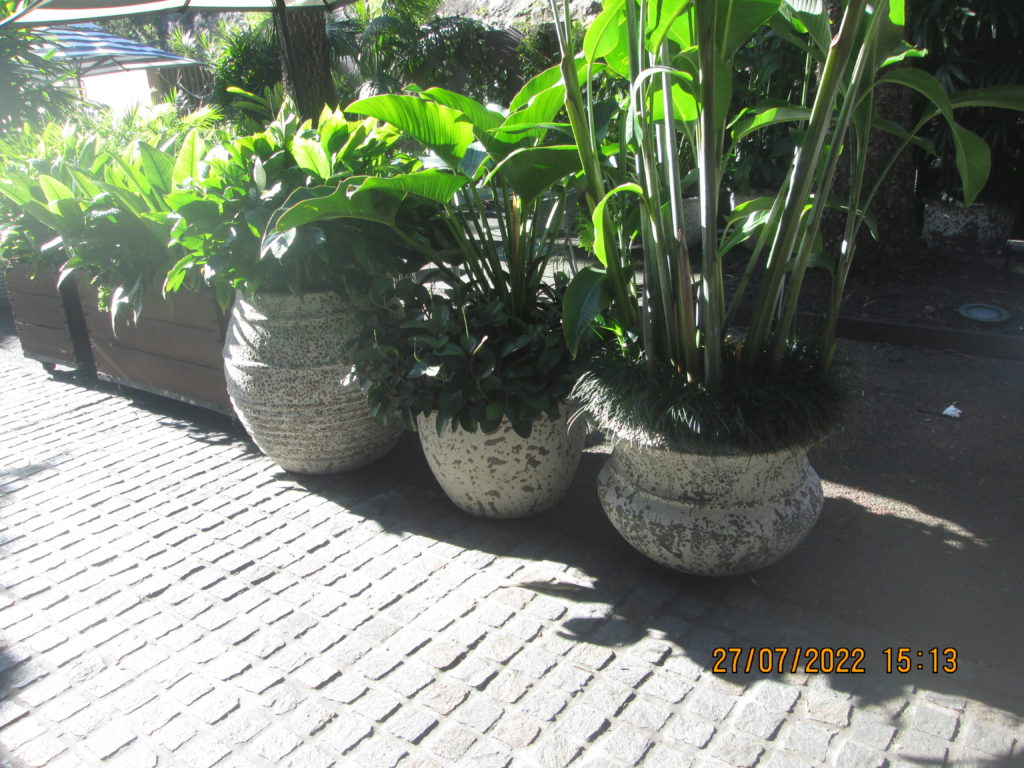
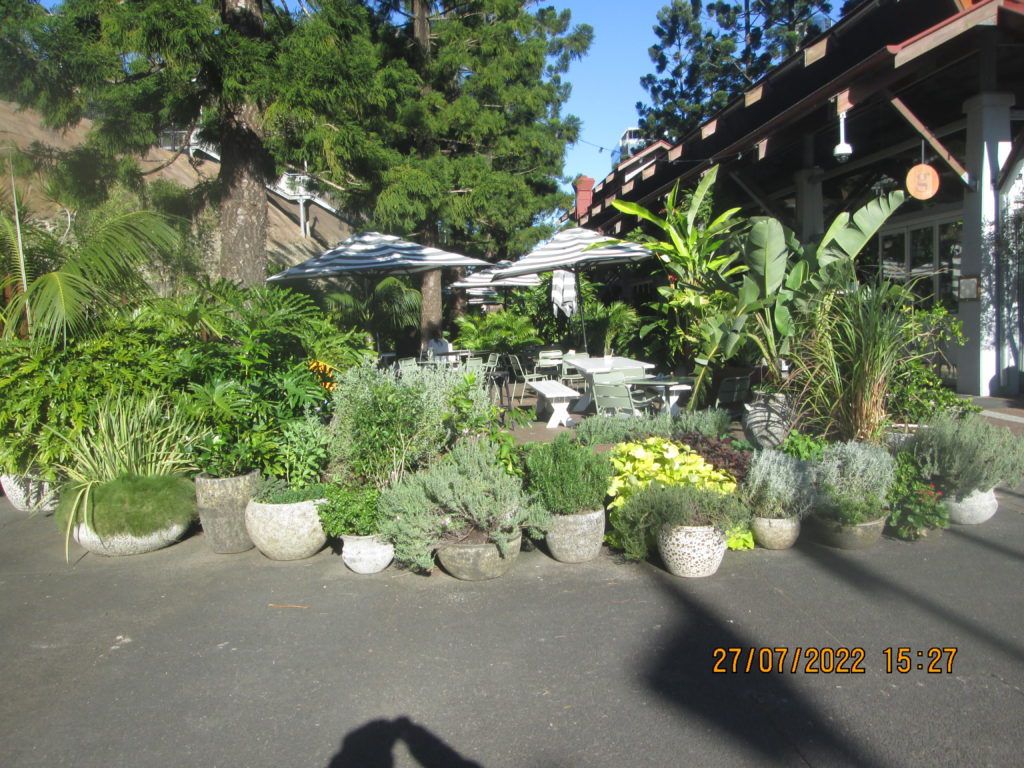
______________________________________________________________________________
Roma Street Train Station
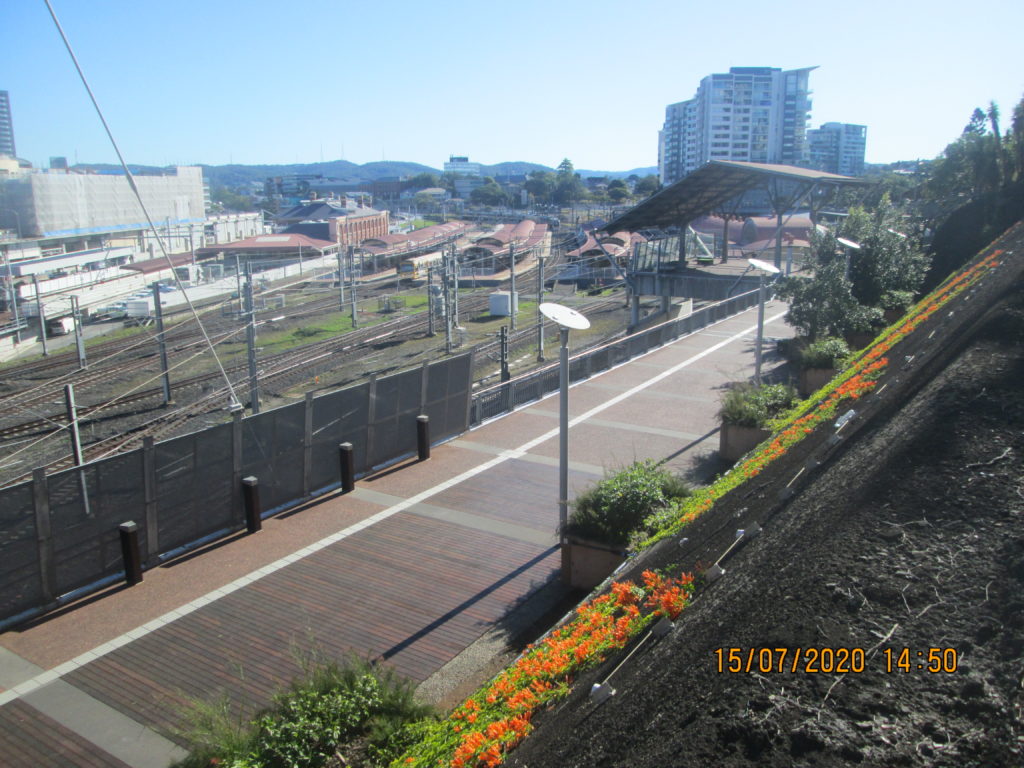
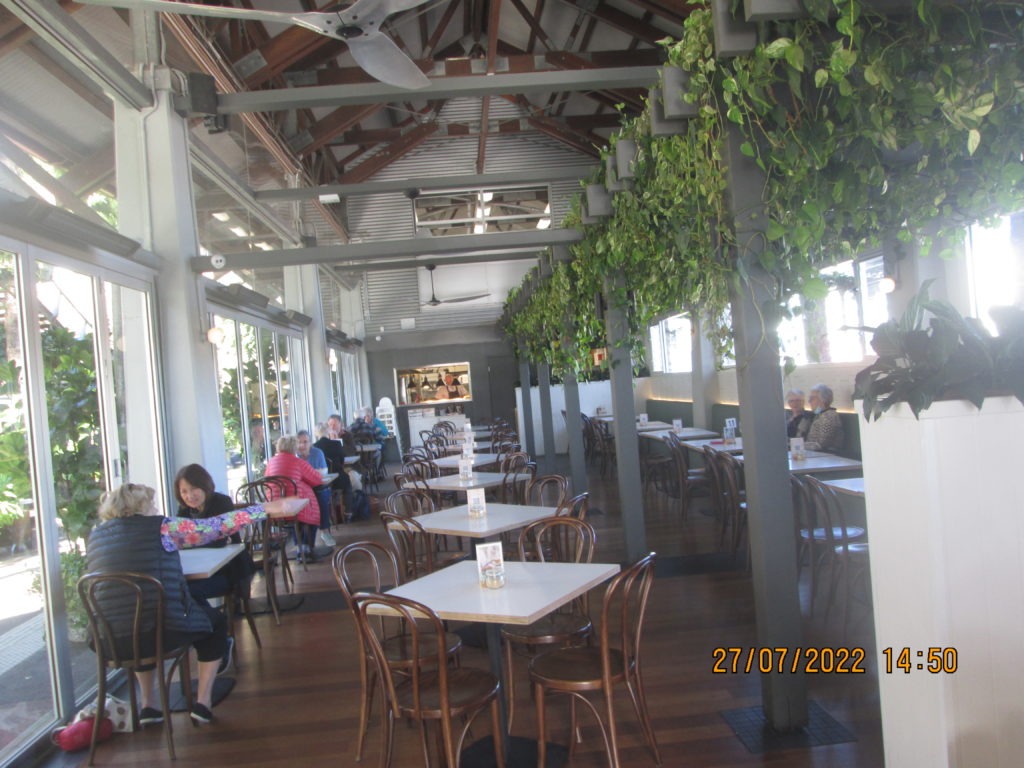

______________________________________________________________________________
View on the City:
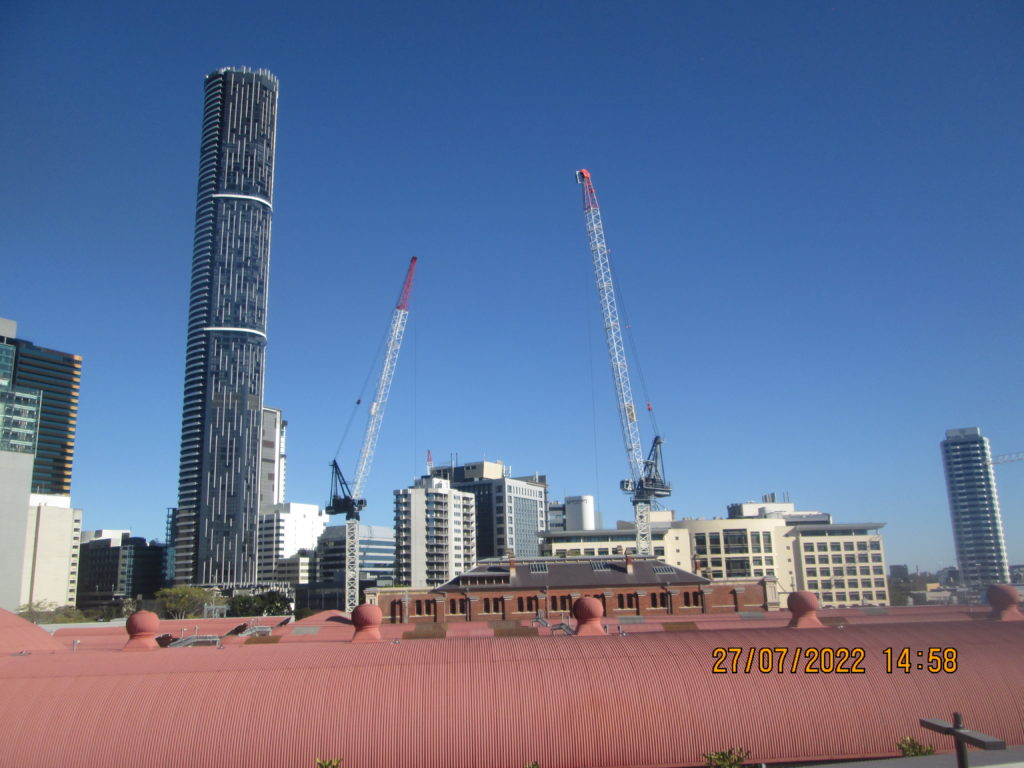
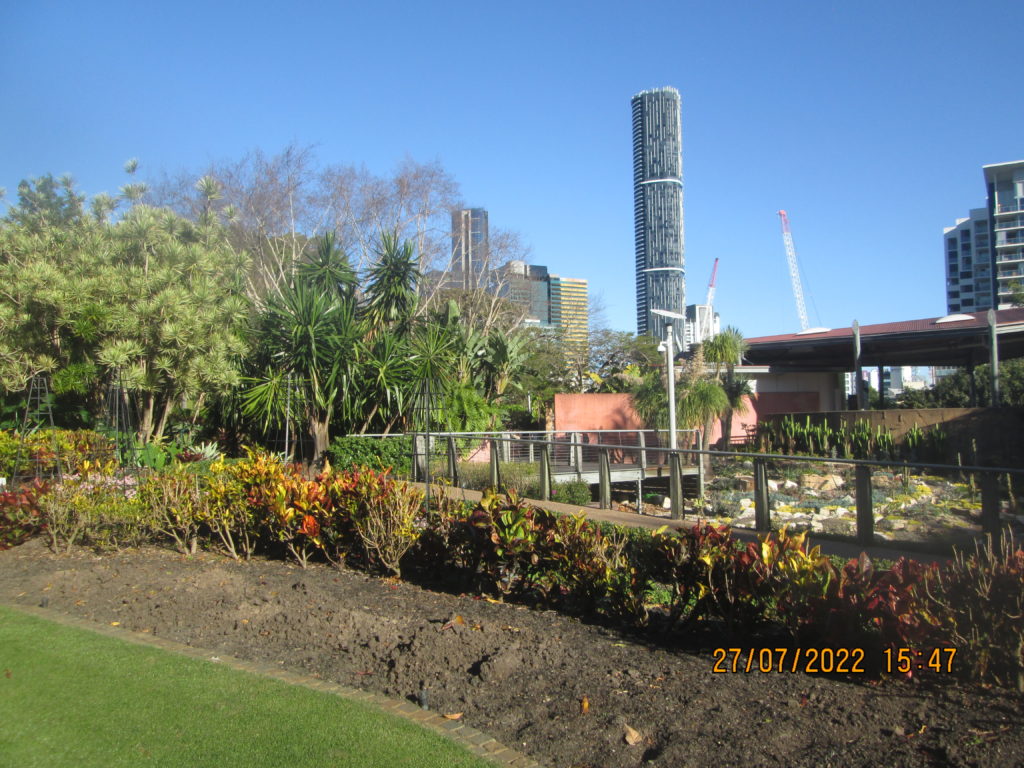
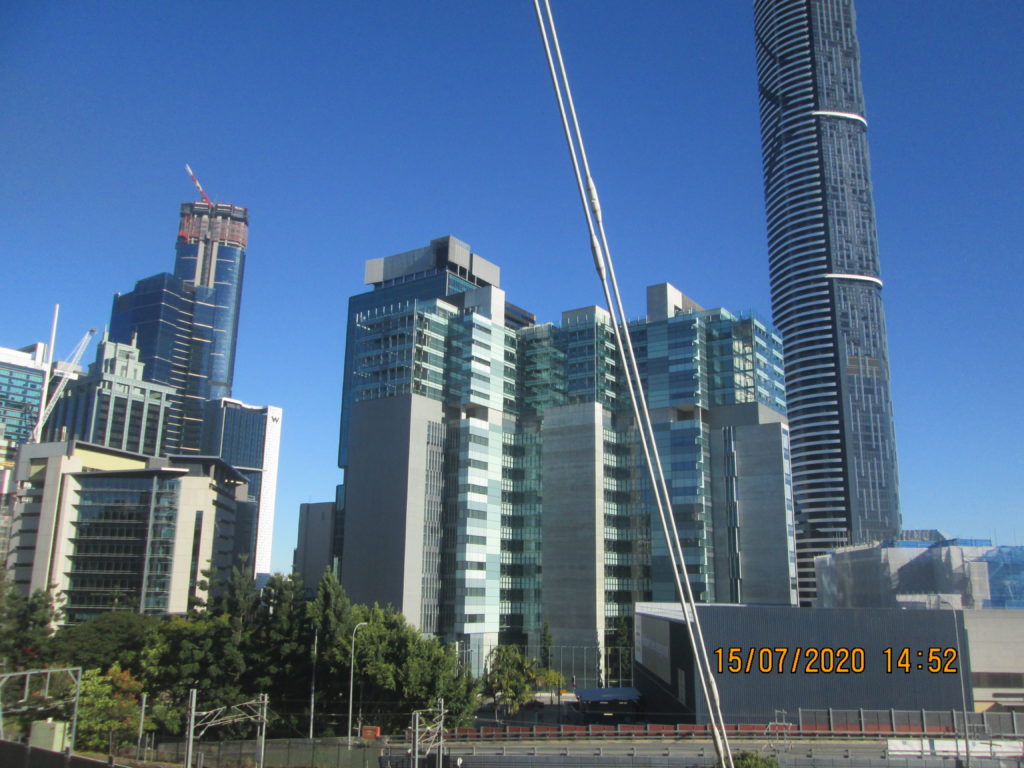
______________________________________________________________________________
Poppies:
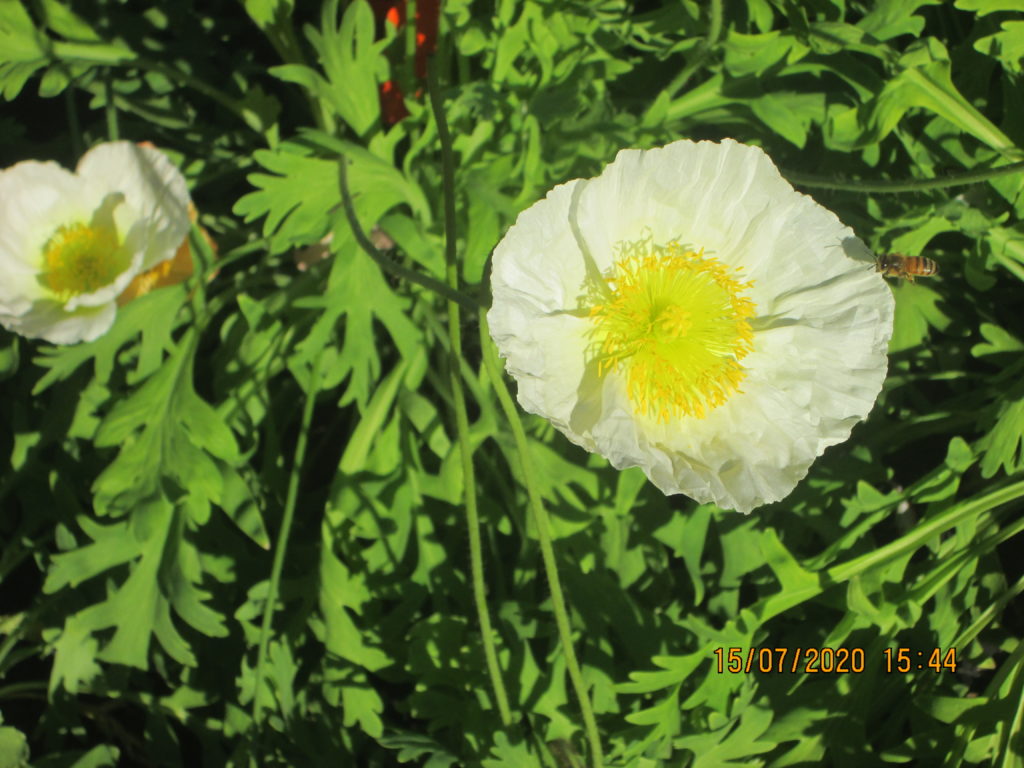
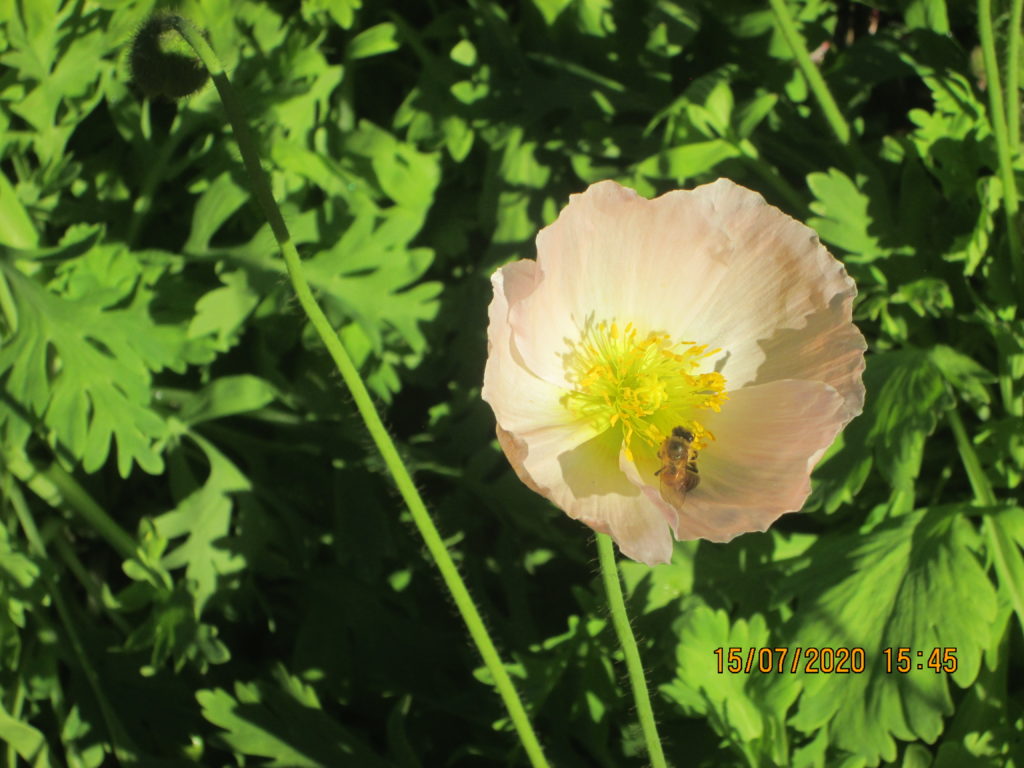
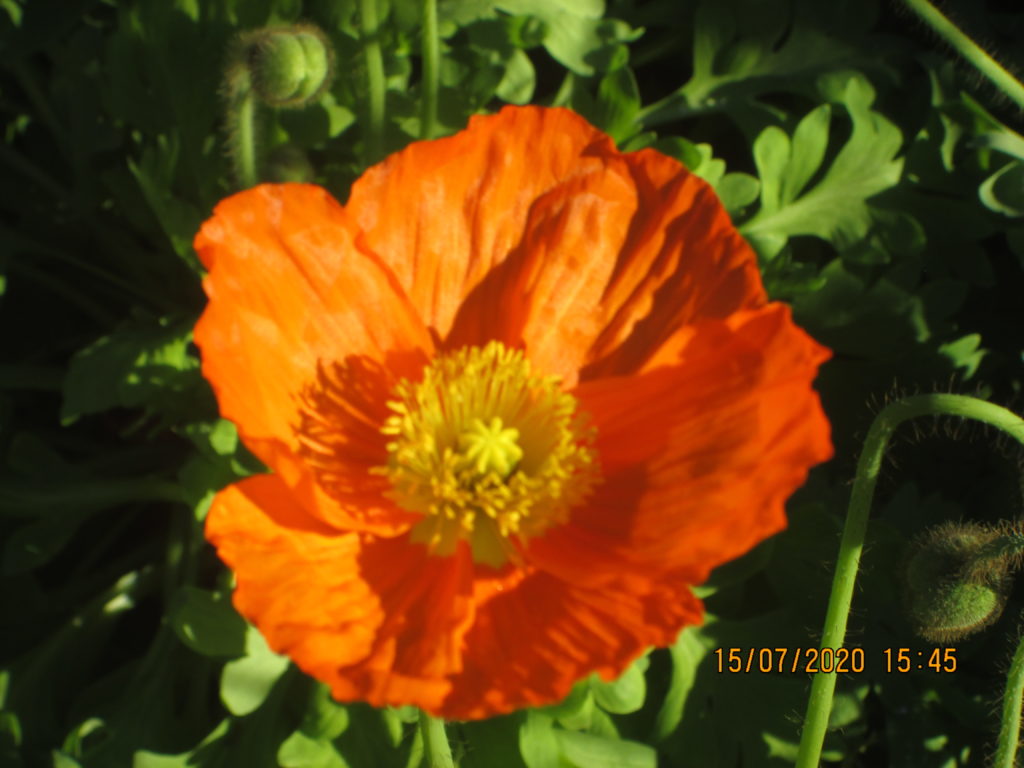
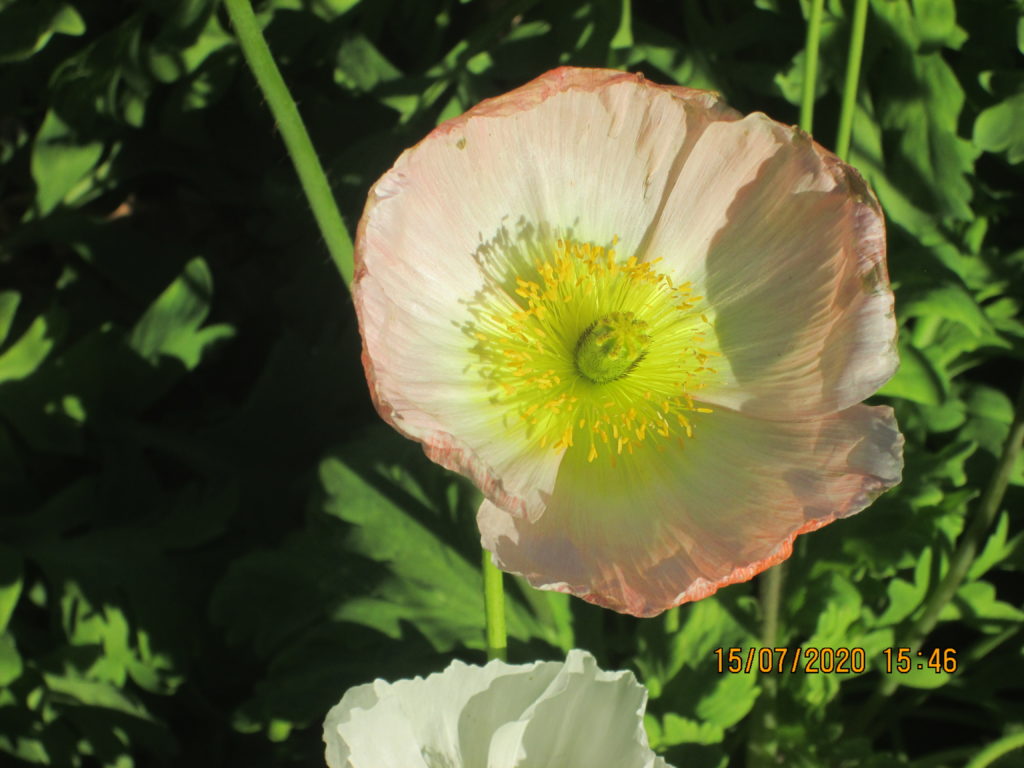
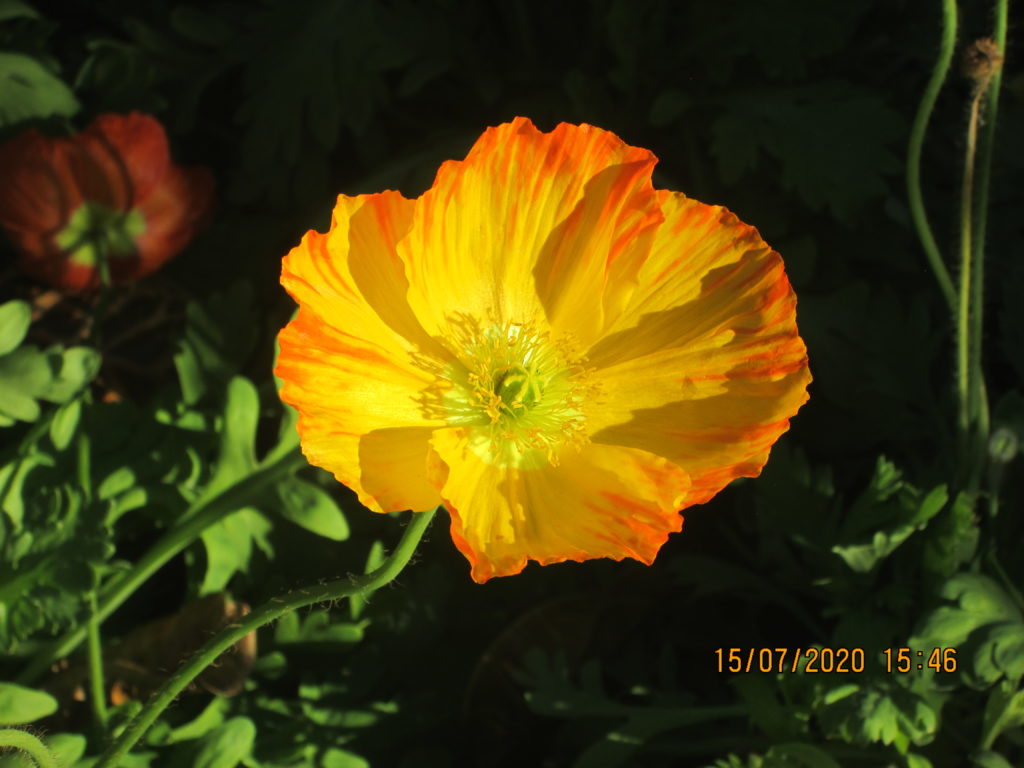

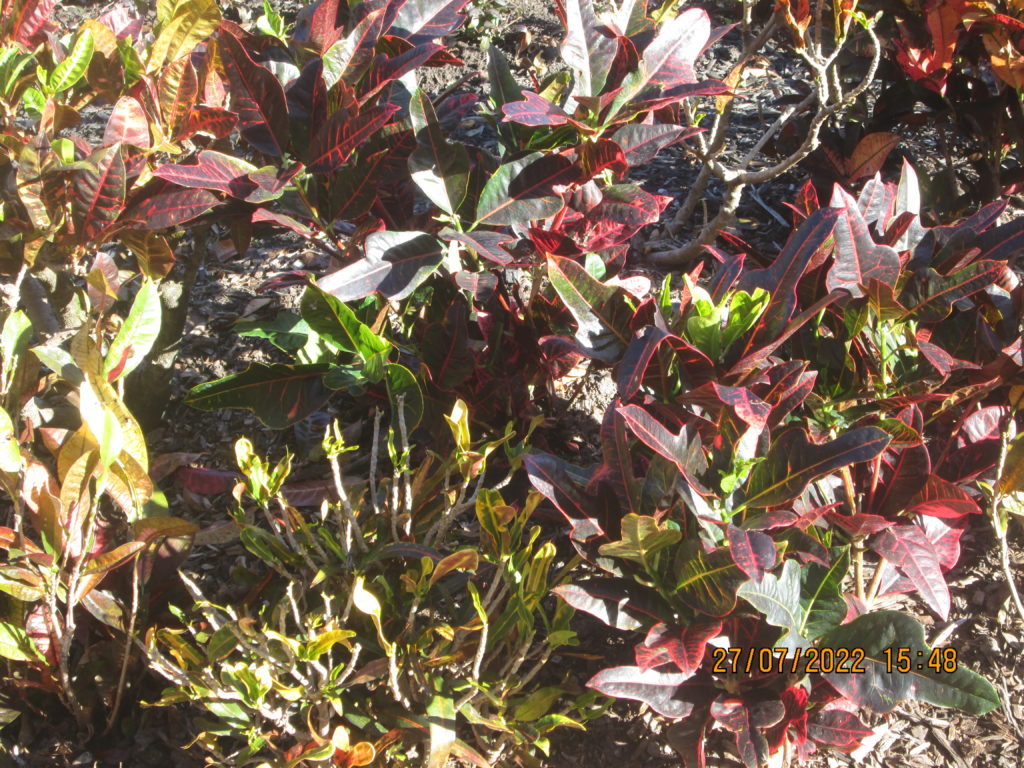
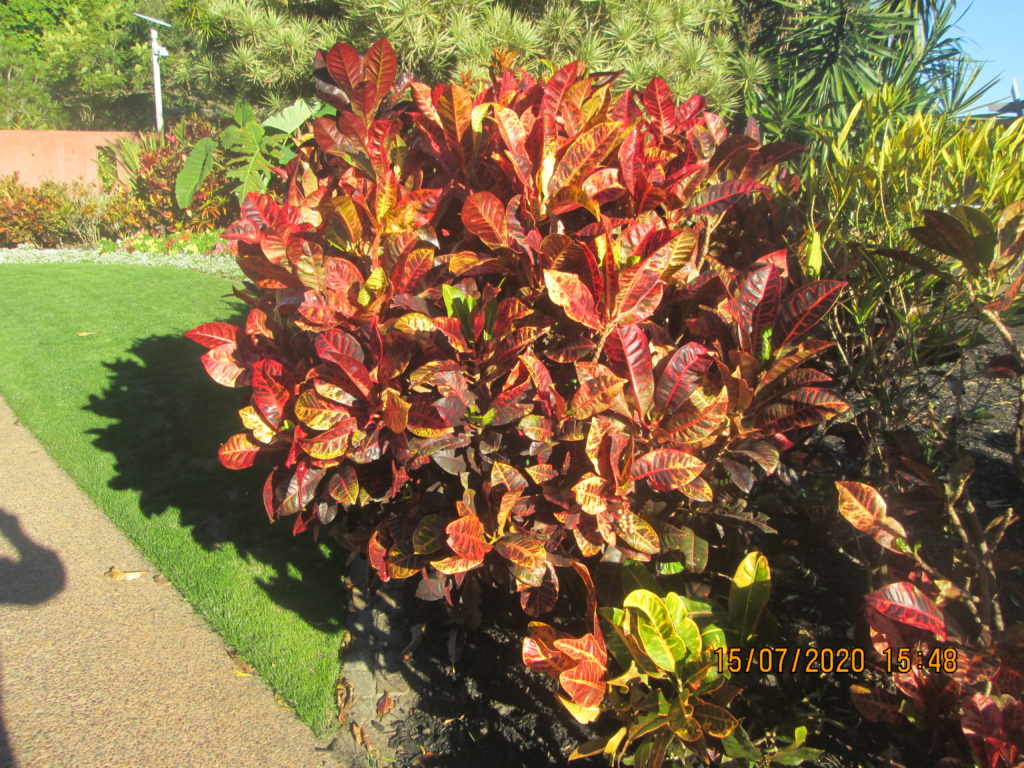
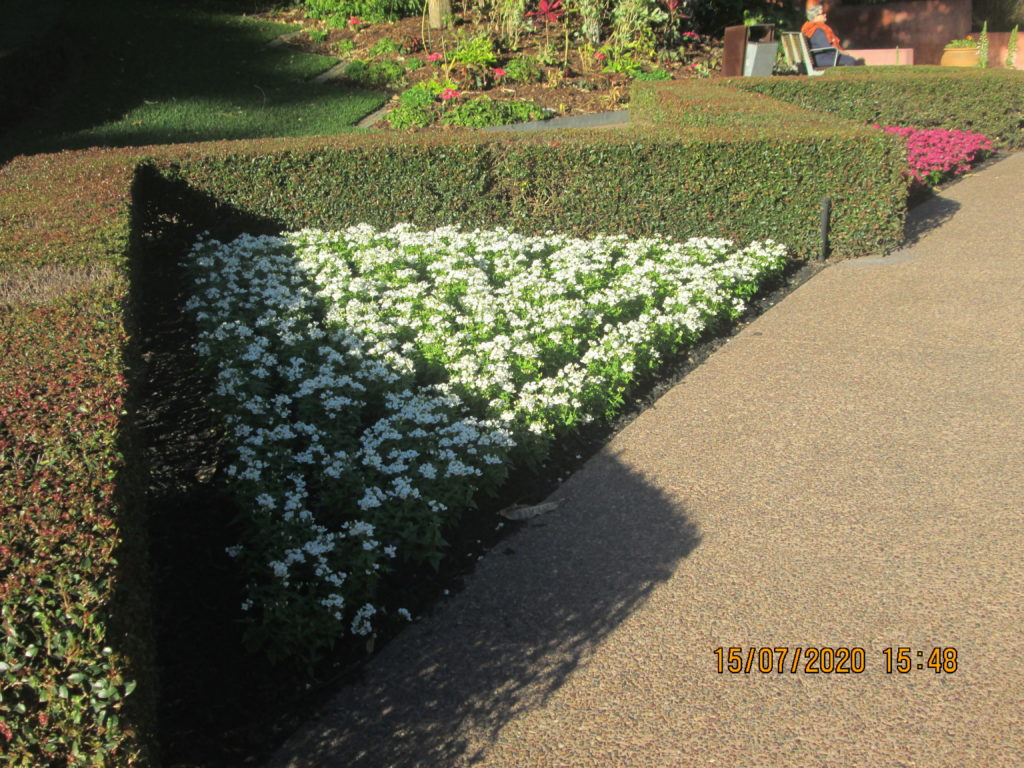
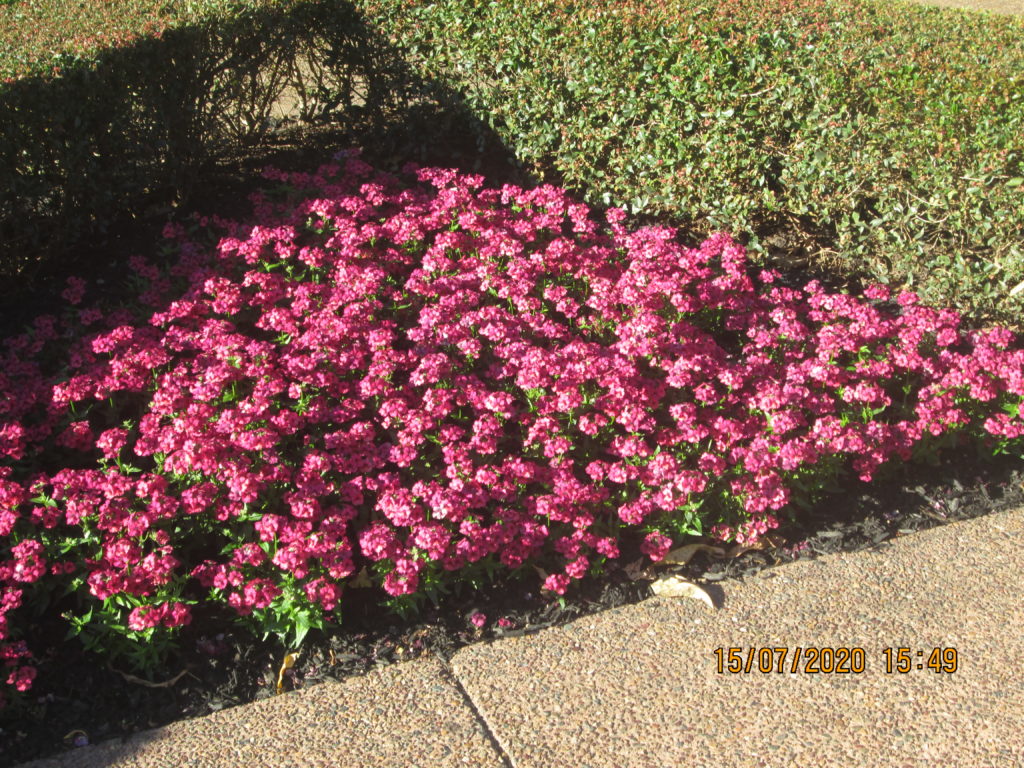
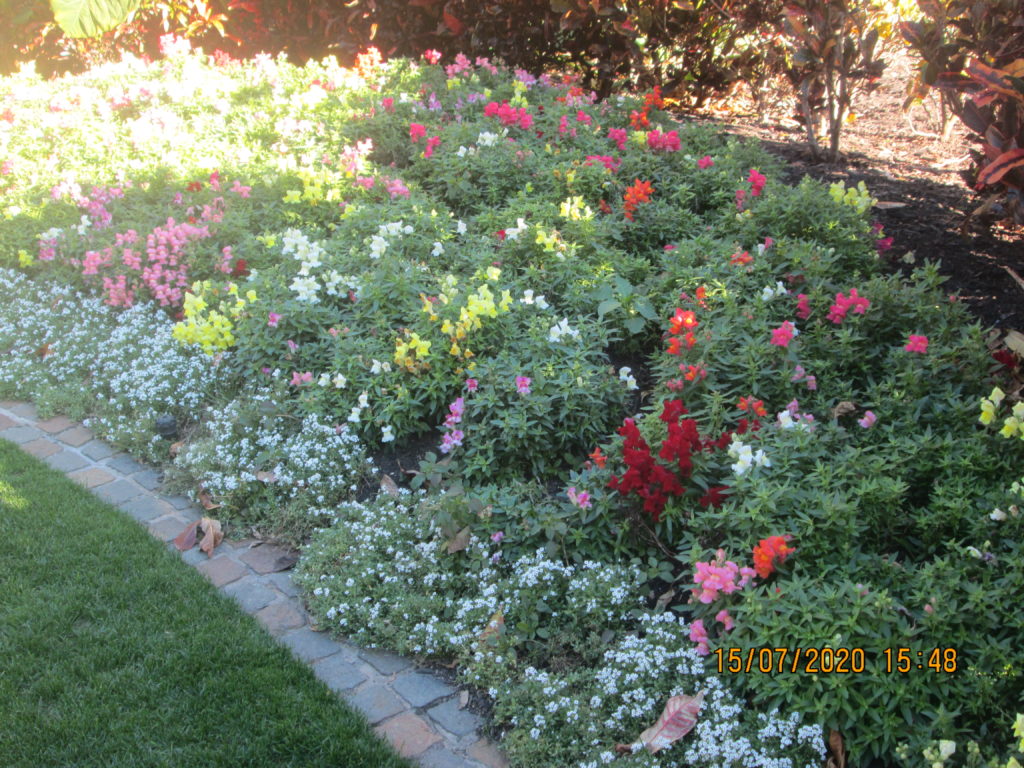
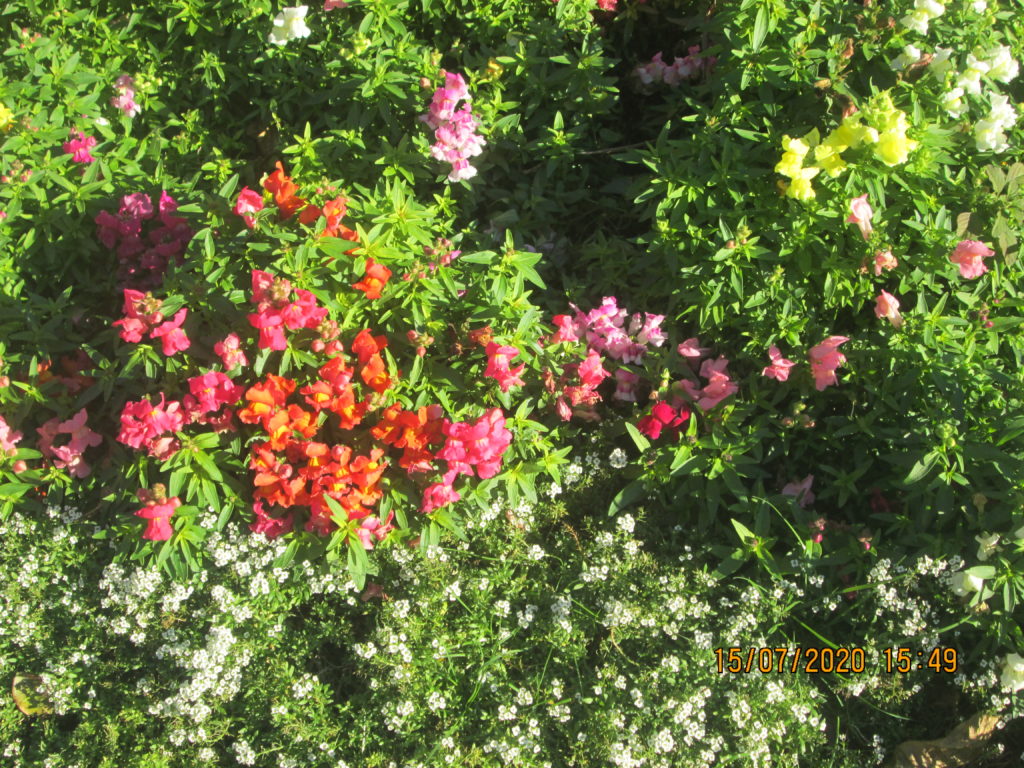
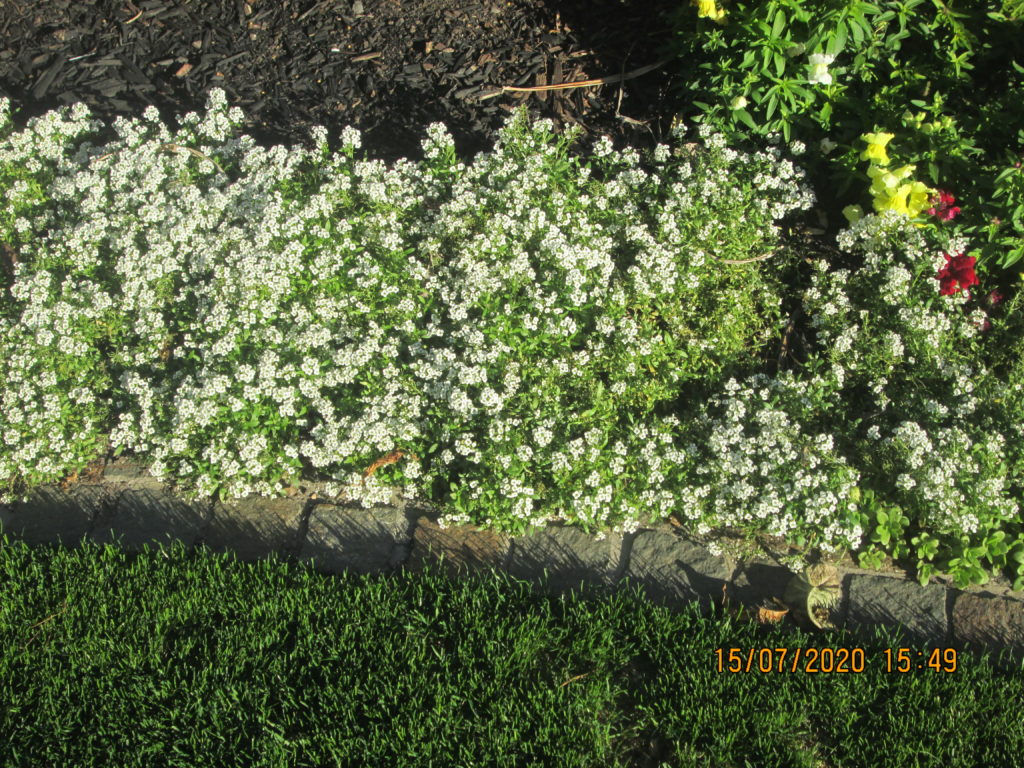
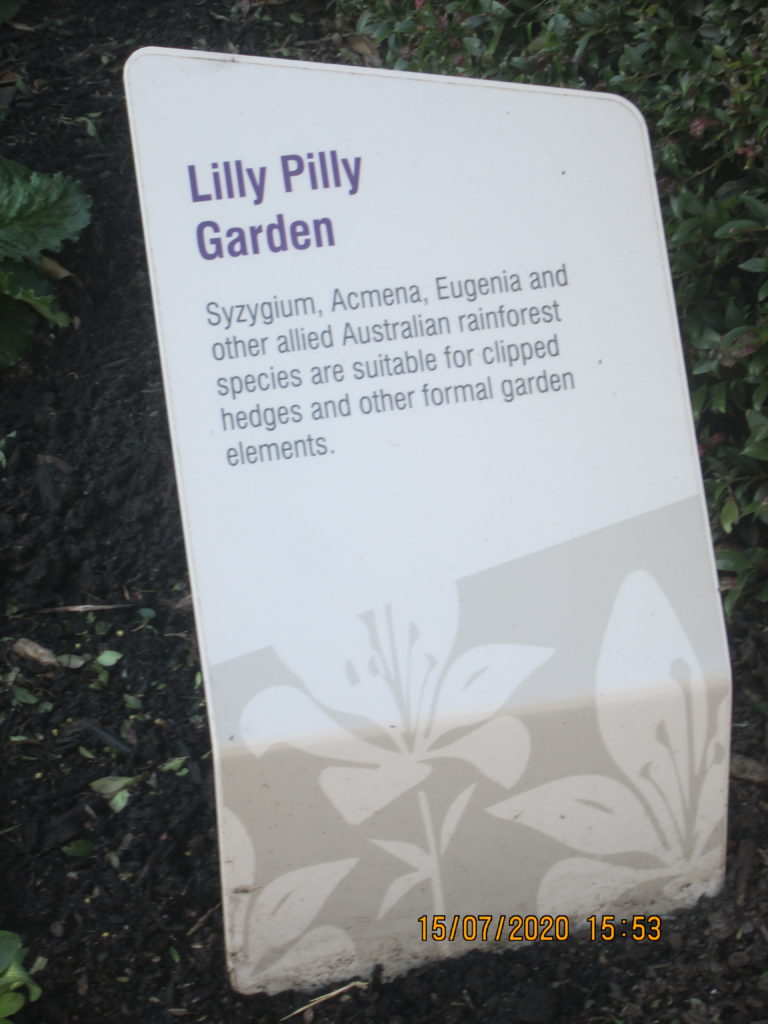
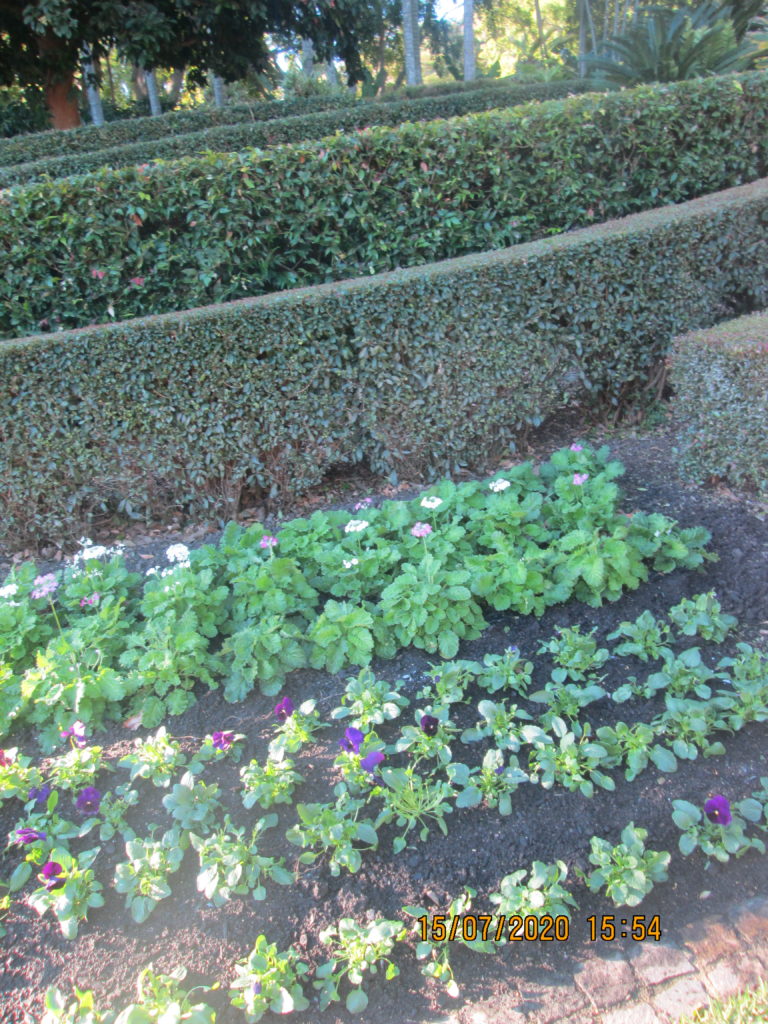
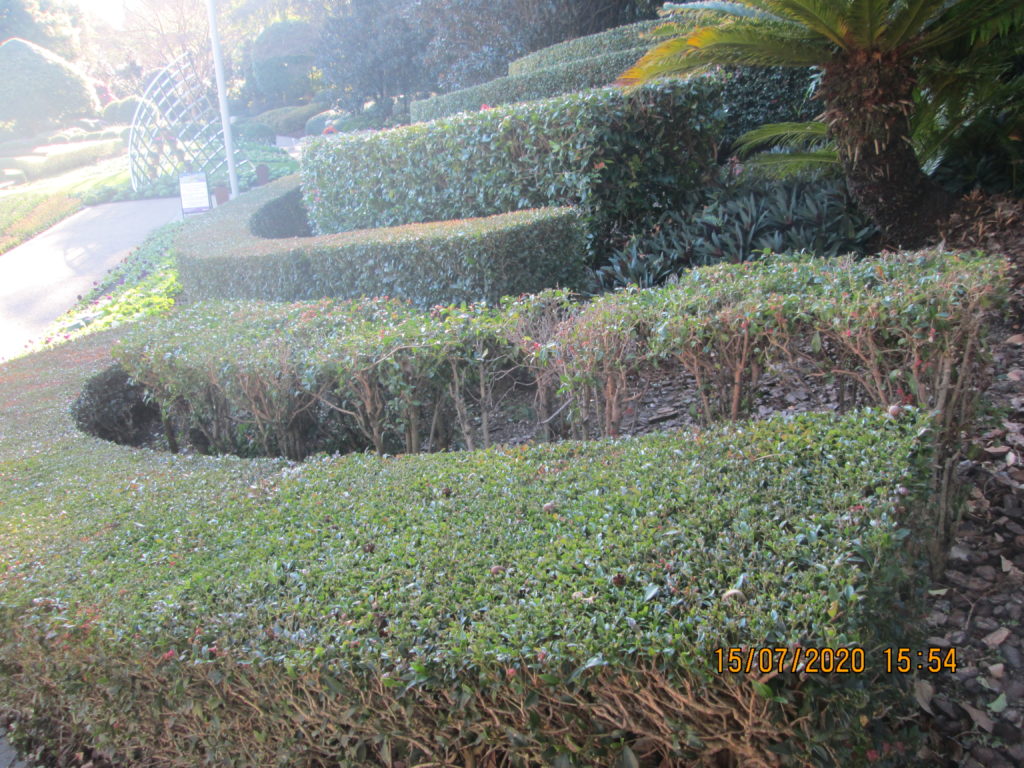
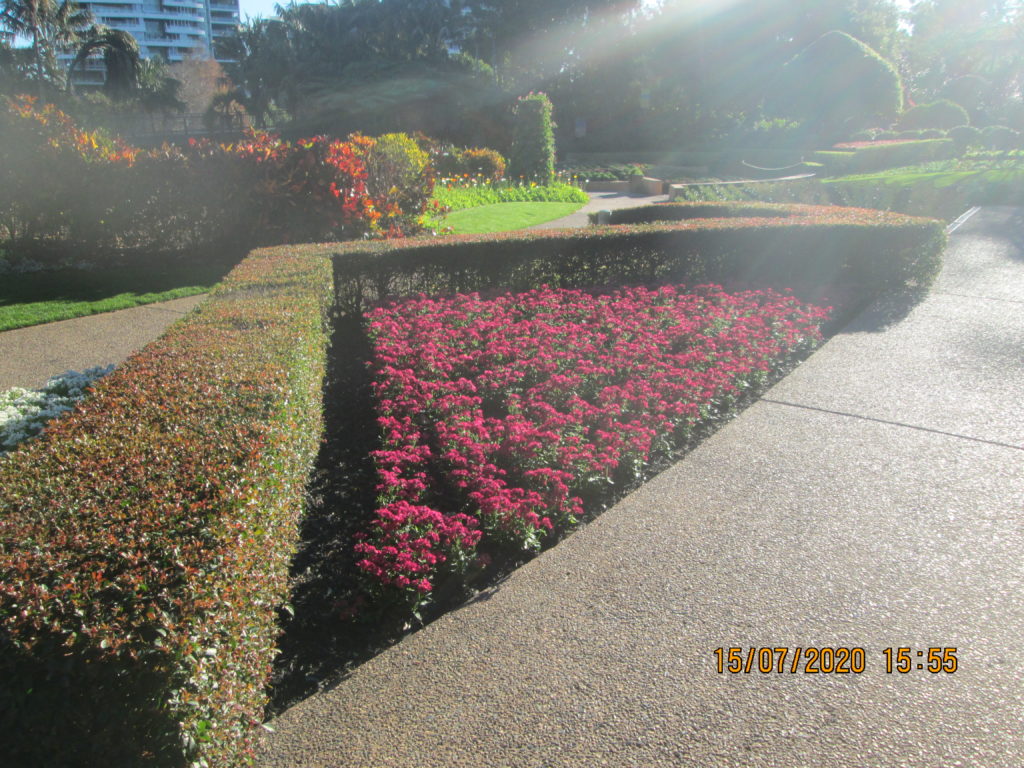
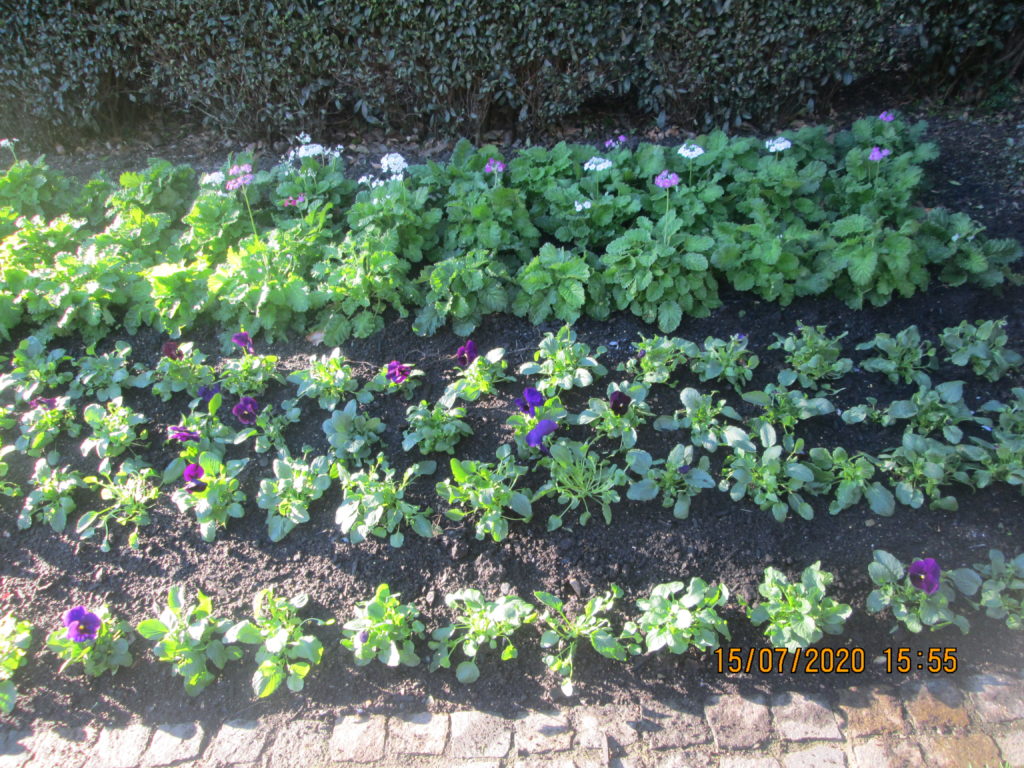
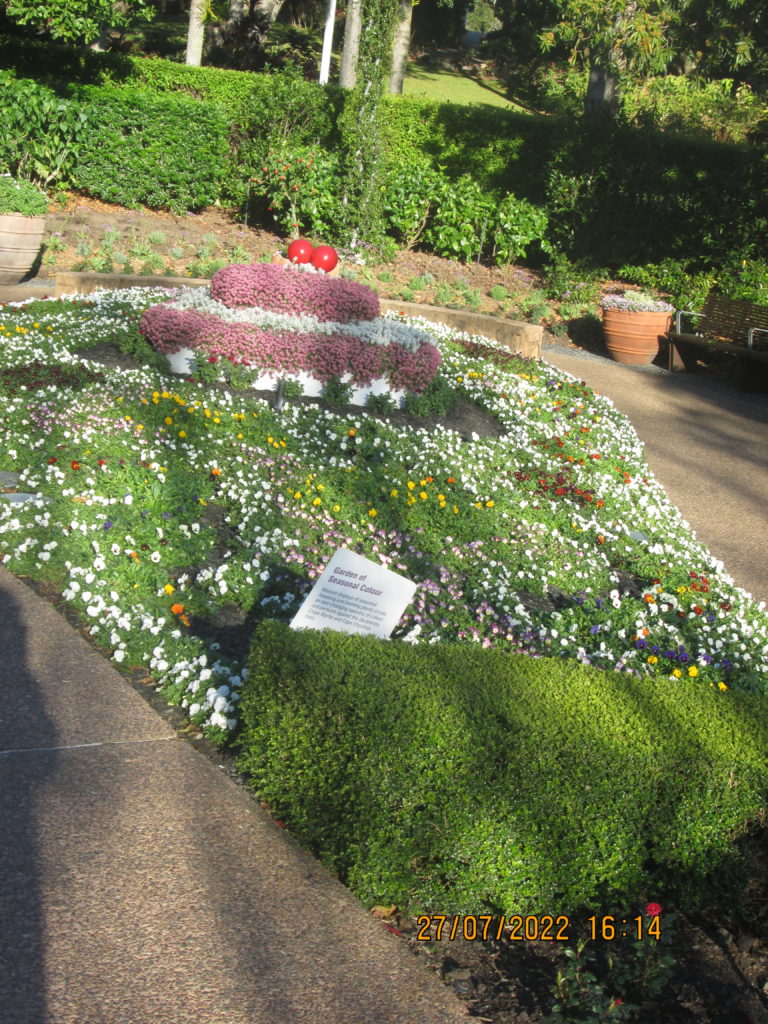
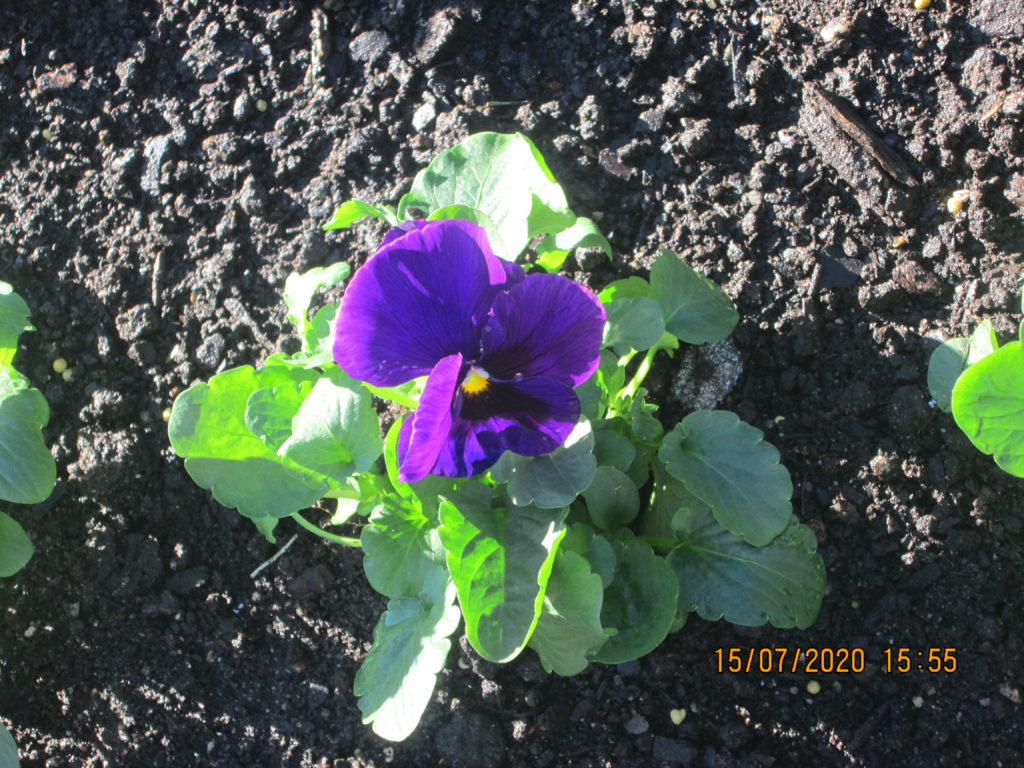
______________________________________________________________________________
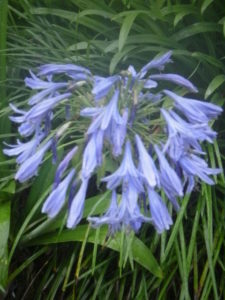
Agapanthus: (From this website)
The commonly grown agapanthus flower, often called Lily of the Nile, was introduced to Australia from South Africa. There are now more varieties of this genus than ever before, so if you’re like me and summer goes hand in hand with these happy blue sparklers, you’ll be delighted to discover the new varieties are as easy to grow as the common sky-blue form.
The genus name means flower of love, from the Greek agape, meaning love, and anthos, meaning flower. Agapanthus have long, fleshy leaves that form dense clumps of evergreen or deciduous foliage (choose evergreen forms for all-year action). Tall stems tower above, bearing heads of bell-shaped or tubular flowers, in shades of blue, purple or white. In frost-free climates, flowers of evergreen varieties appear over a long season; in cooler zones, summer is the principal flowering season. Agapanthus ranges in height from 20cm for dwarf forms, while giants can be up to two metres.
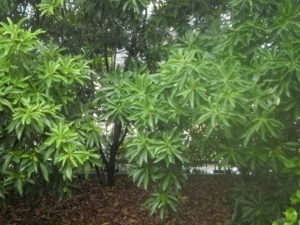
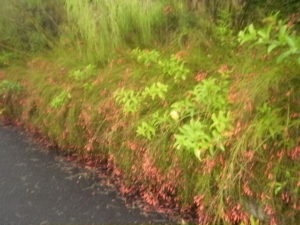
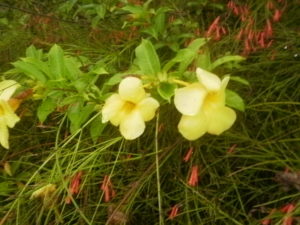
….. A subtropical section of the garden with a dark green Allamanda vine growing up some trees. It has yellow tubular flowers on the vine ……
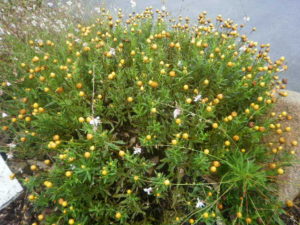
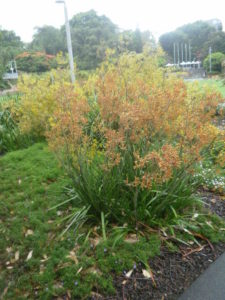
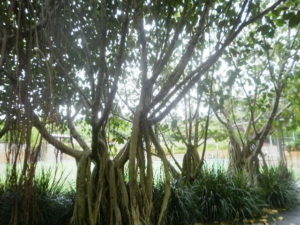
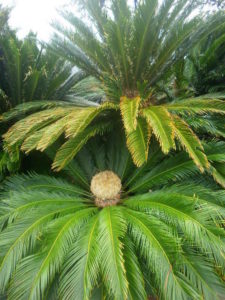
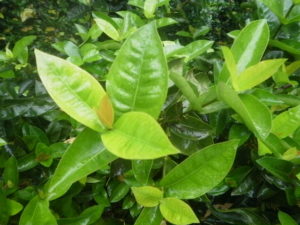
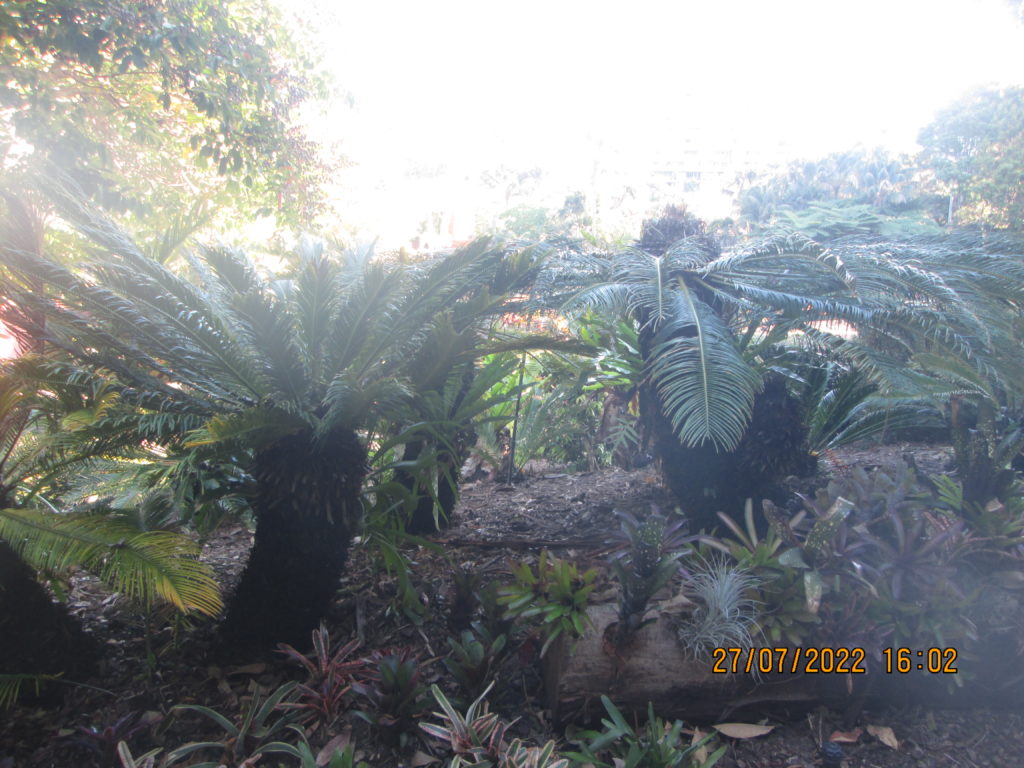
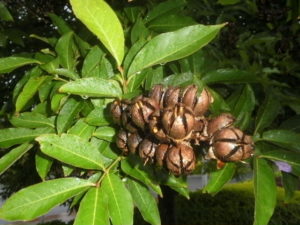
_____________________________________________________________________________
Tall Trees in the Garden:





______________________________________________________________________________
